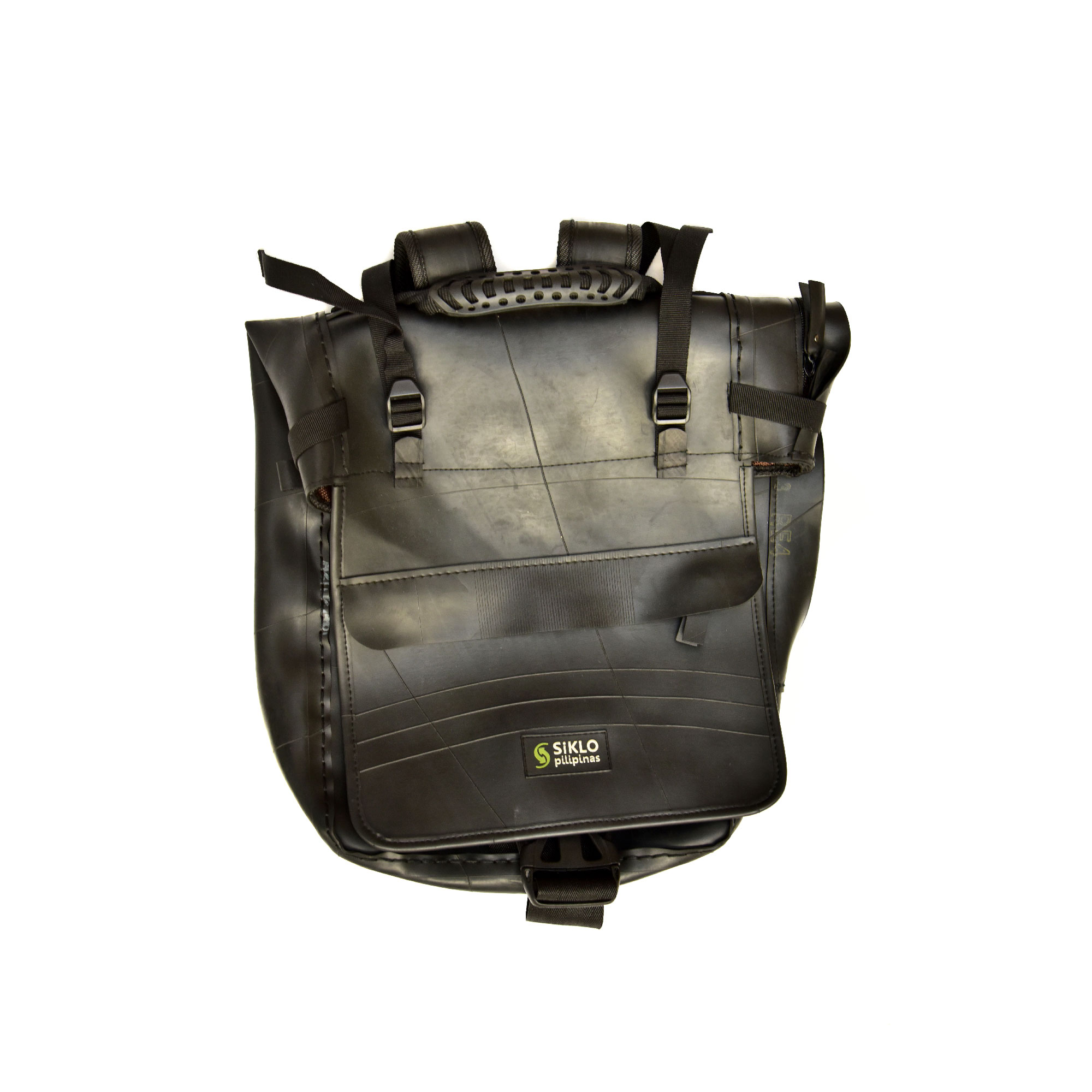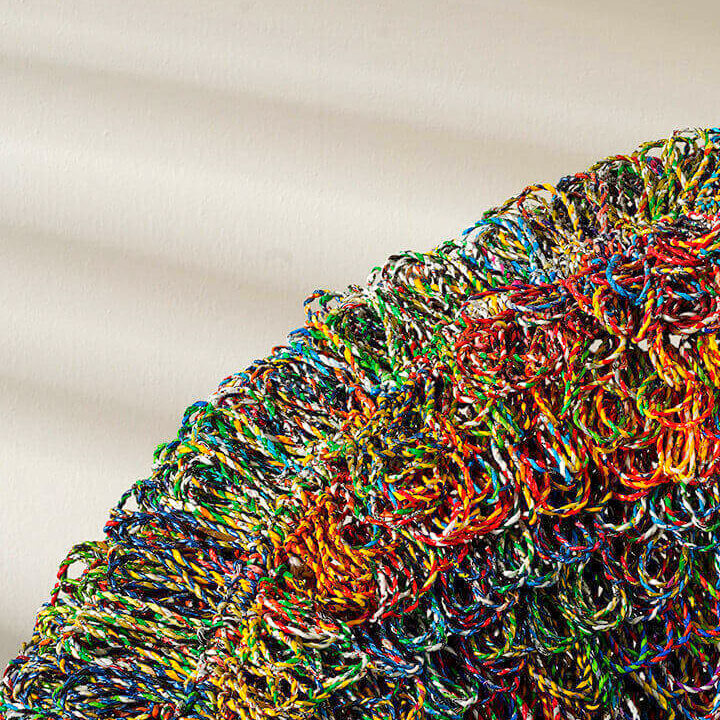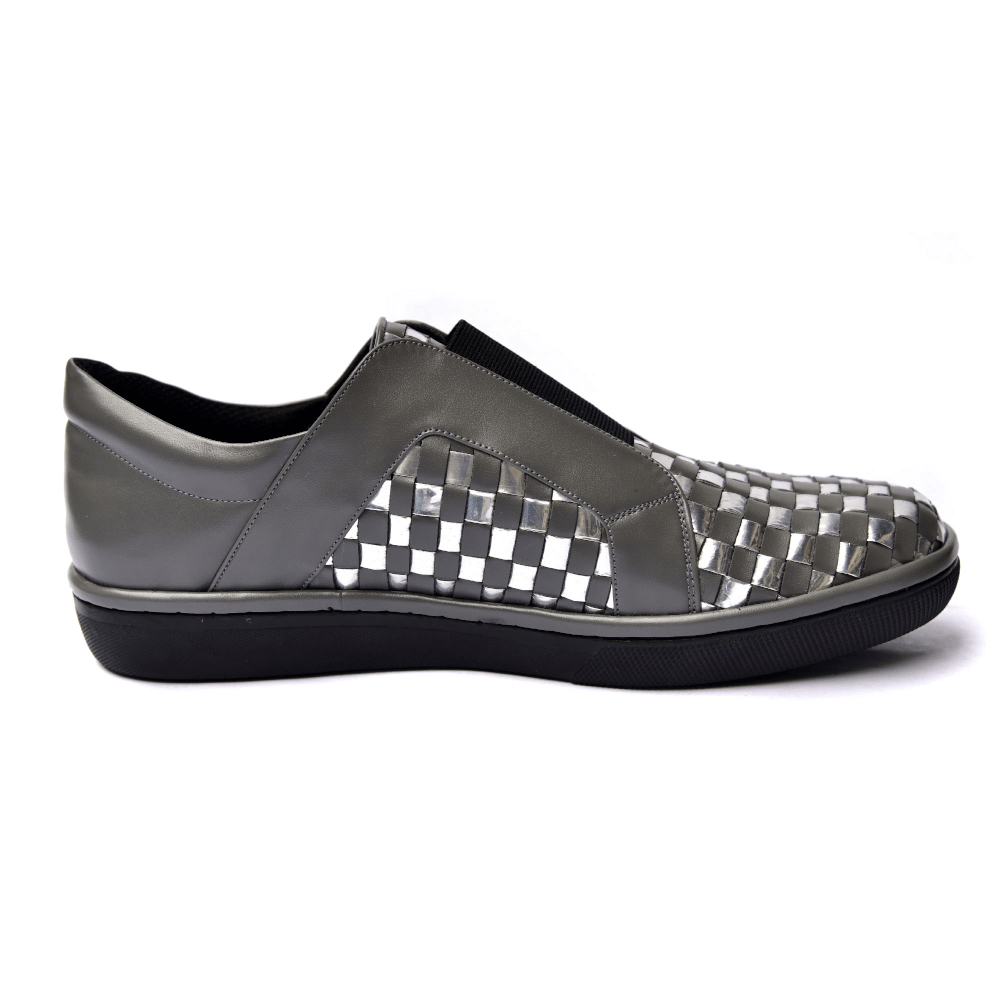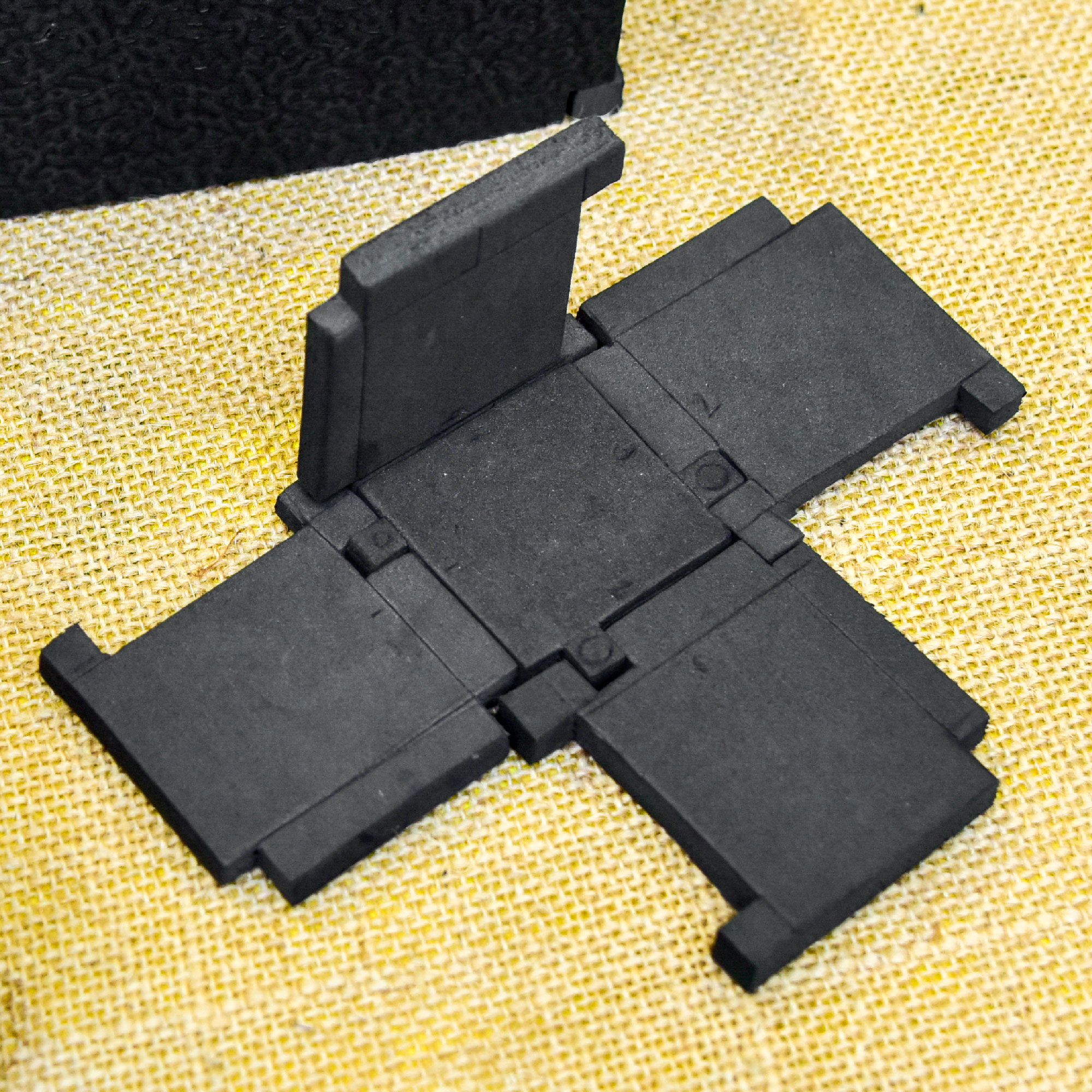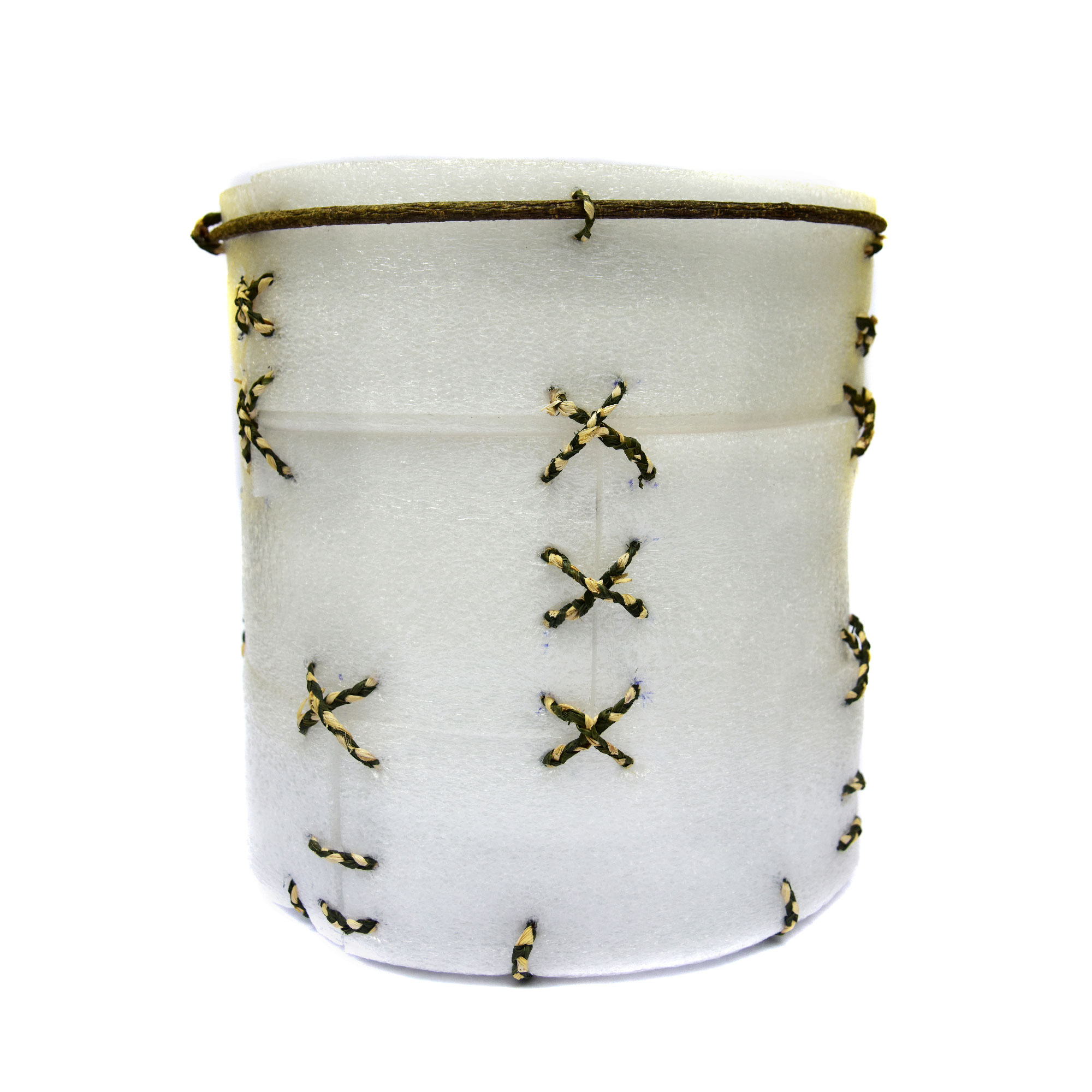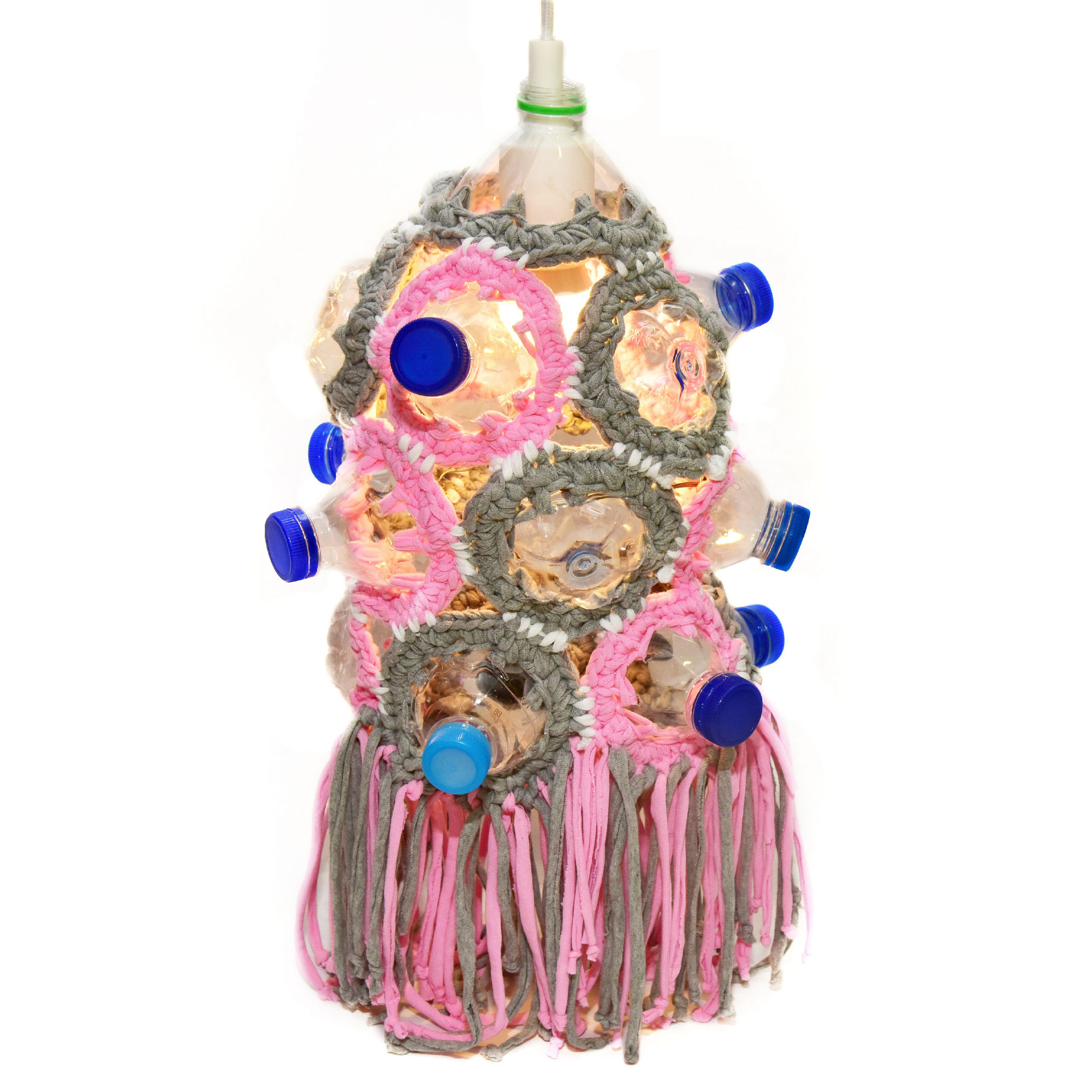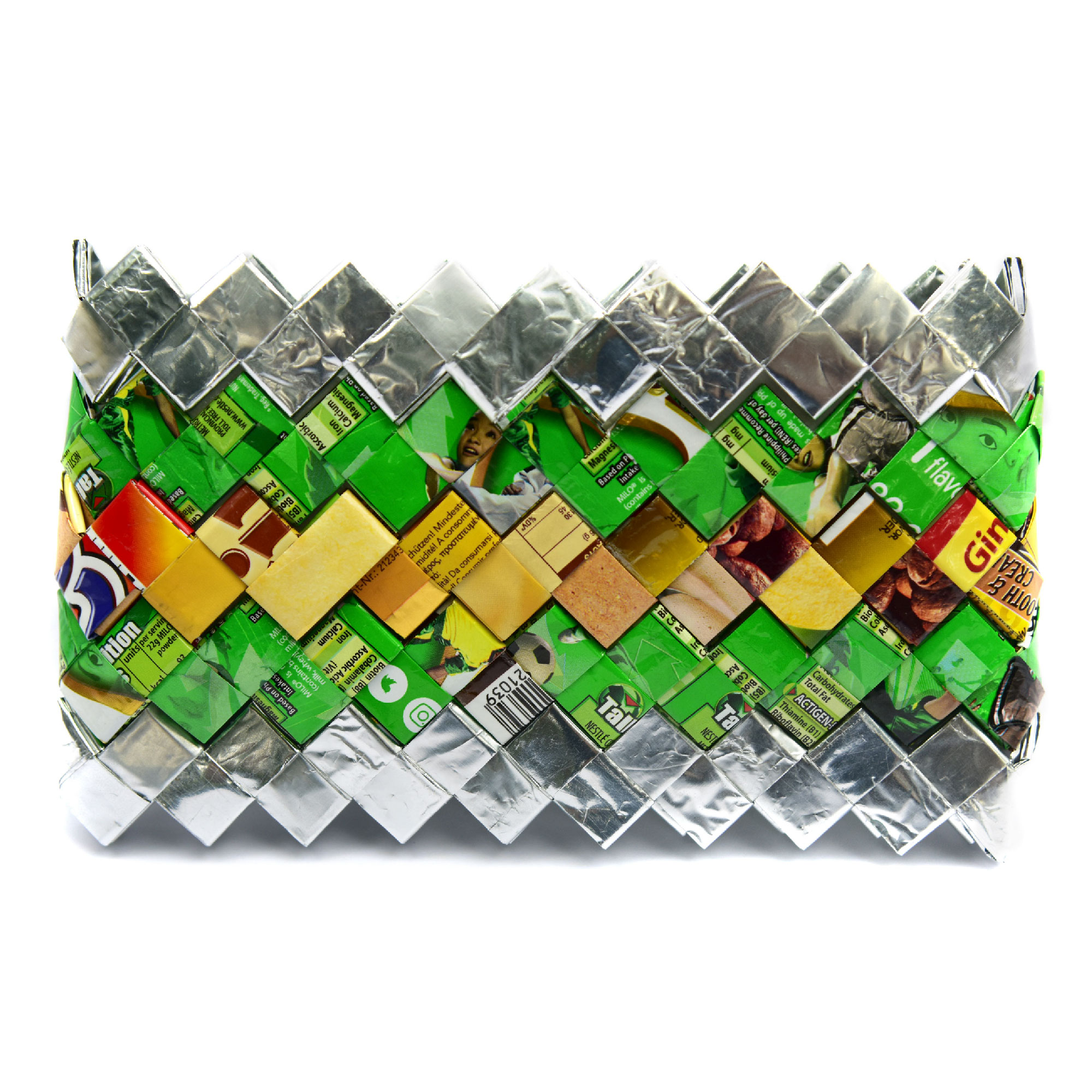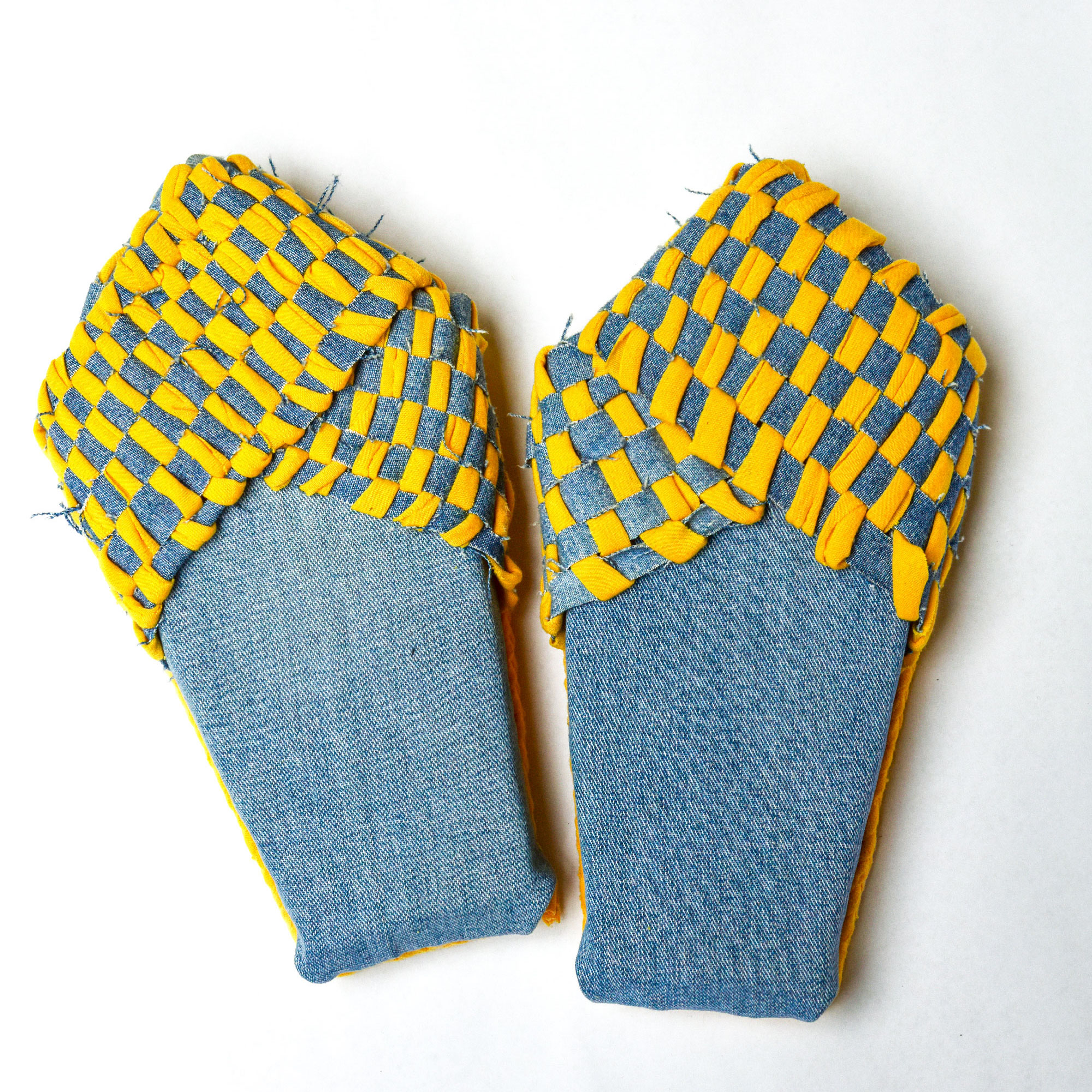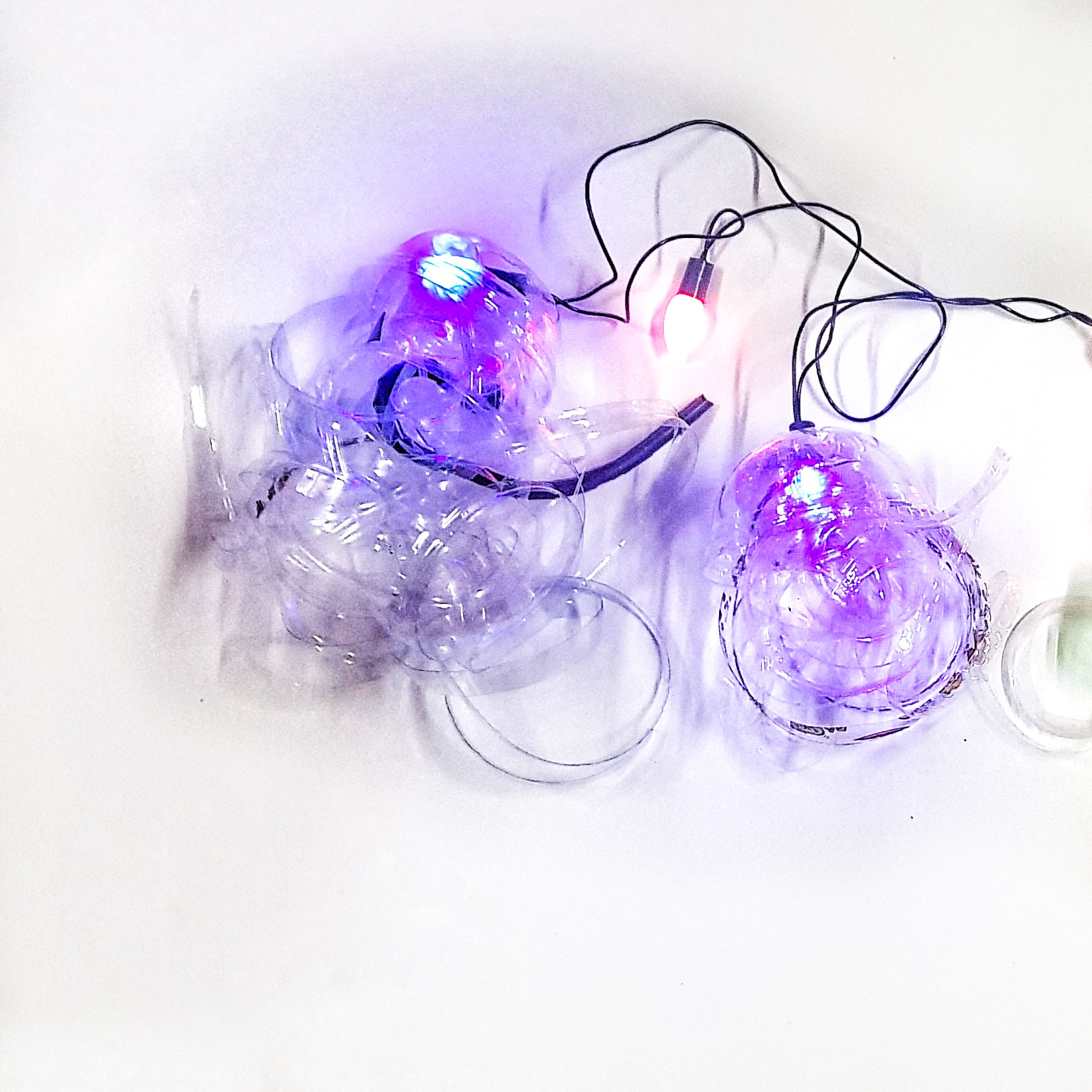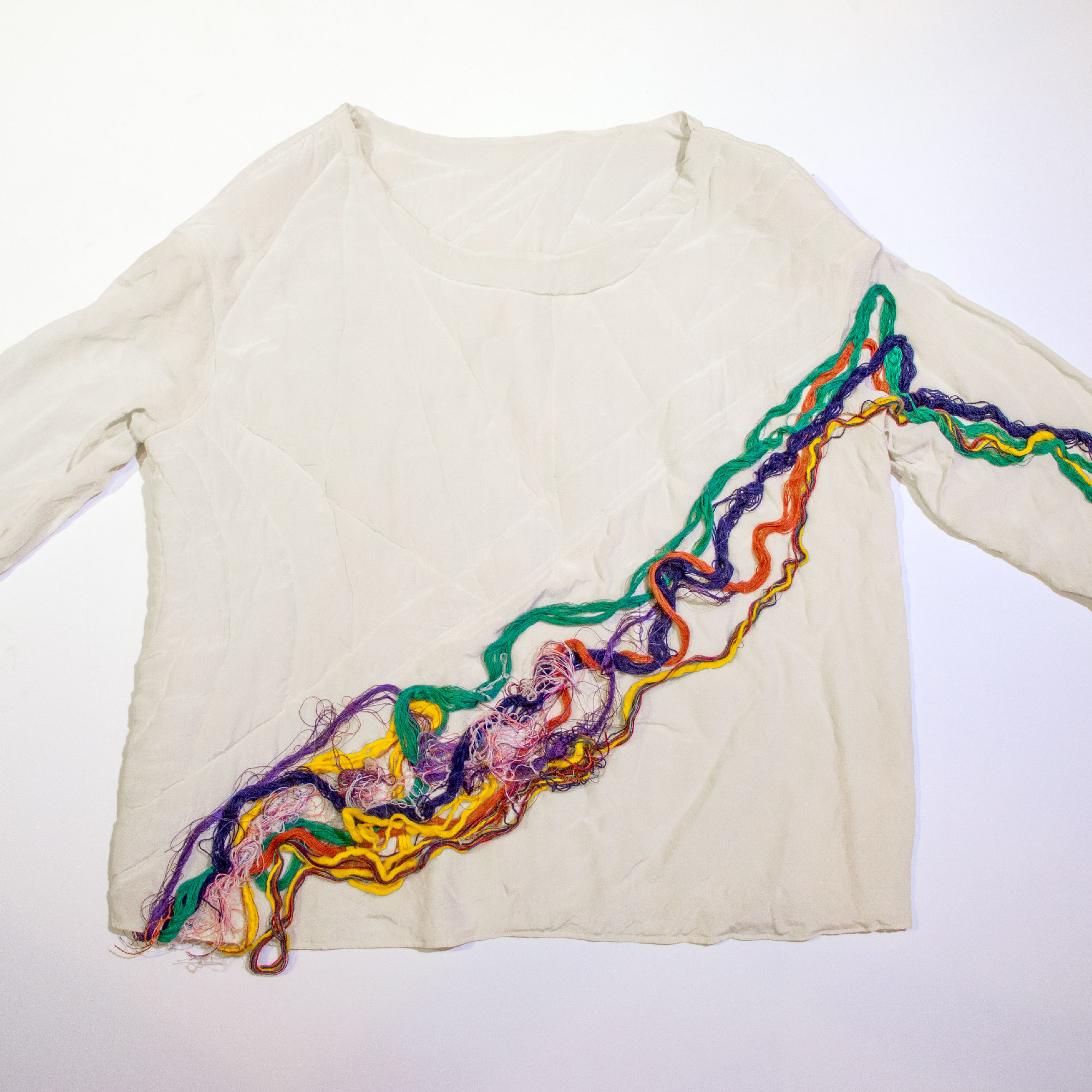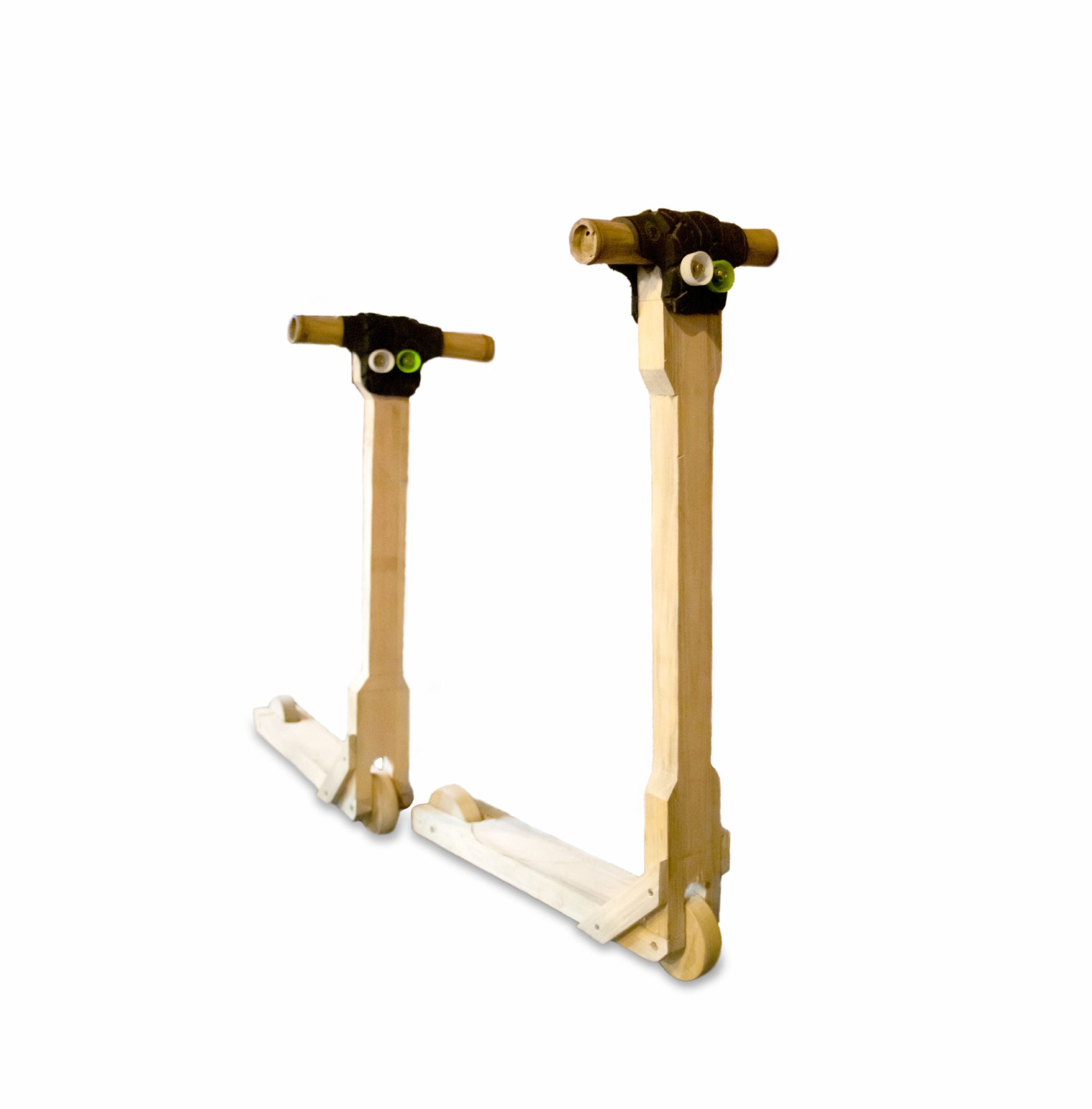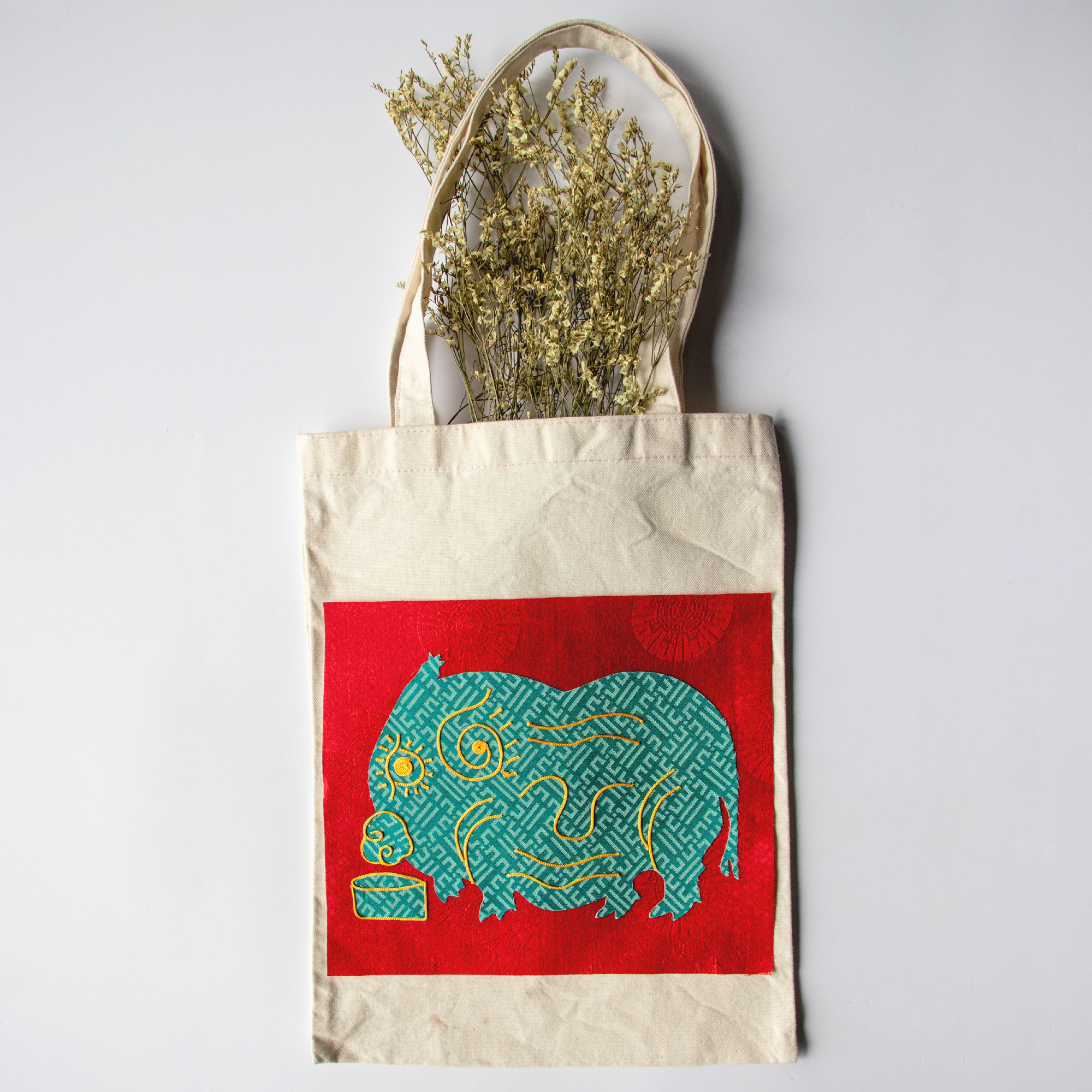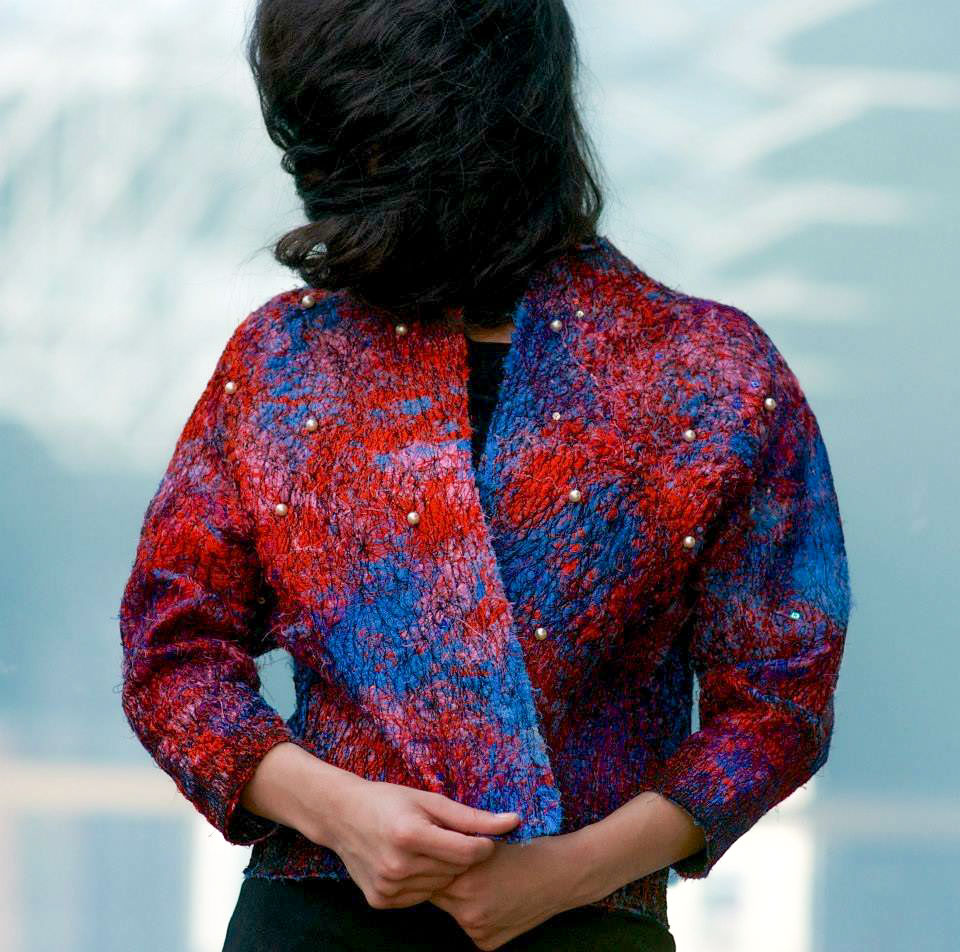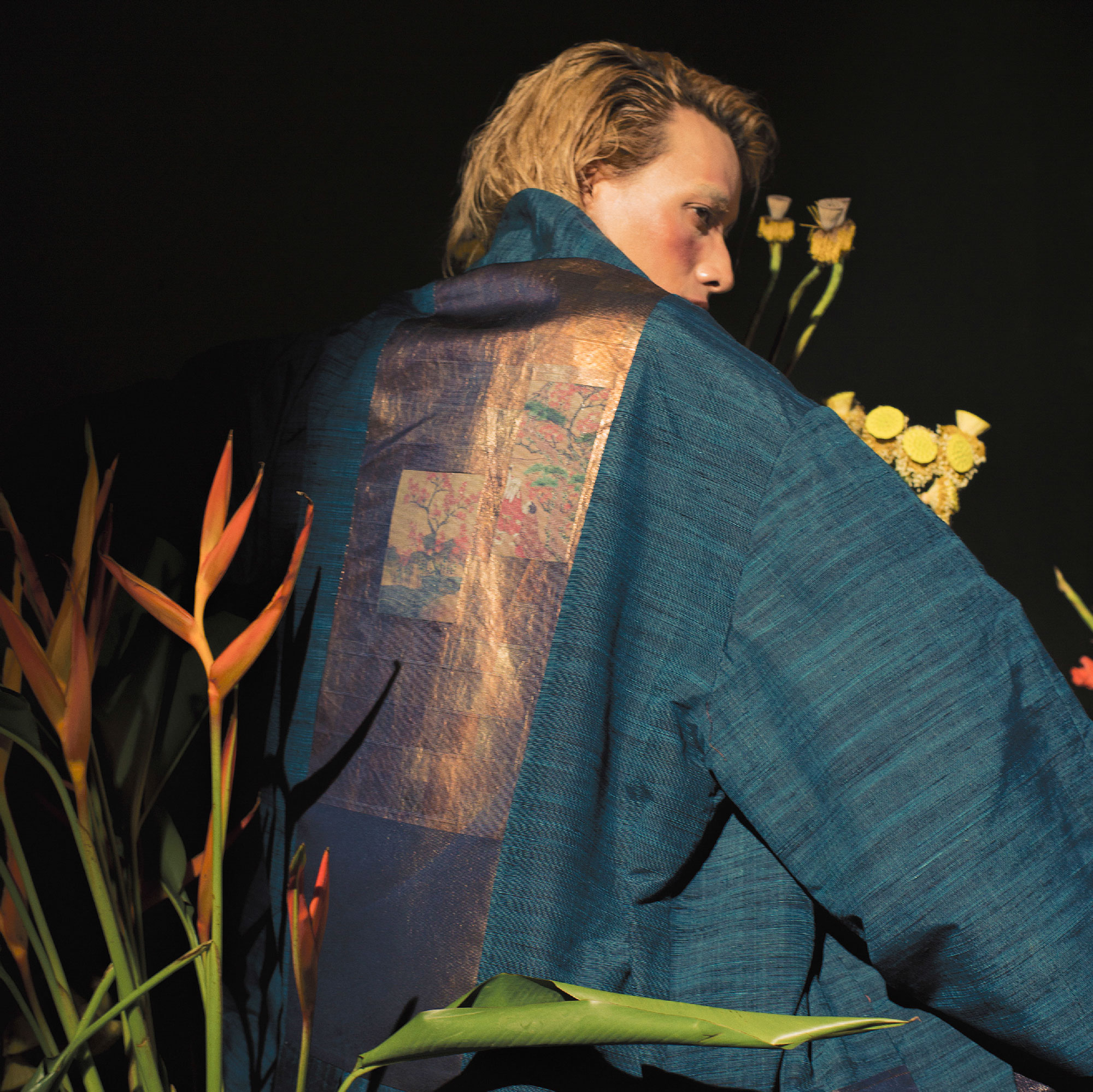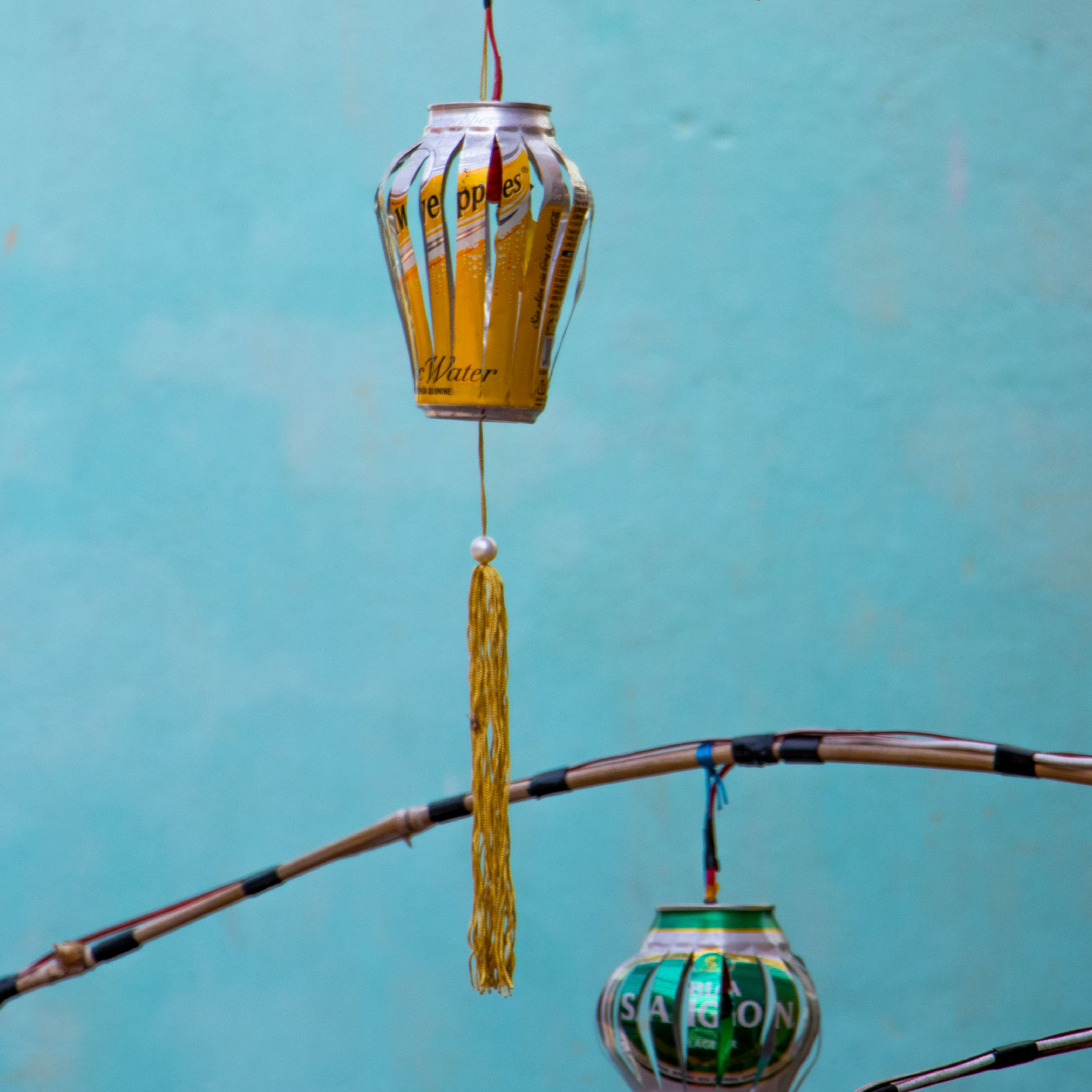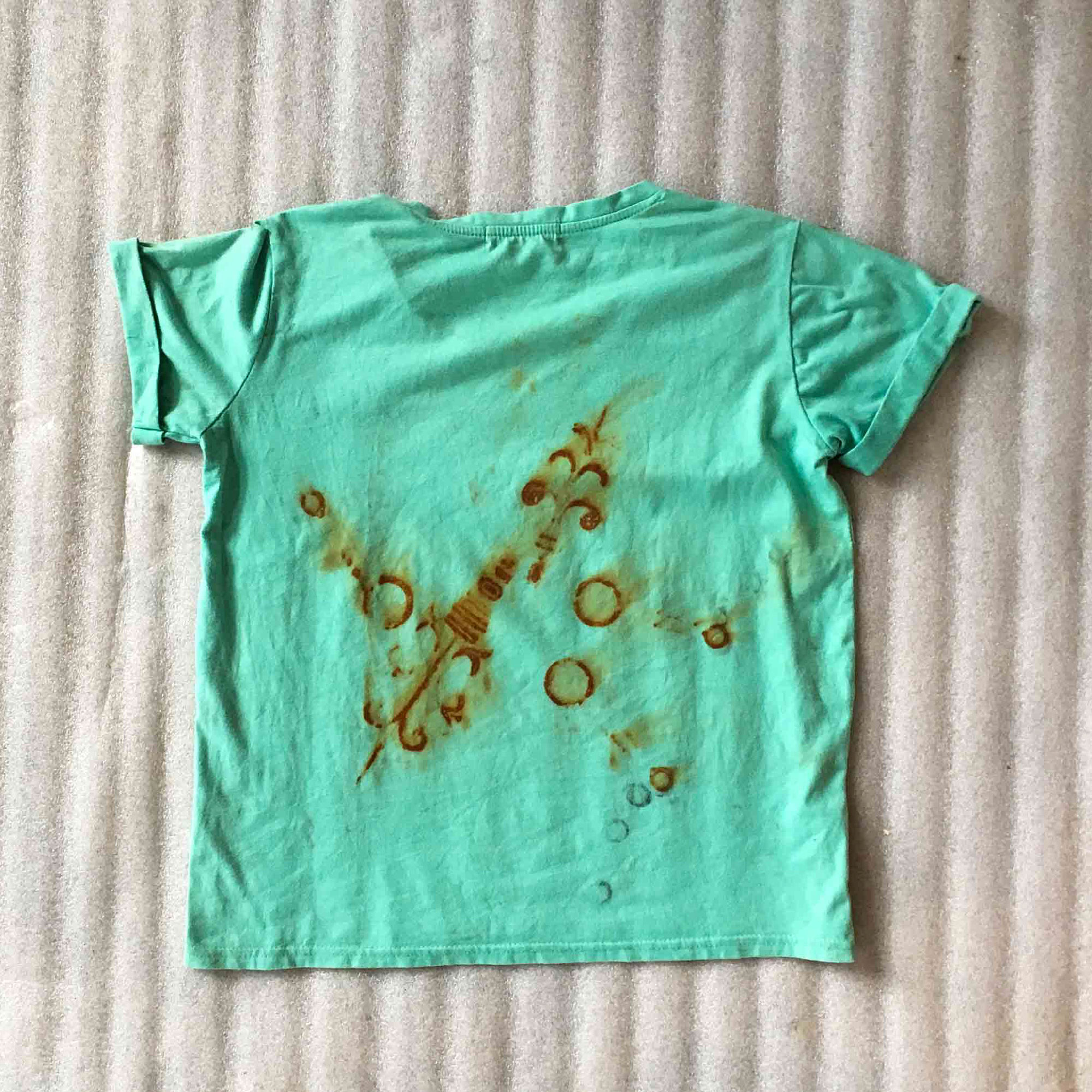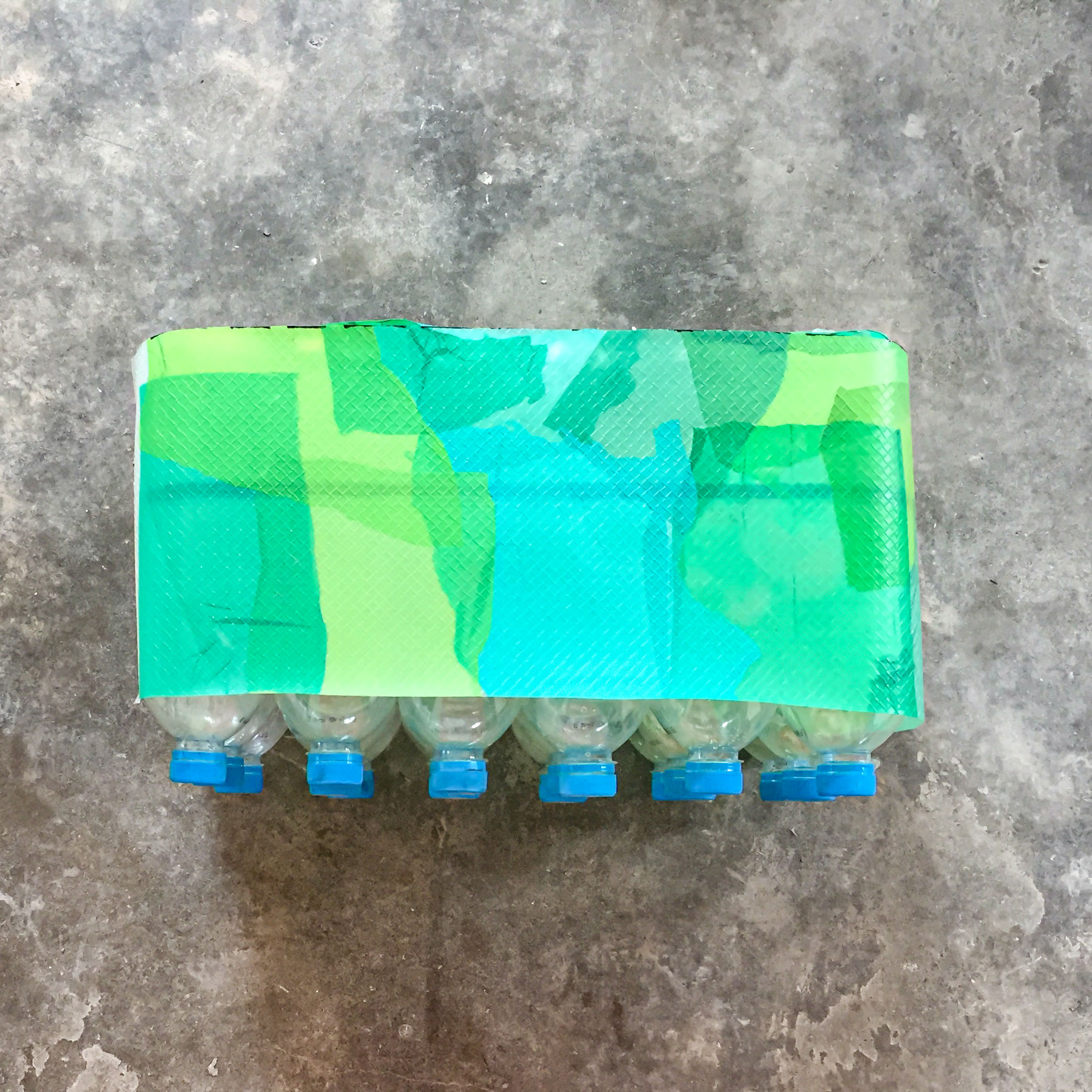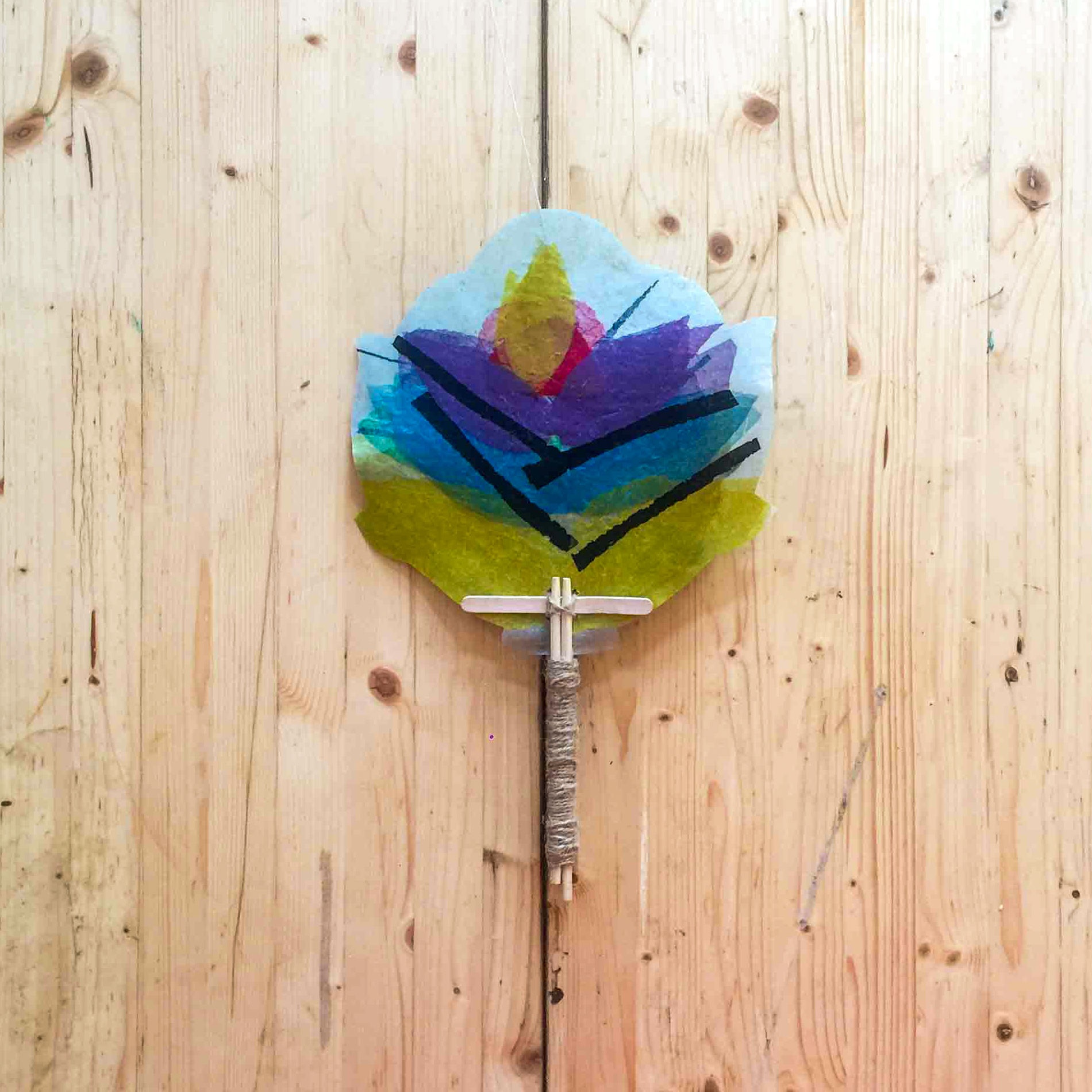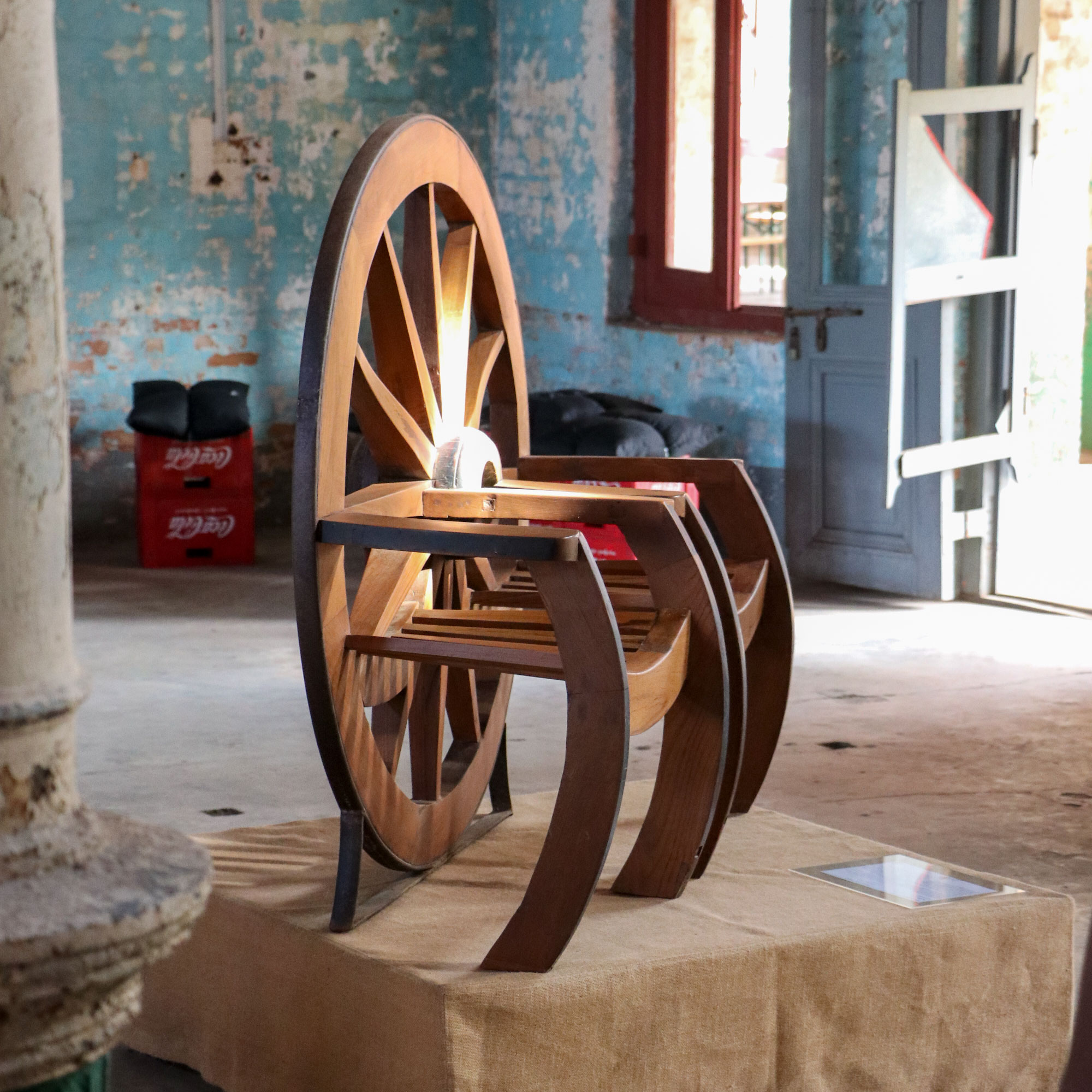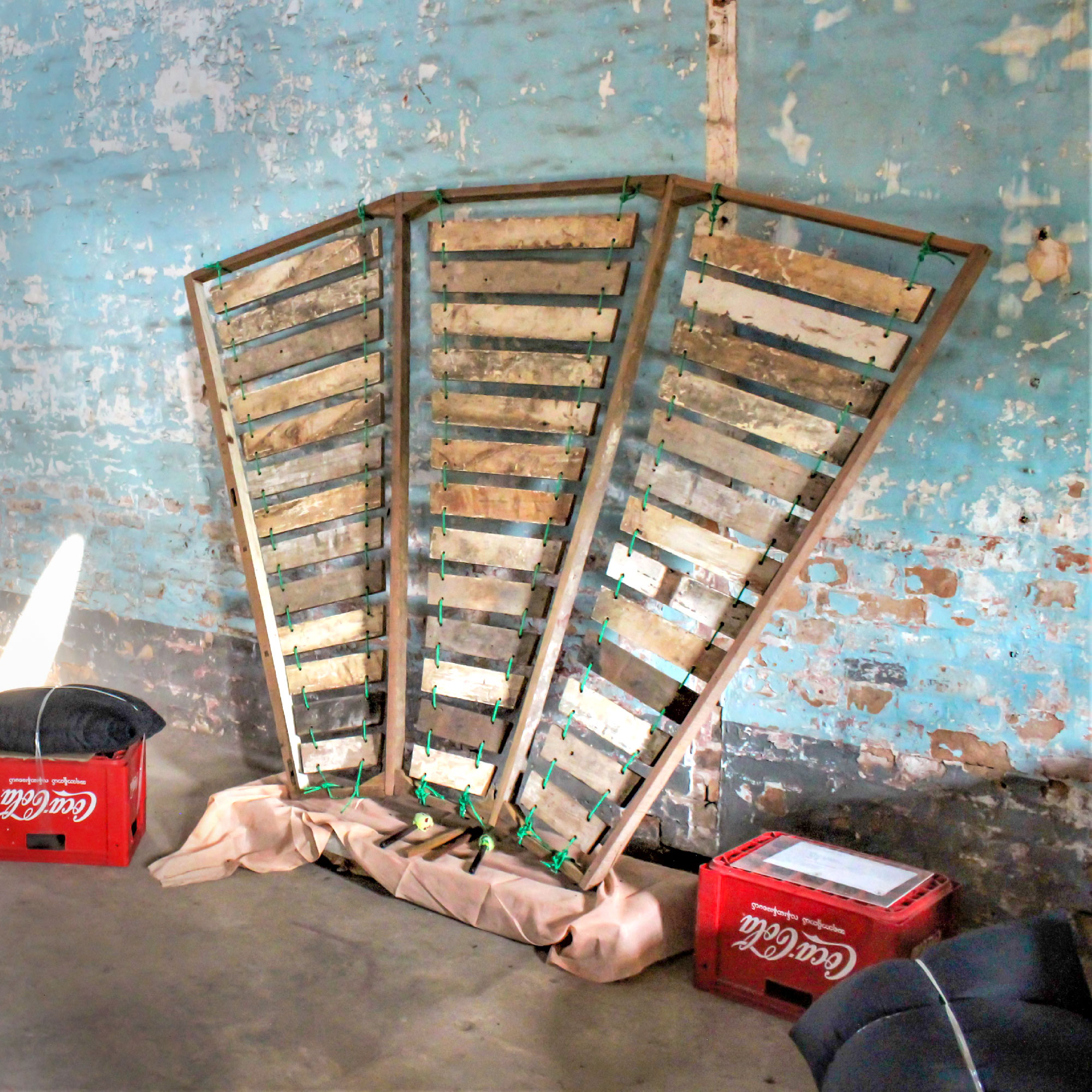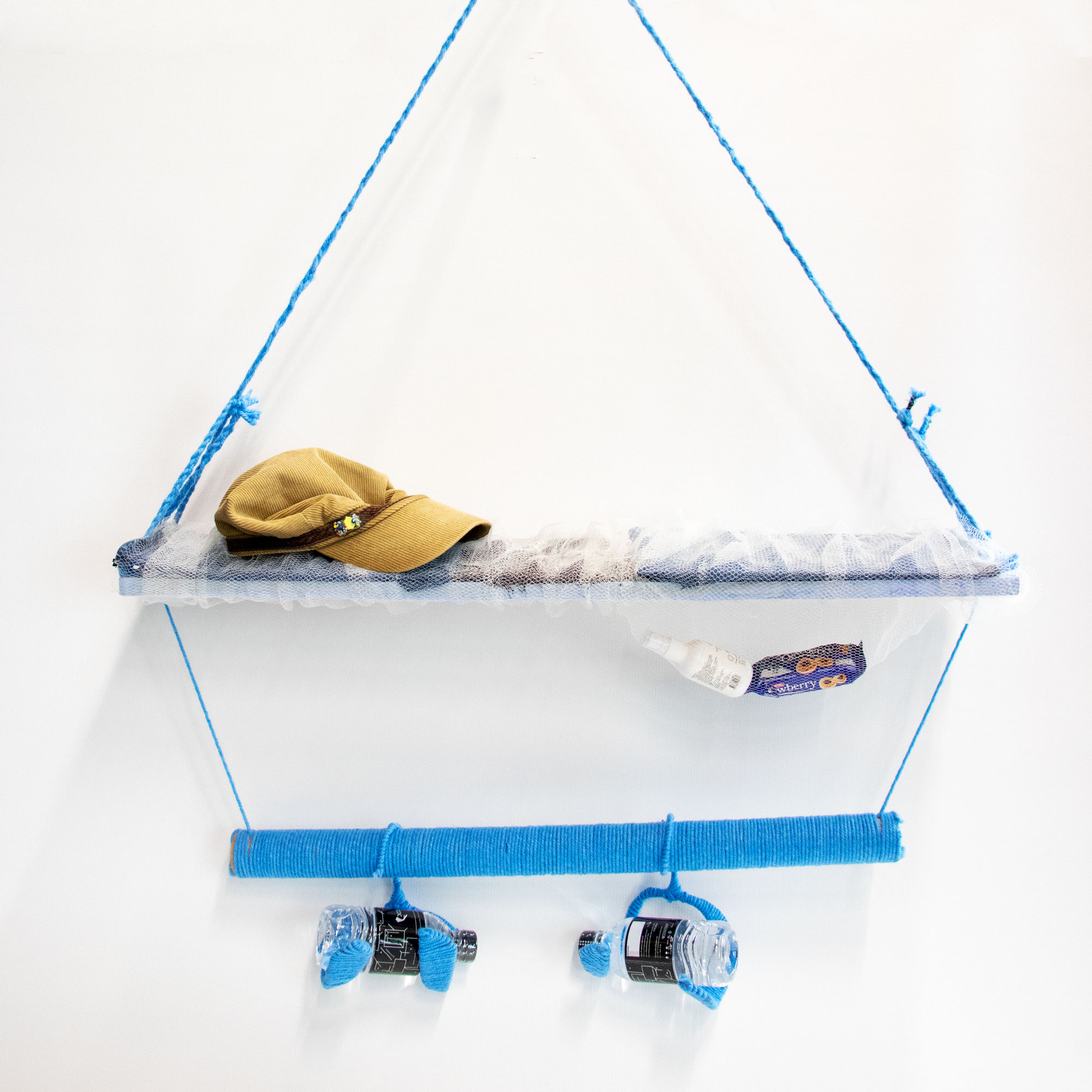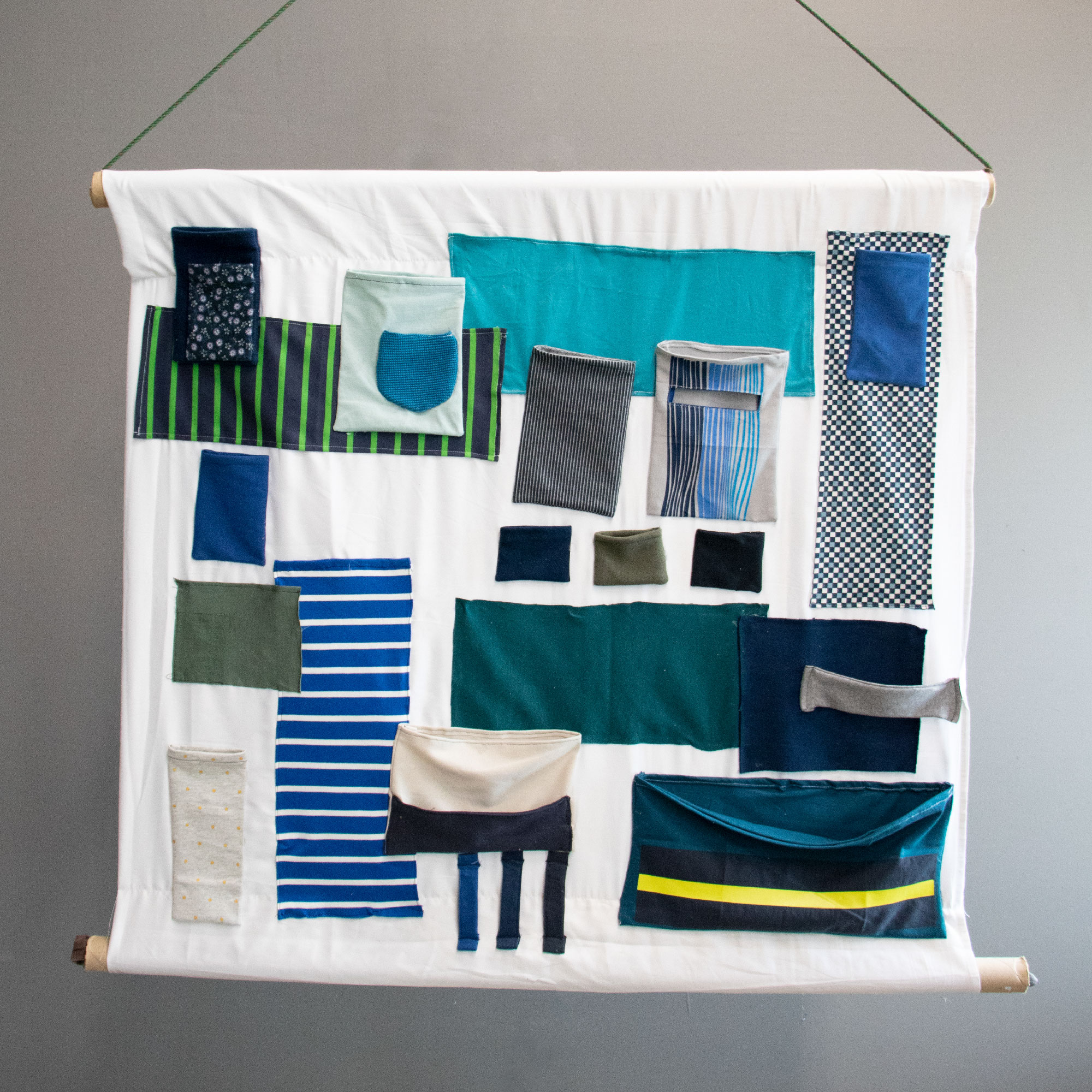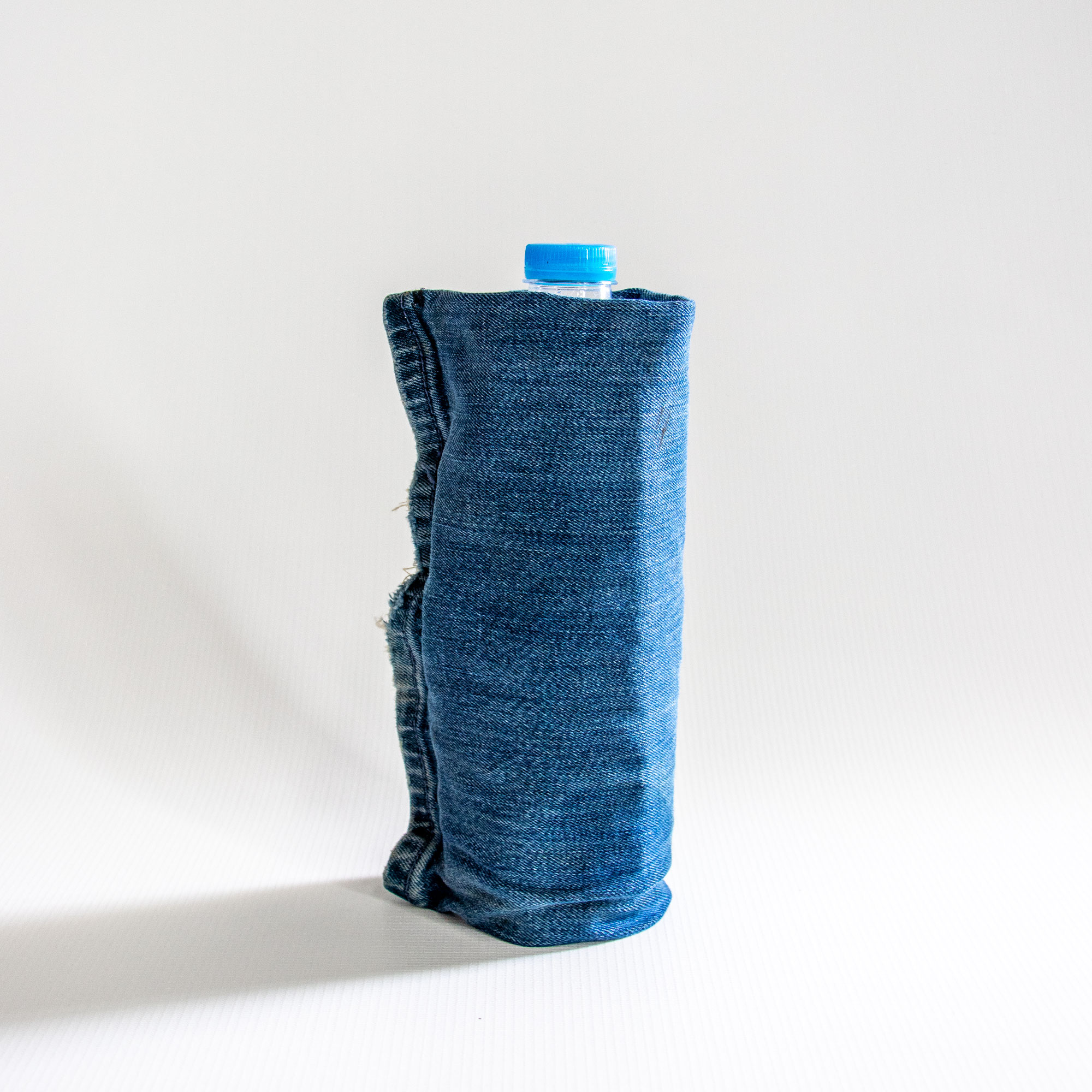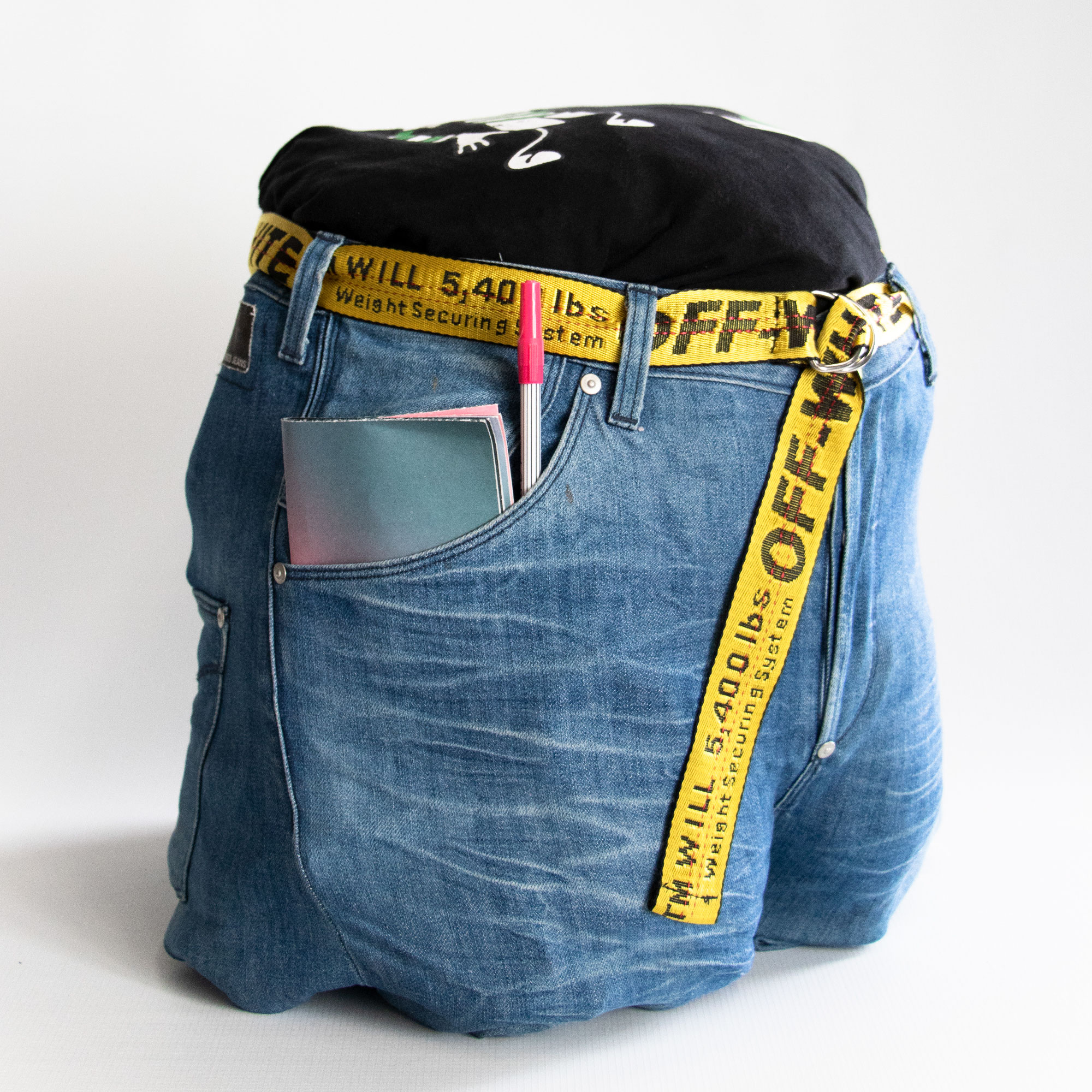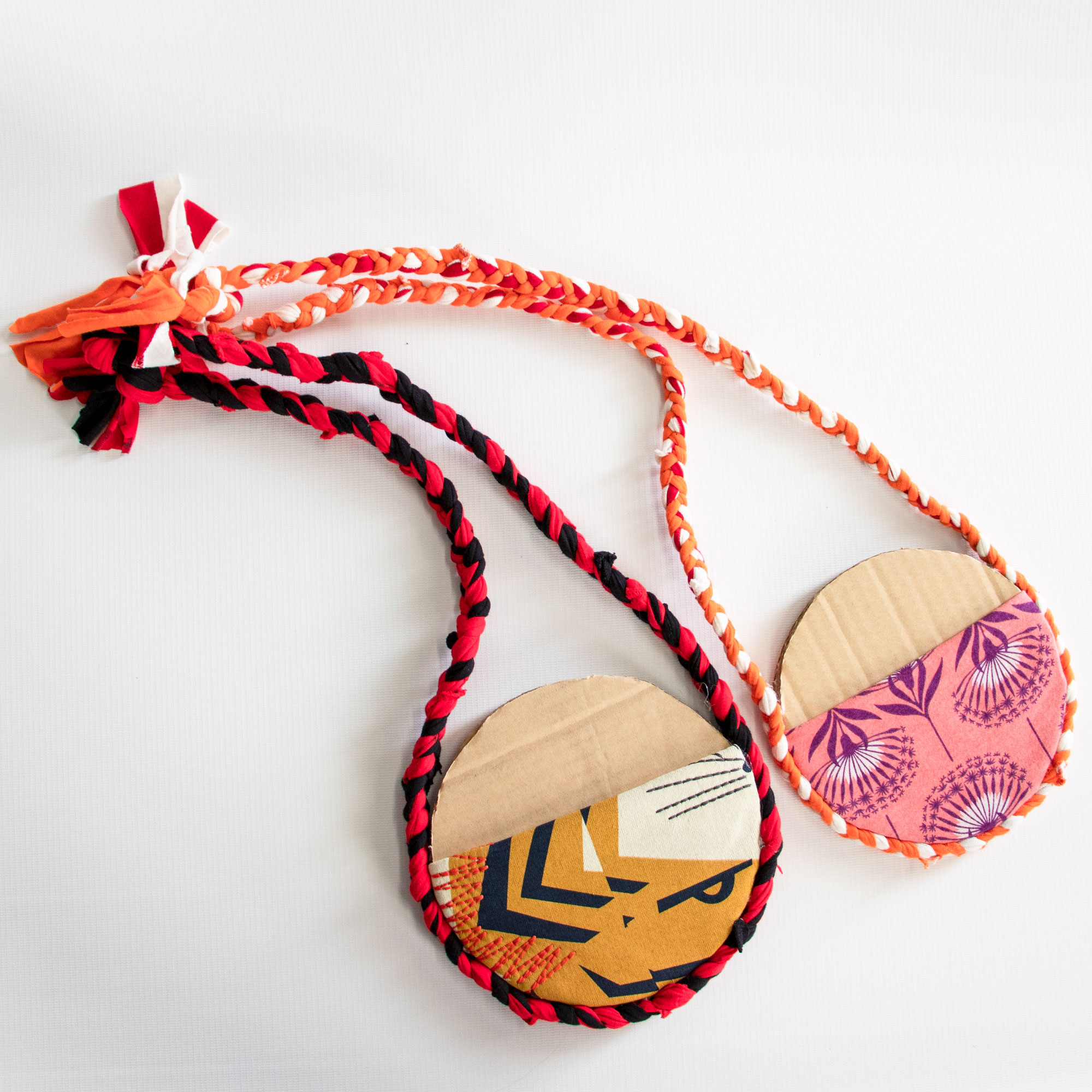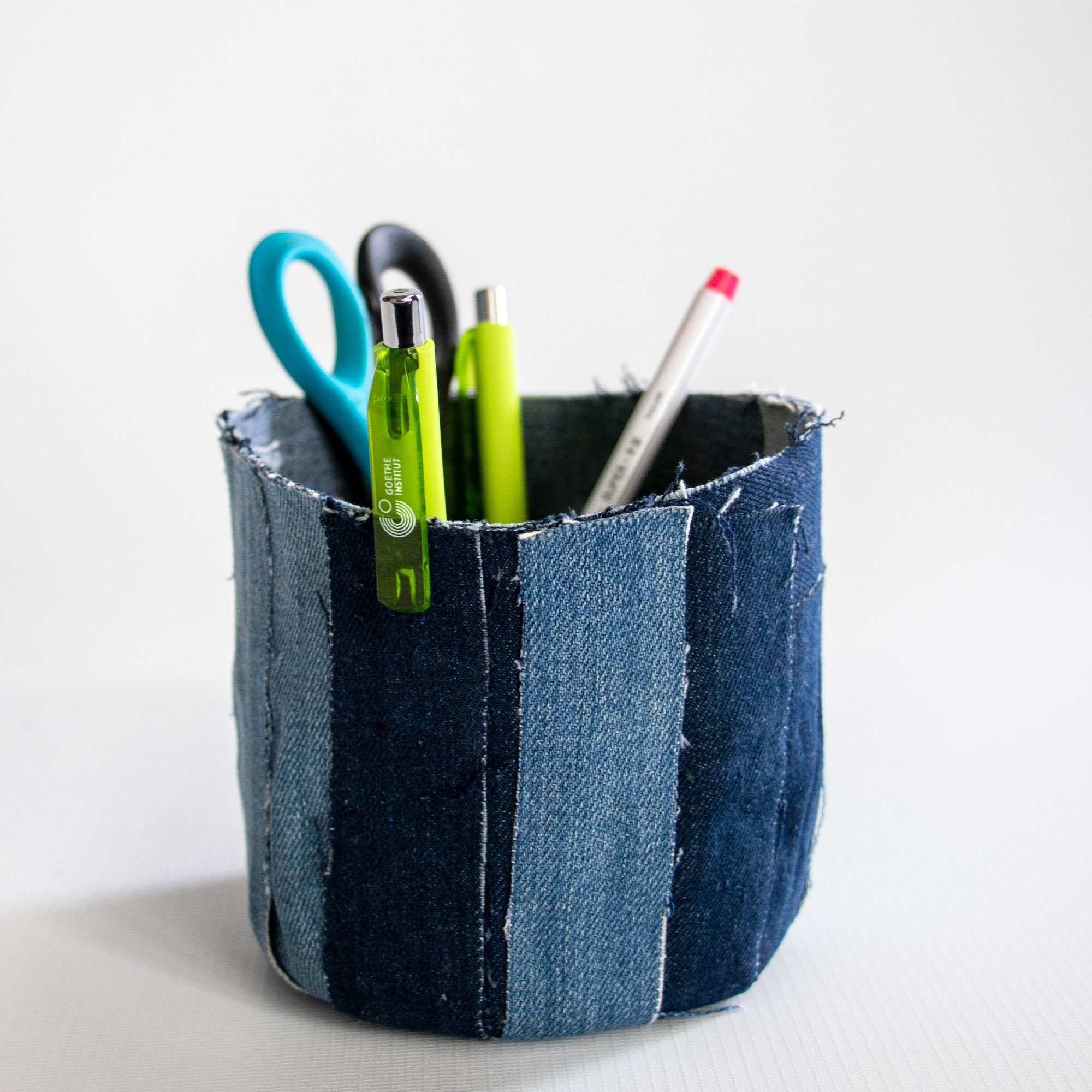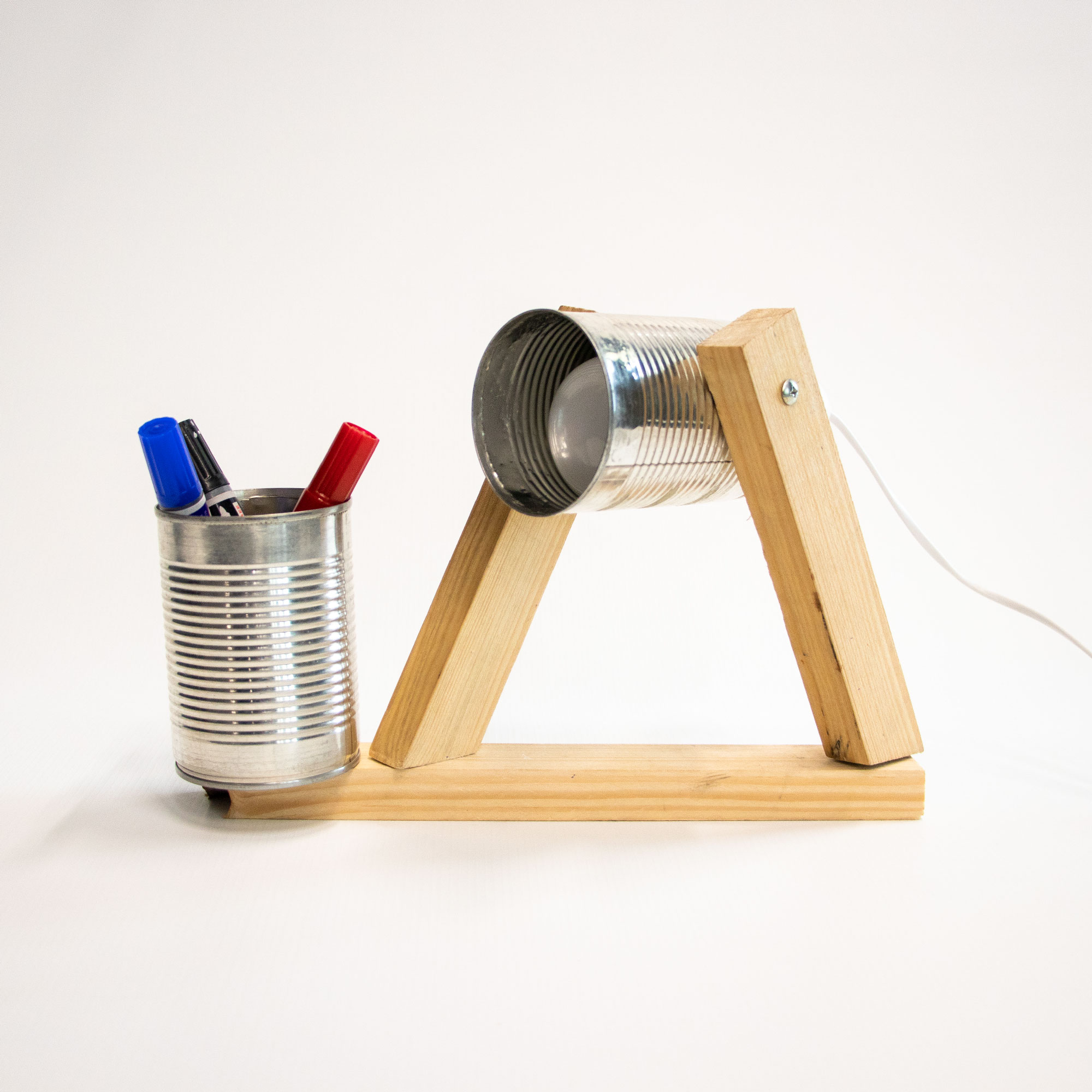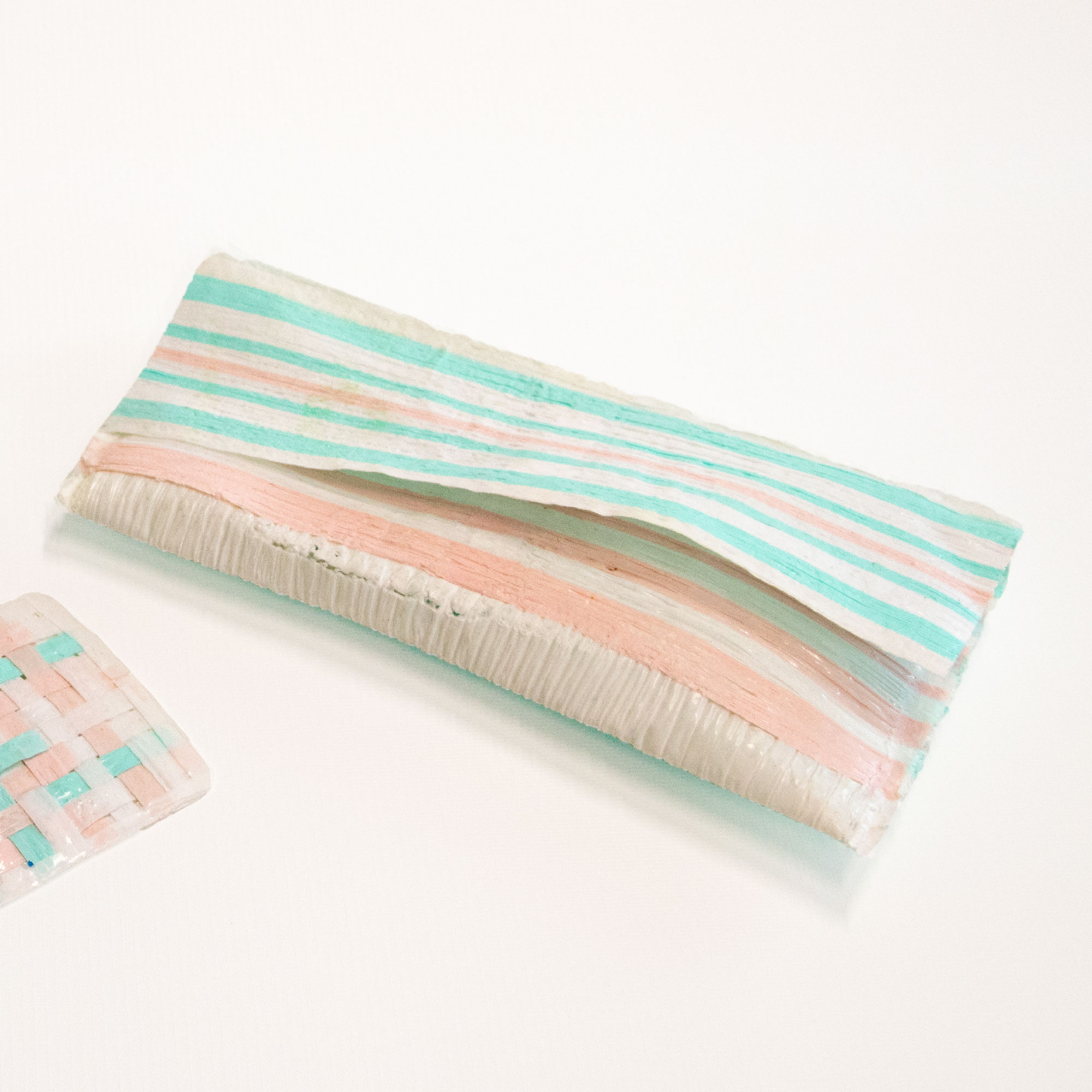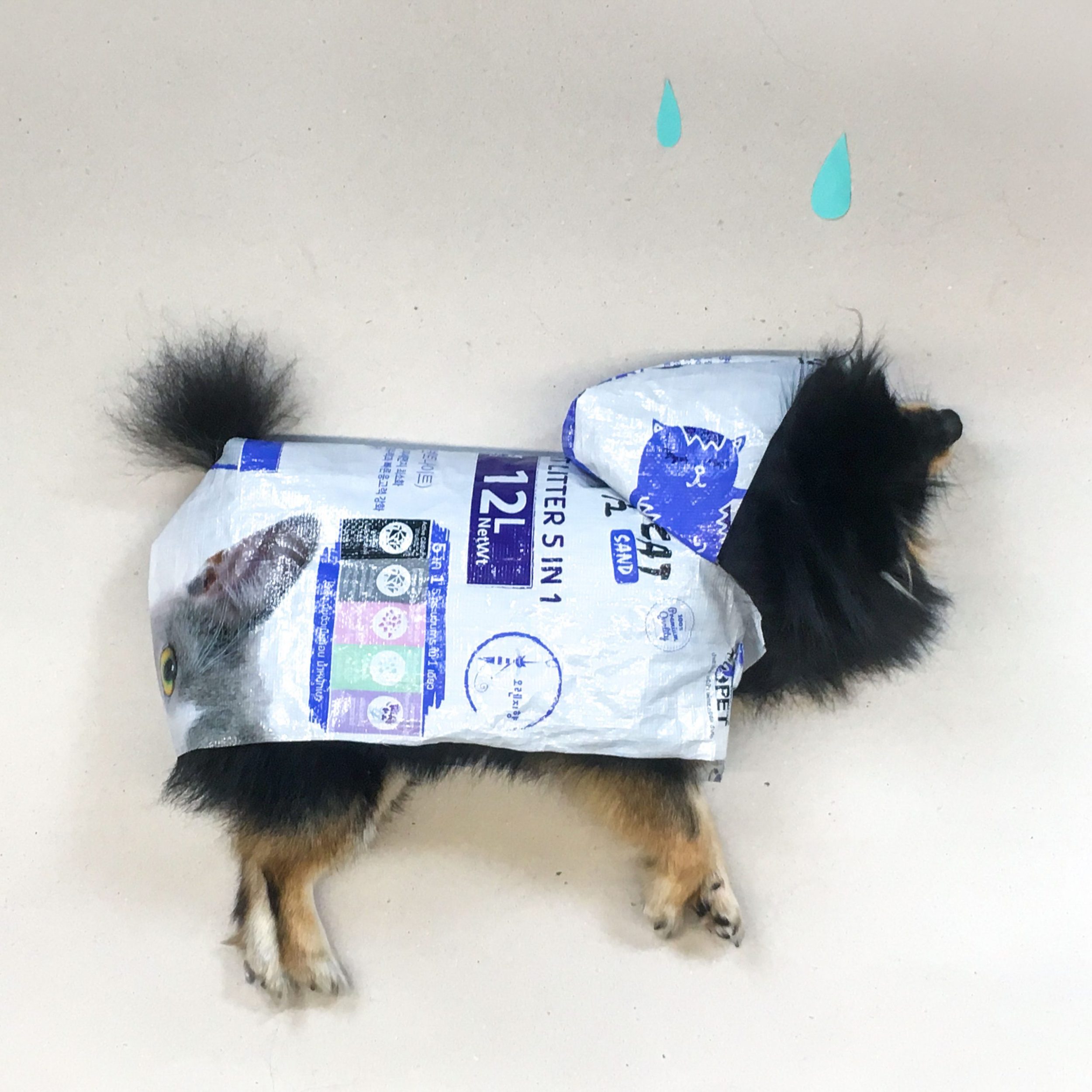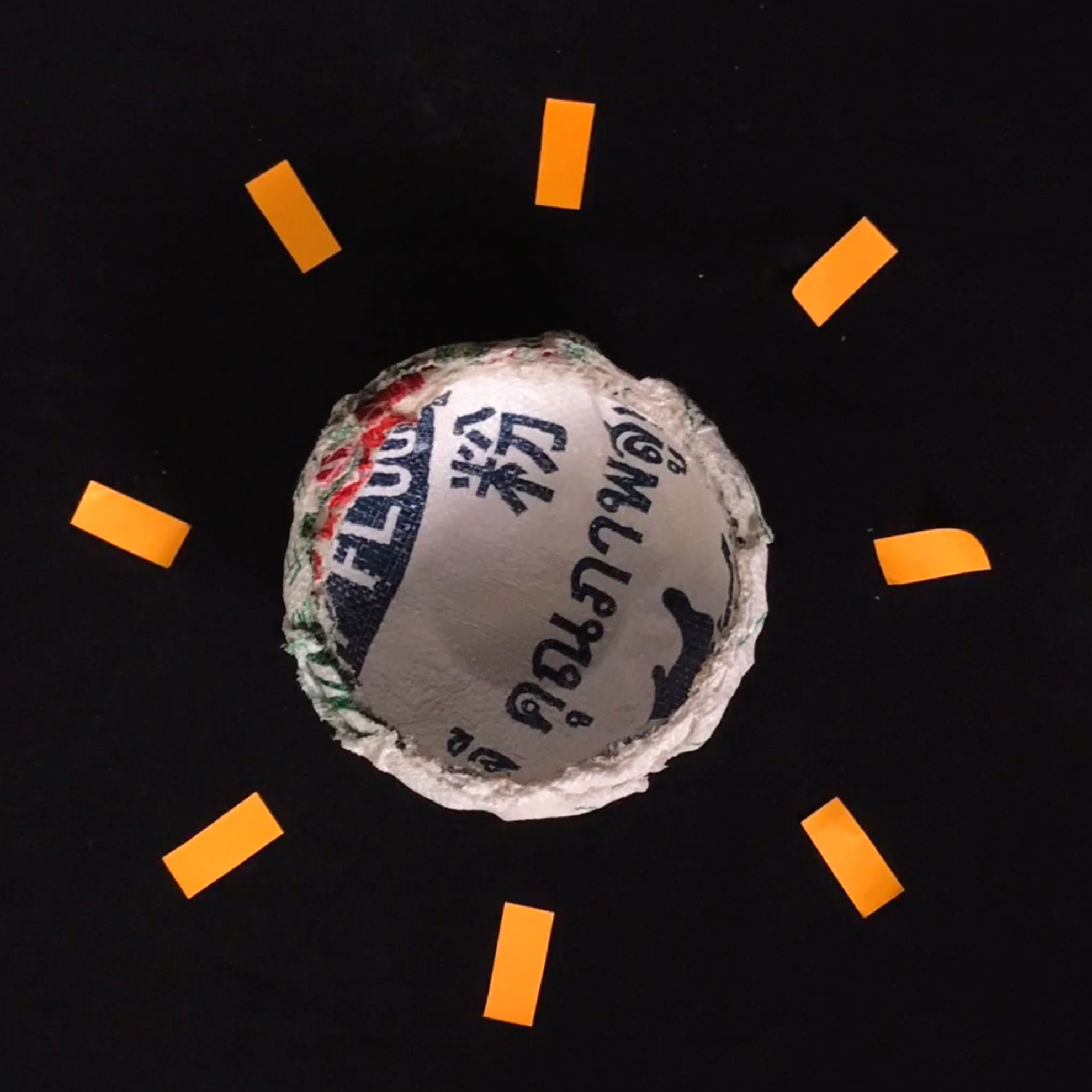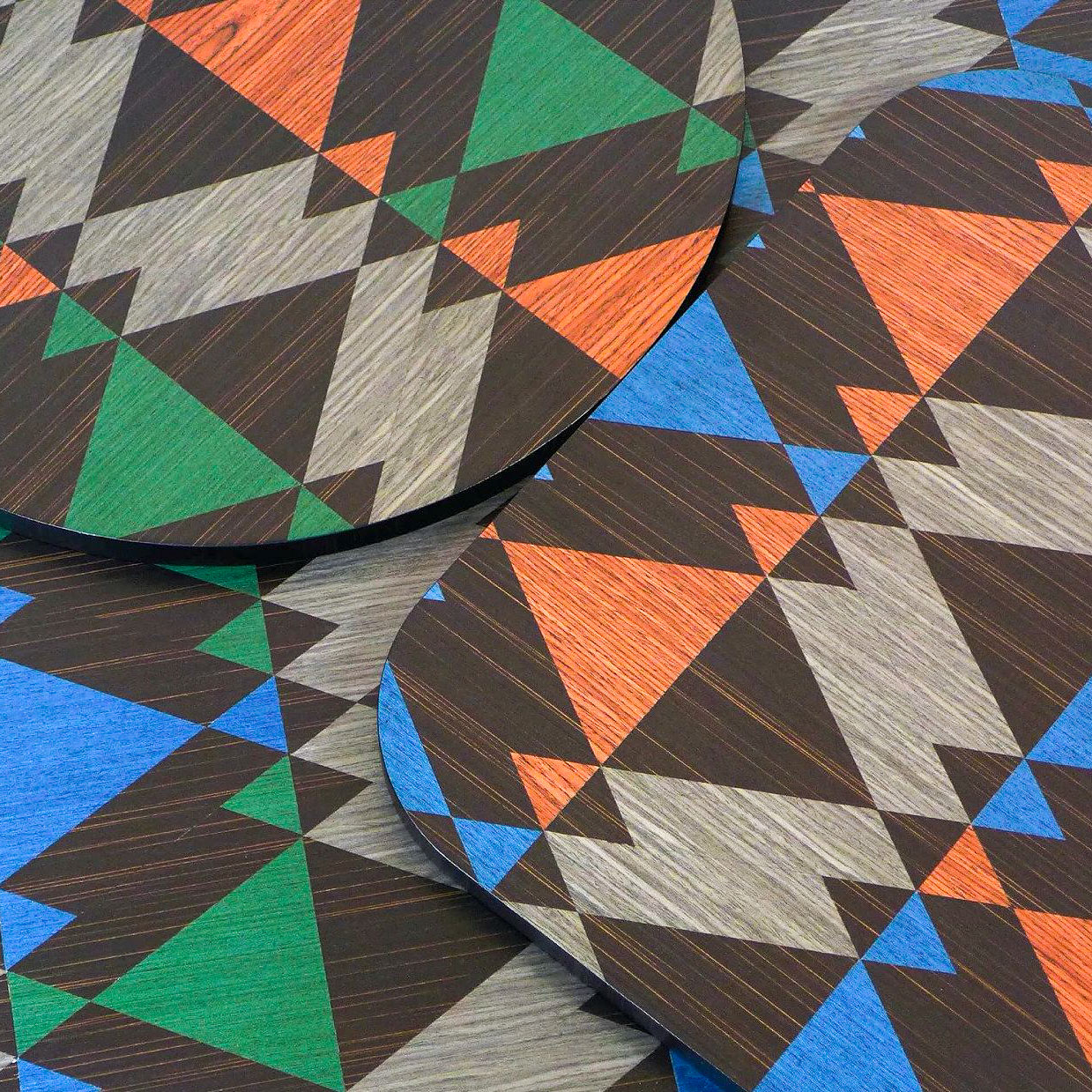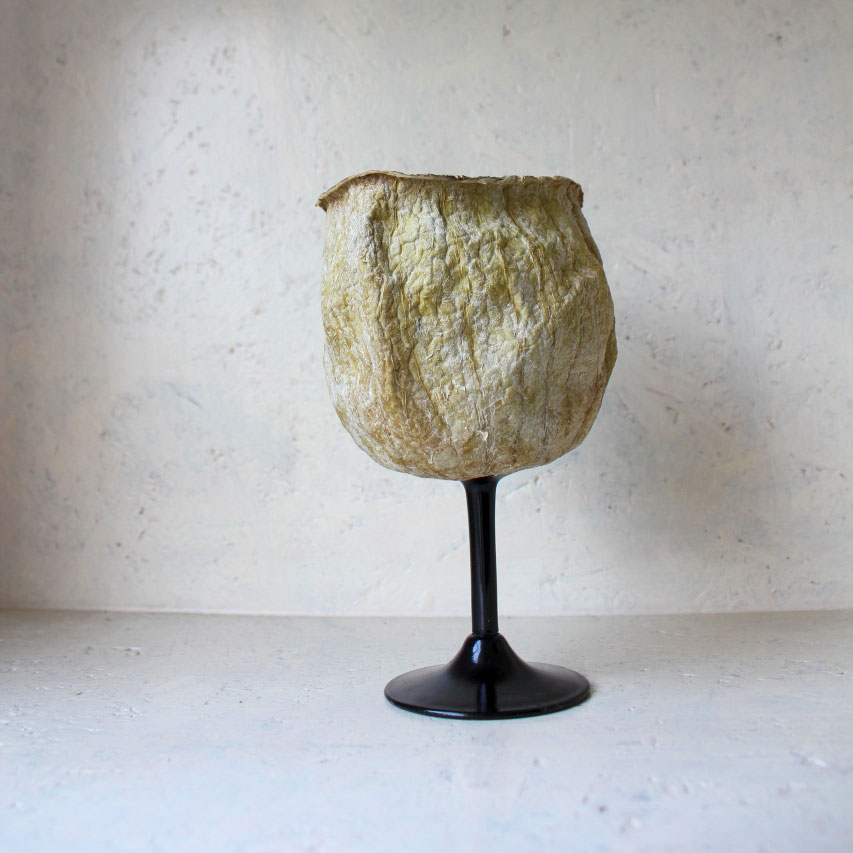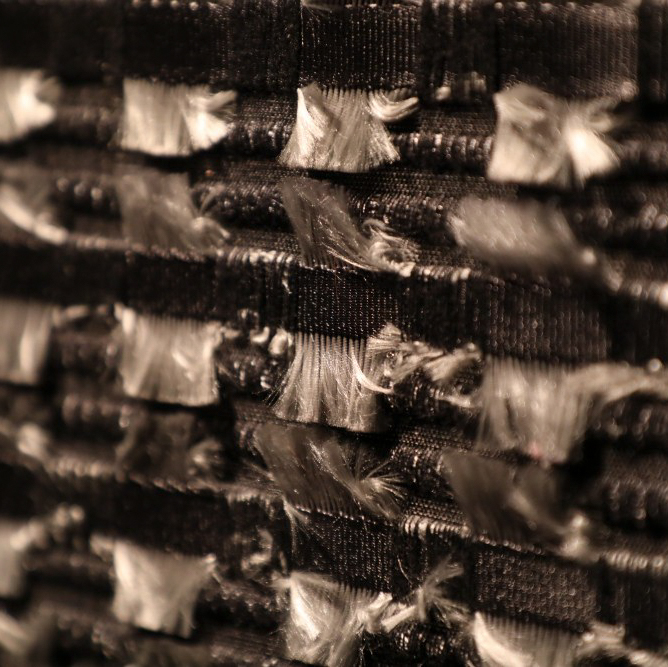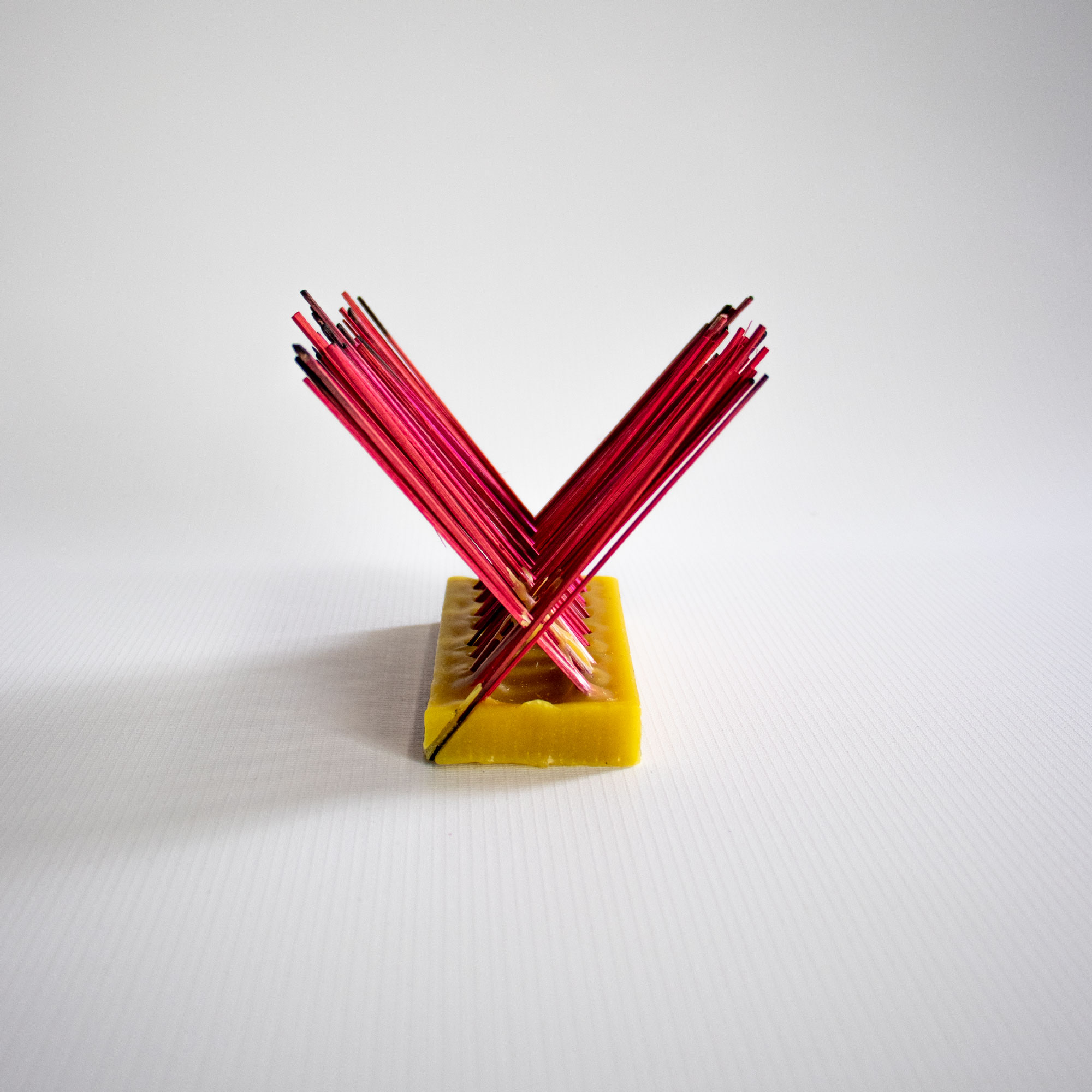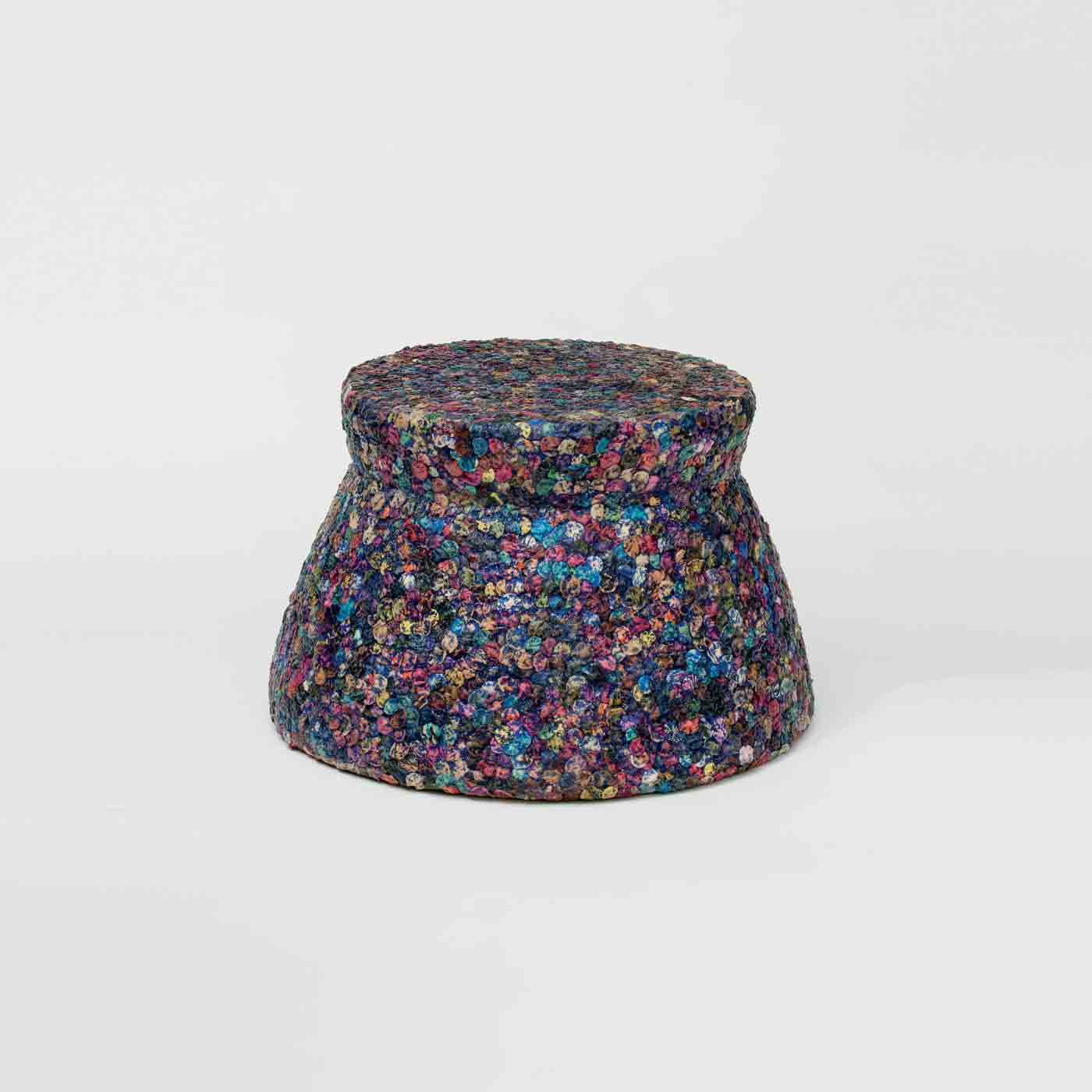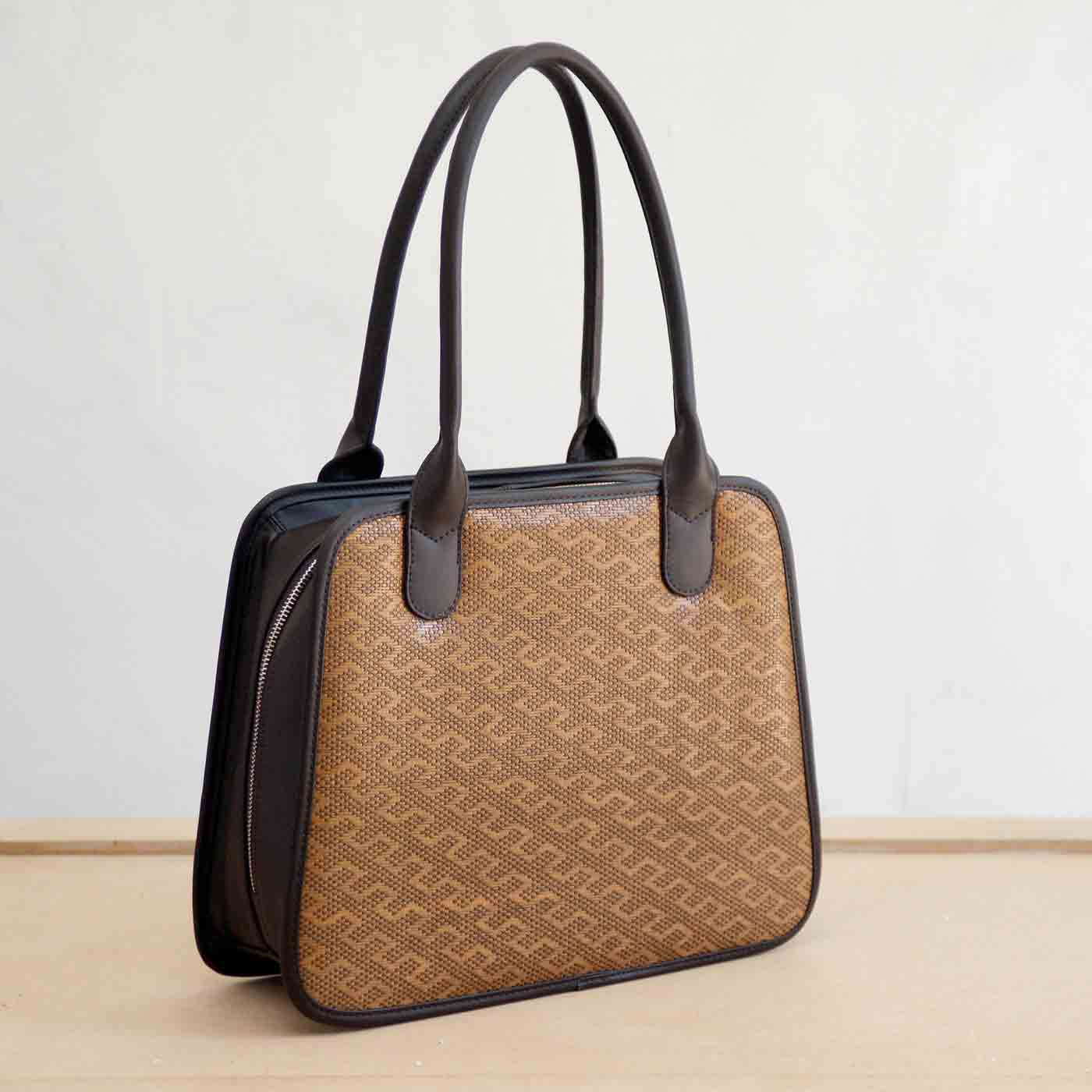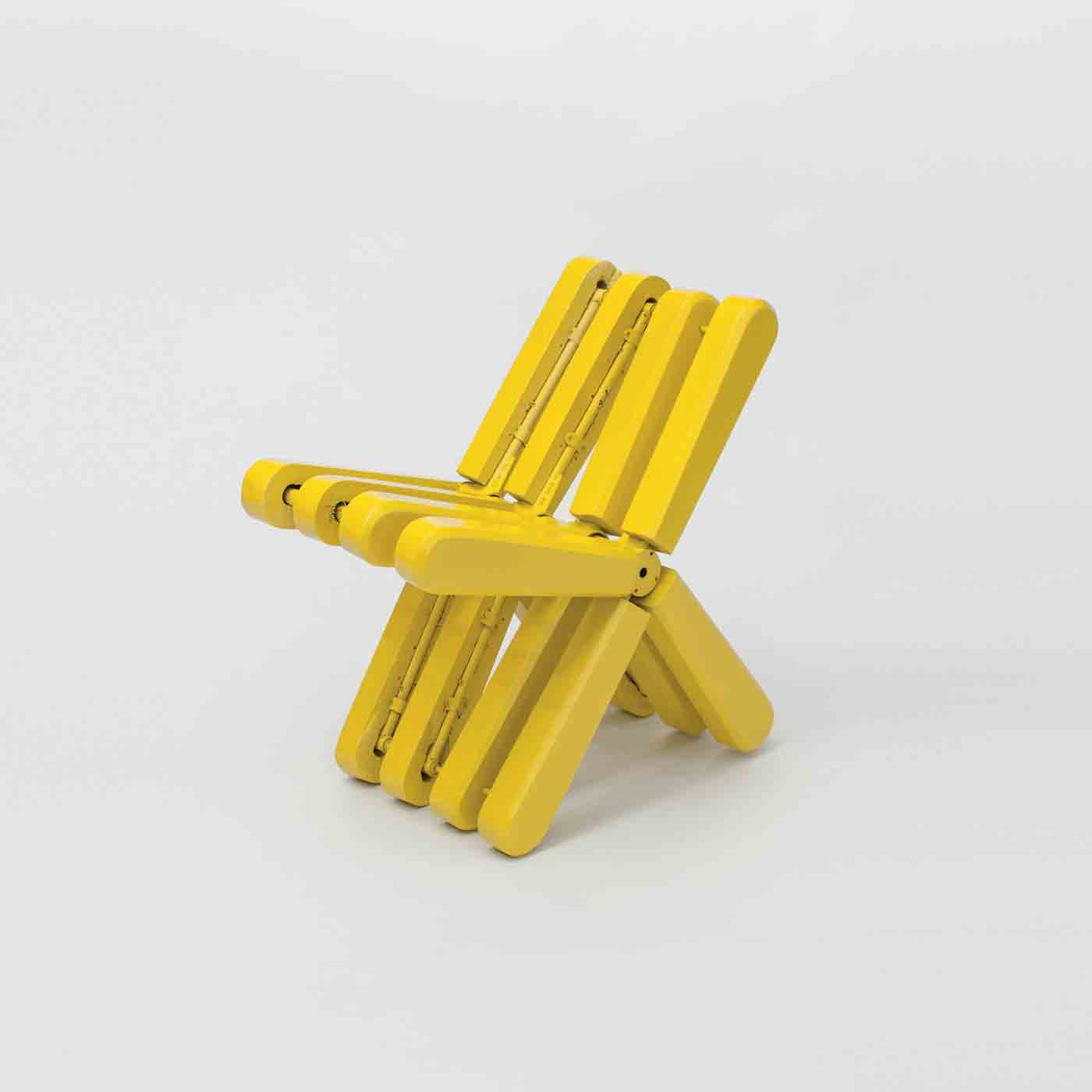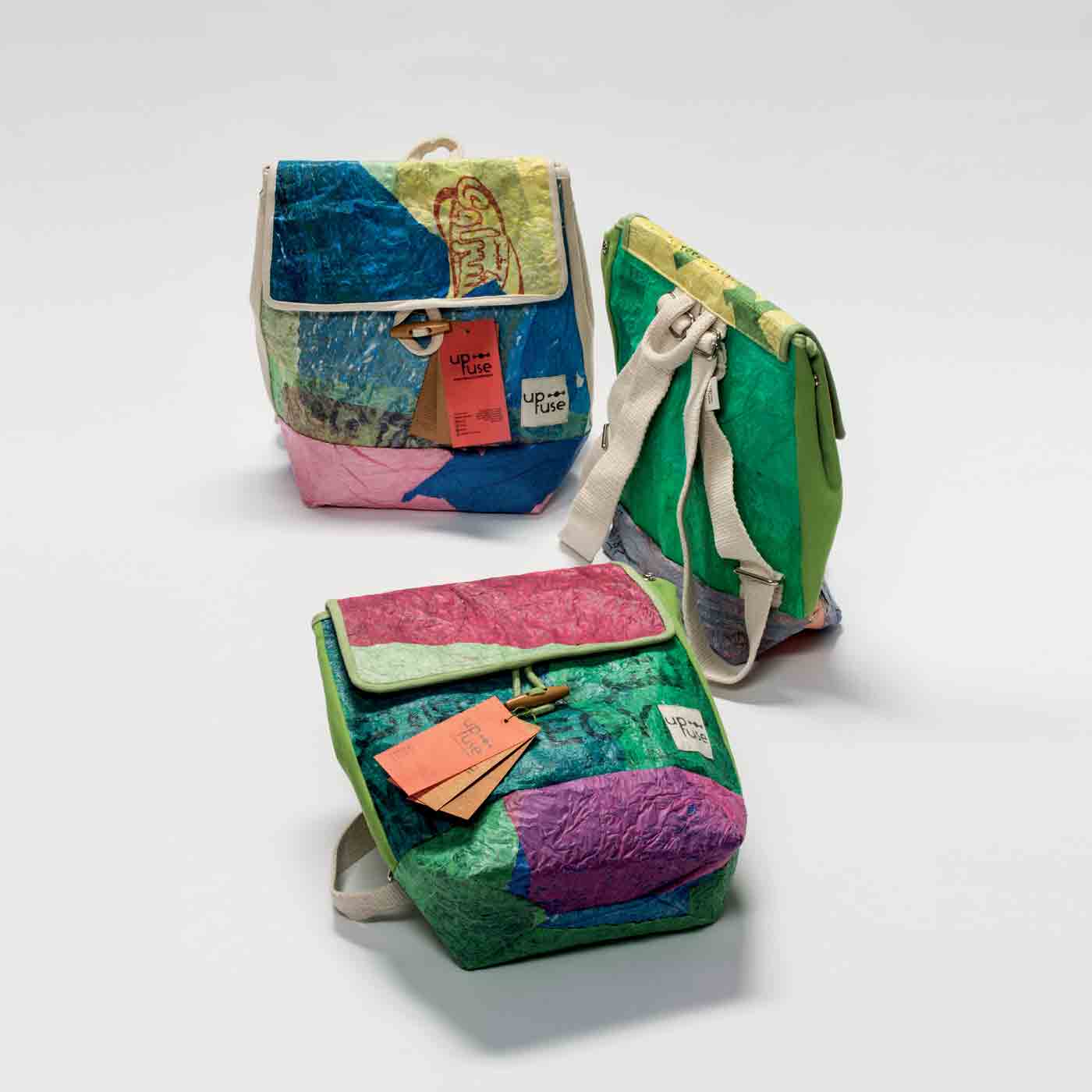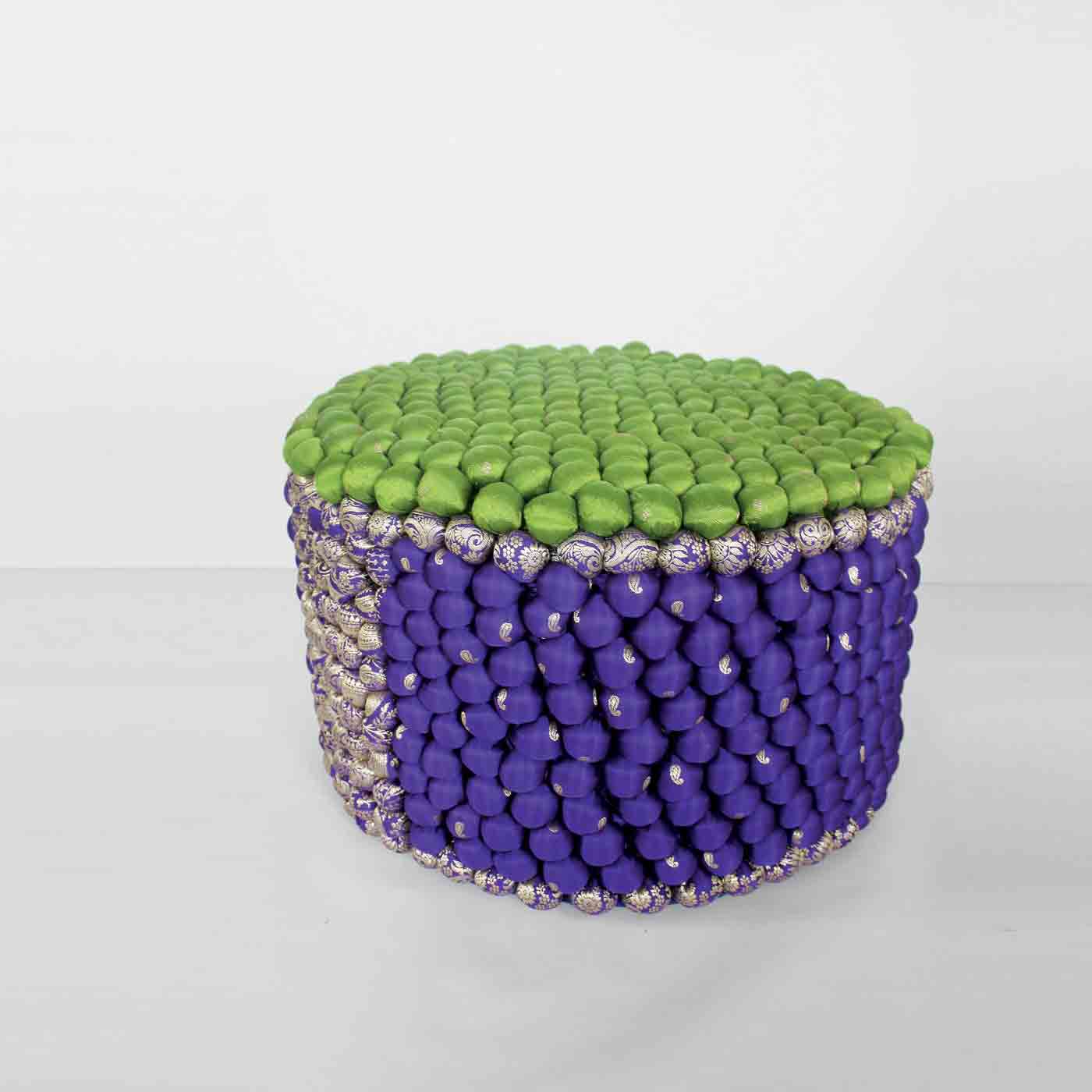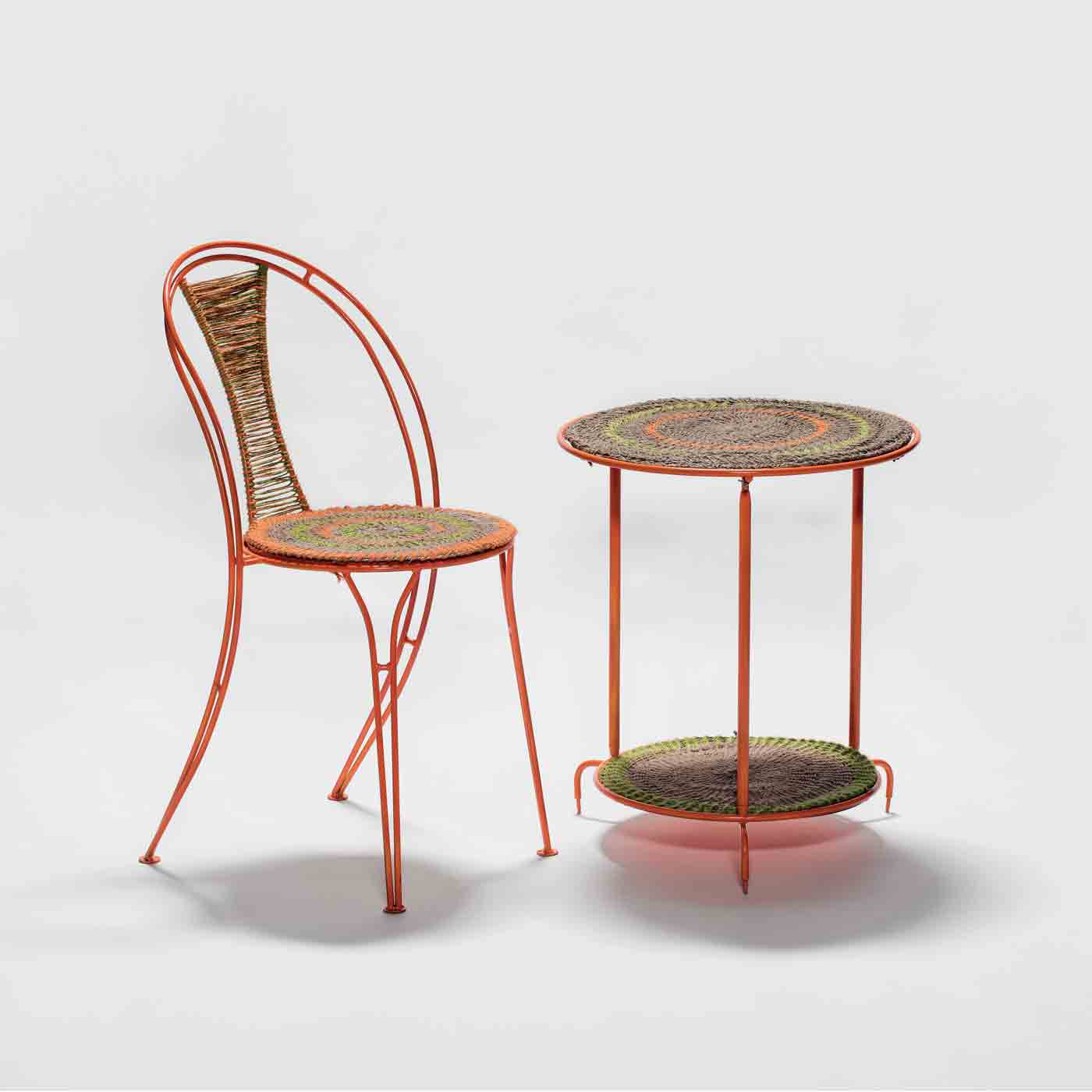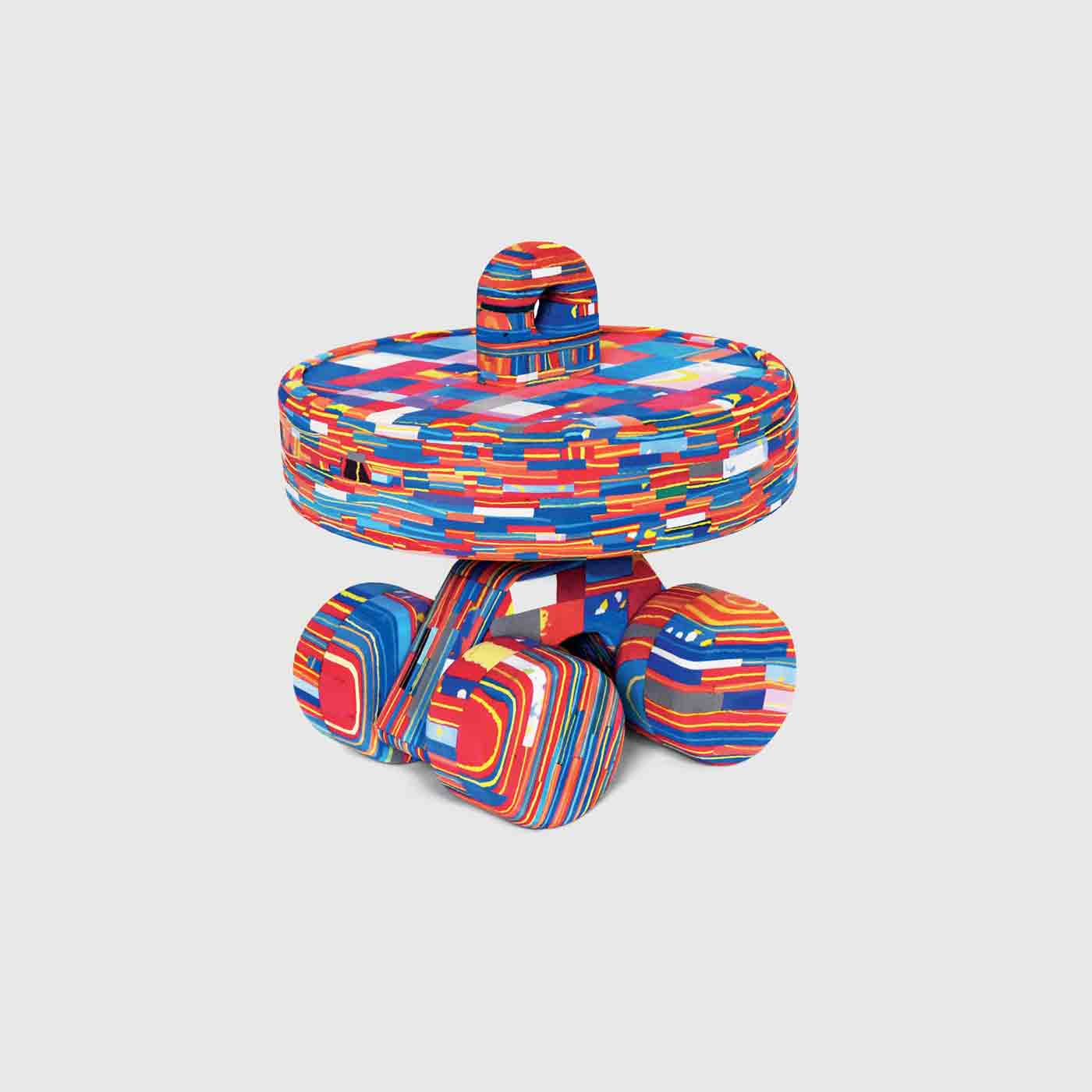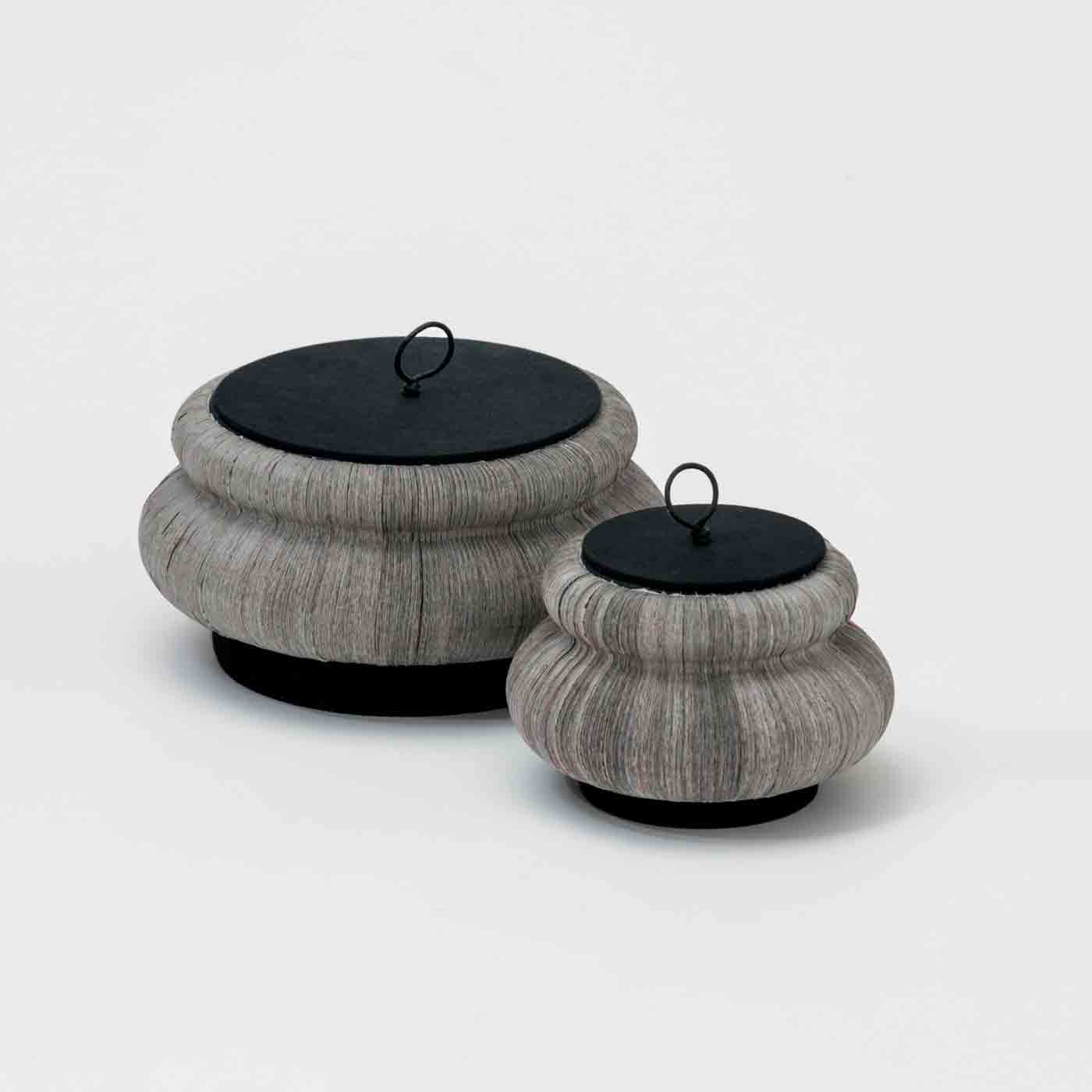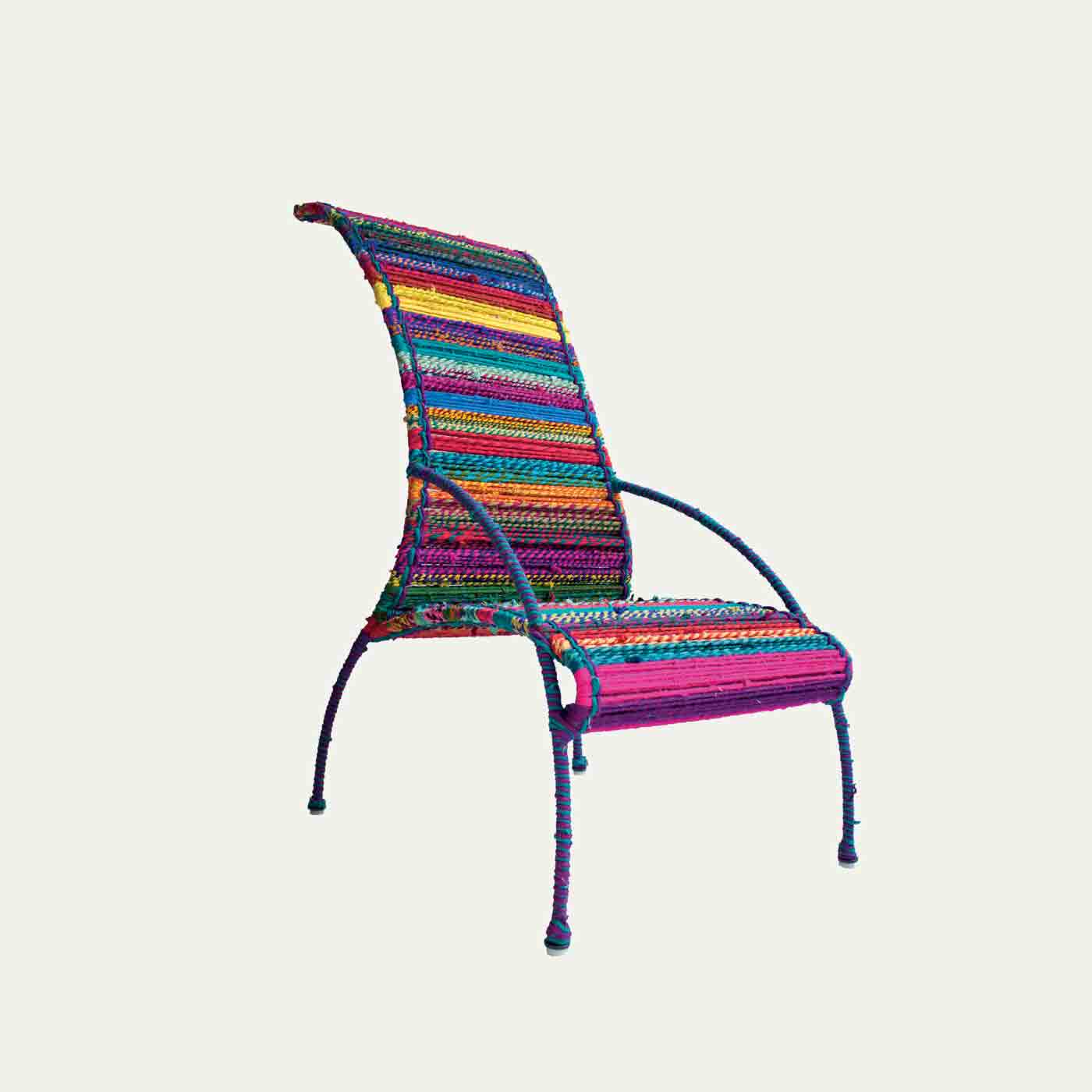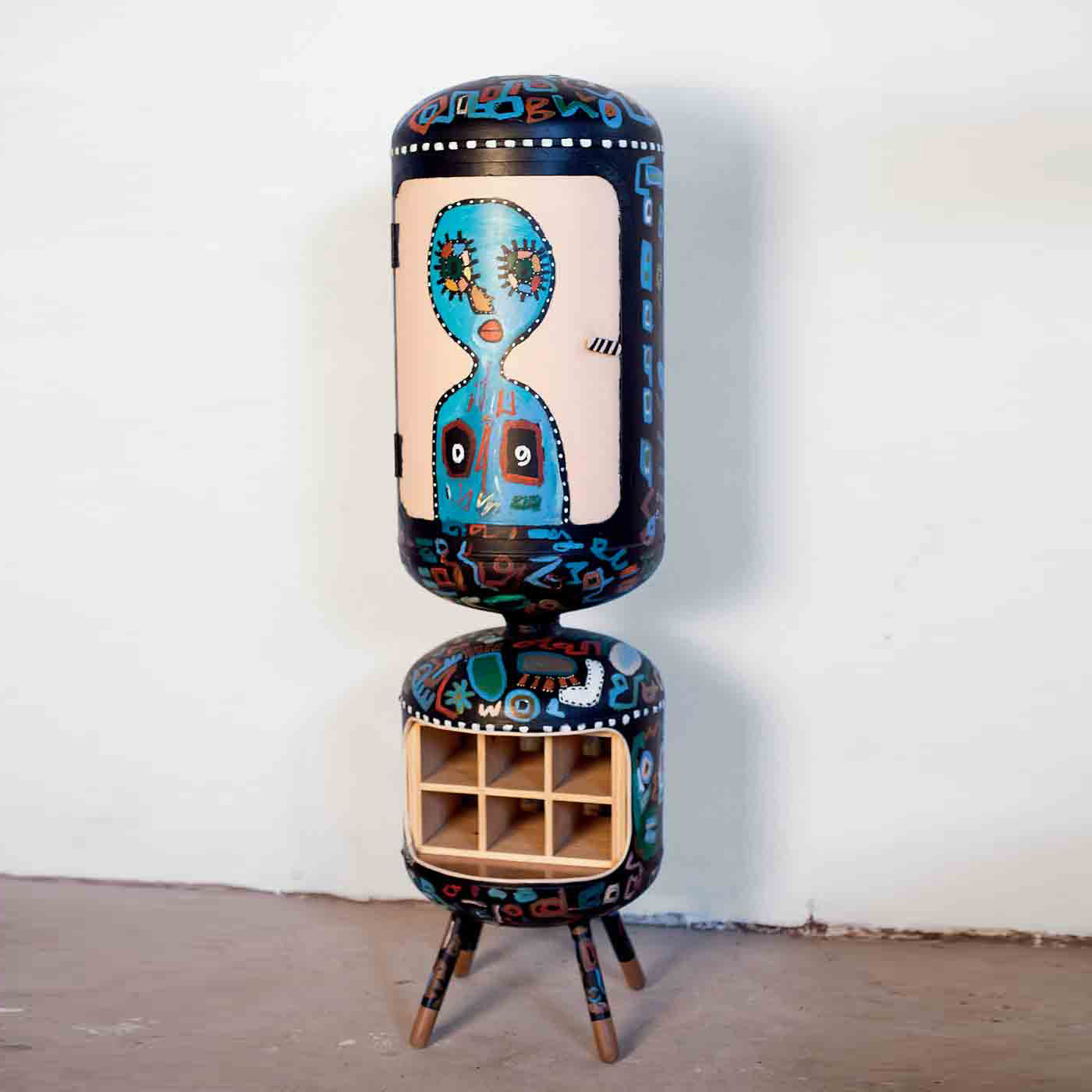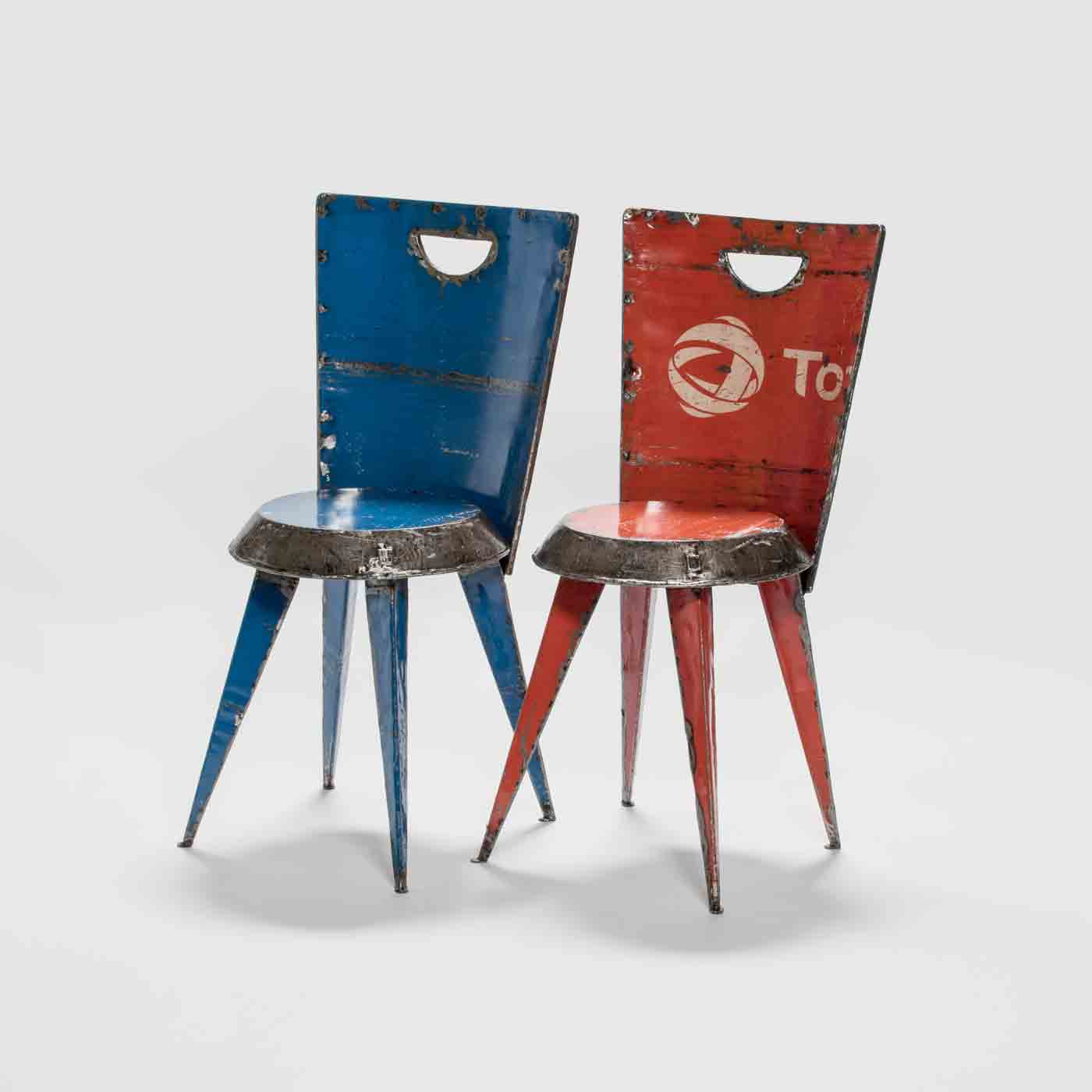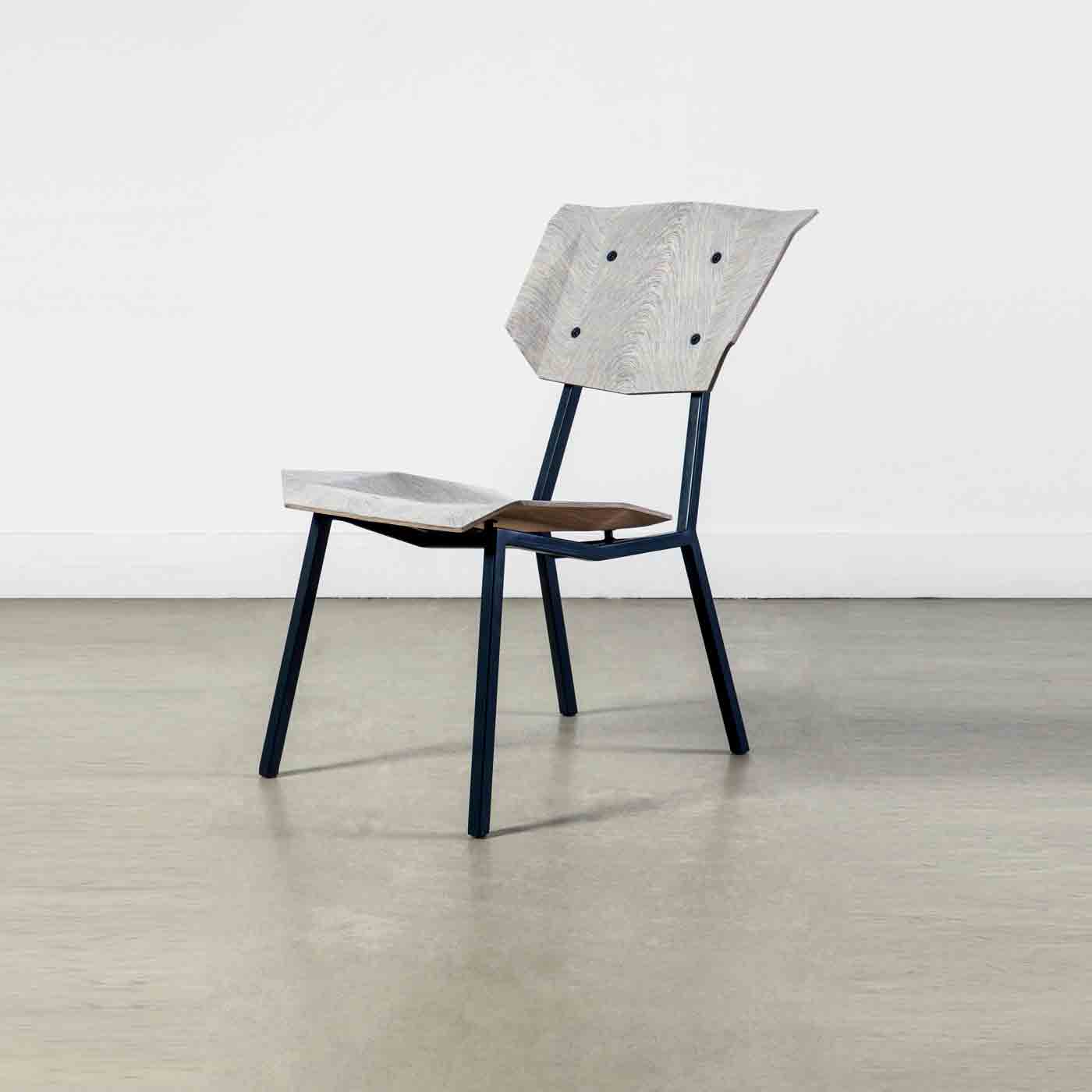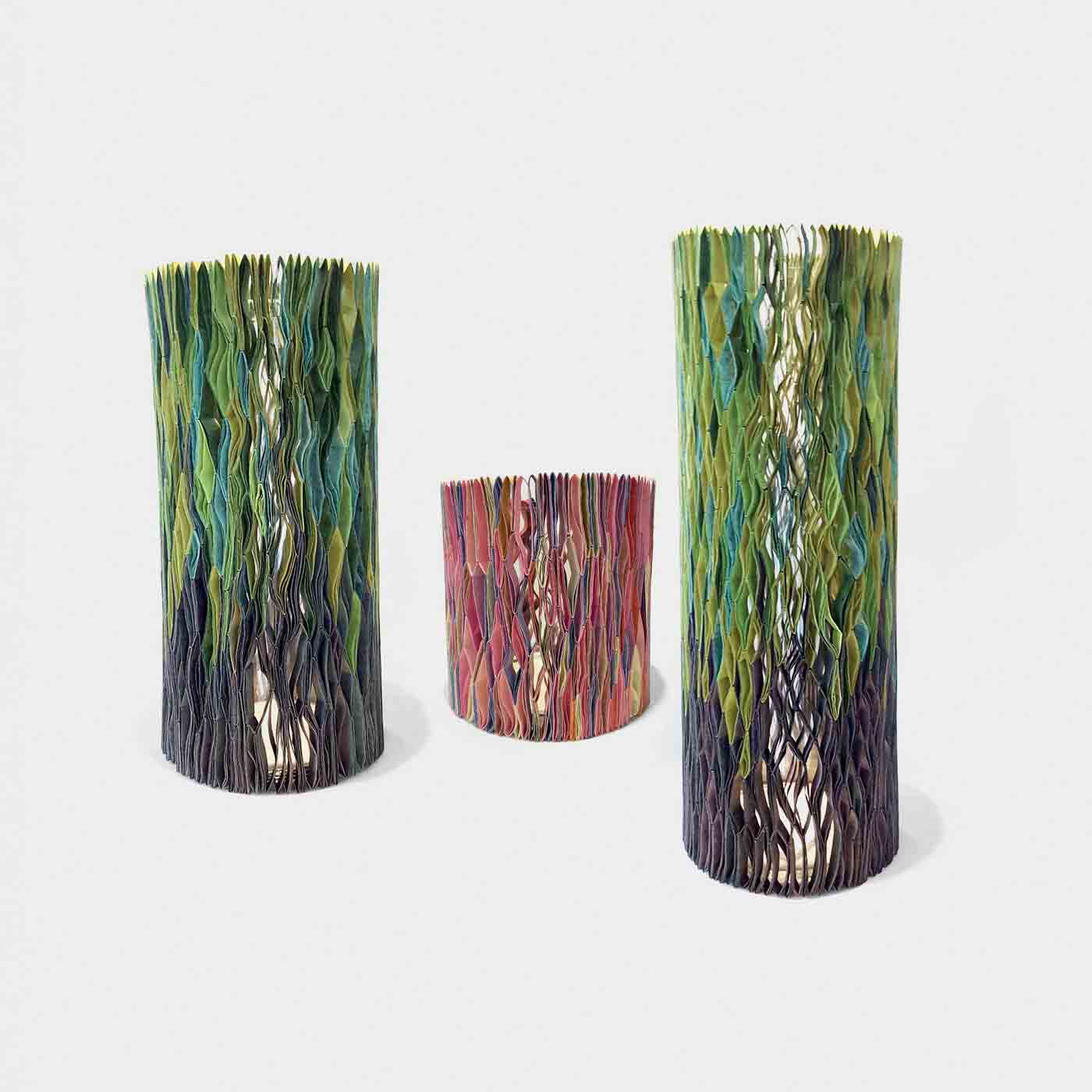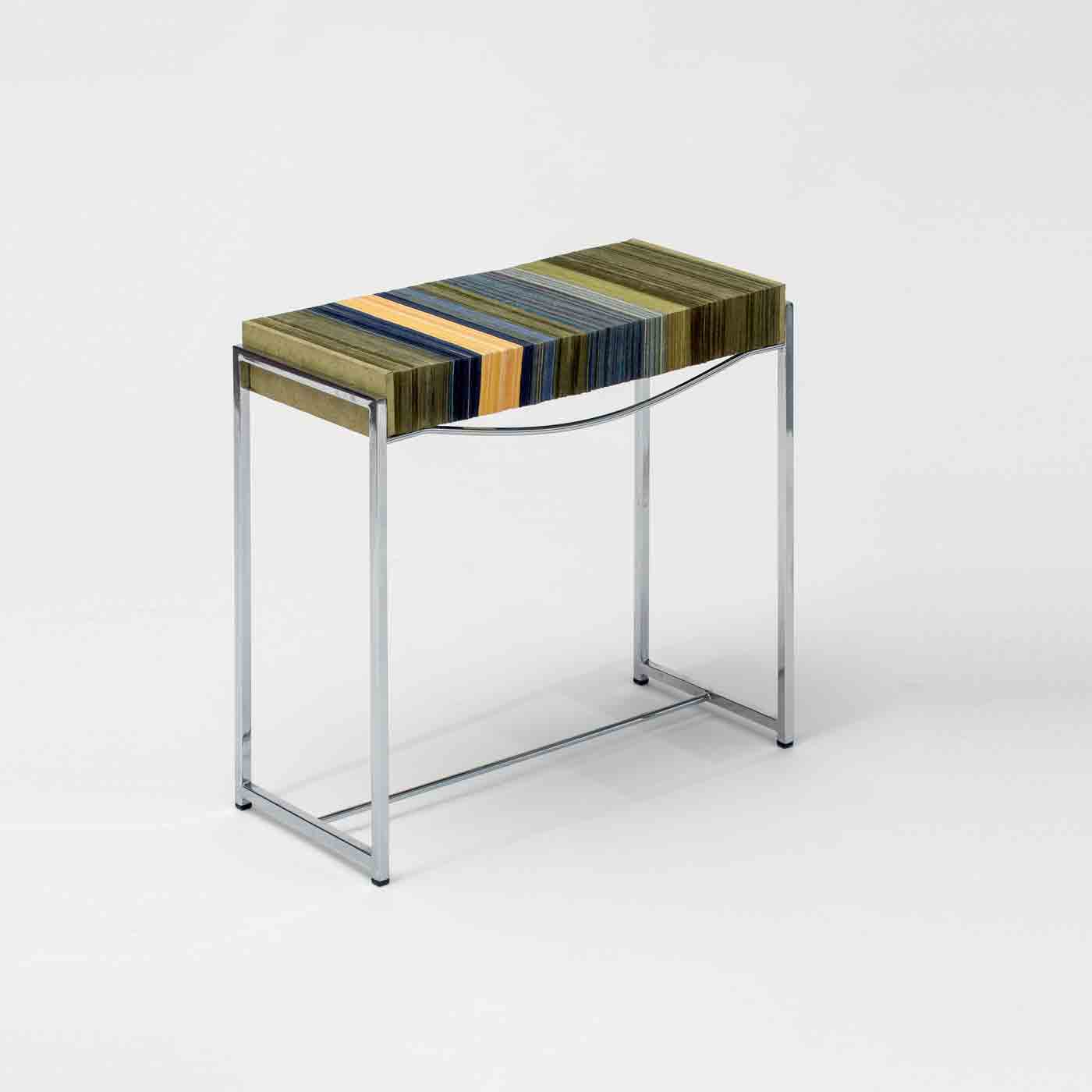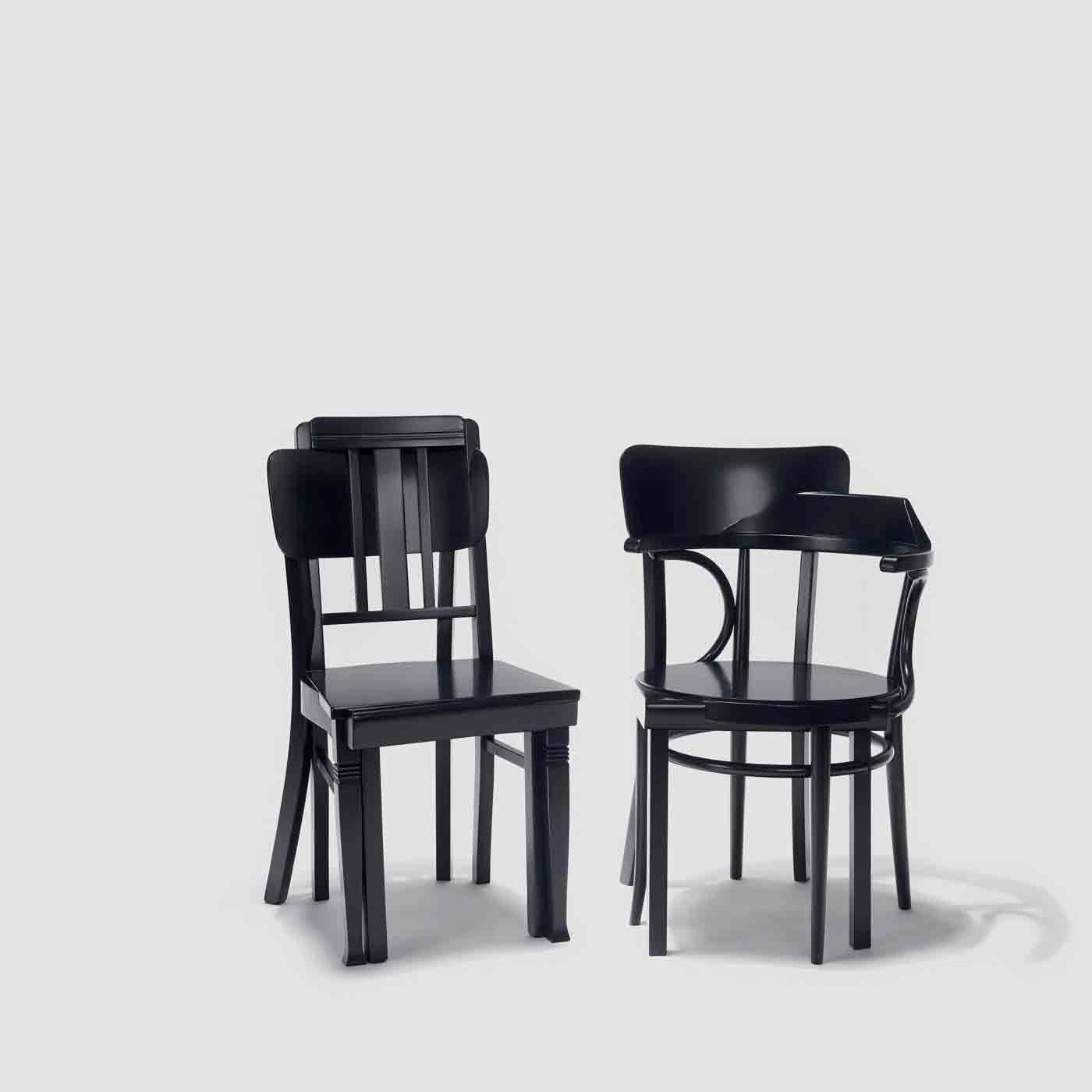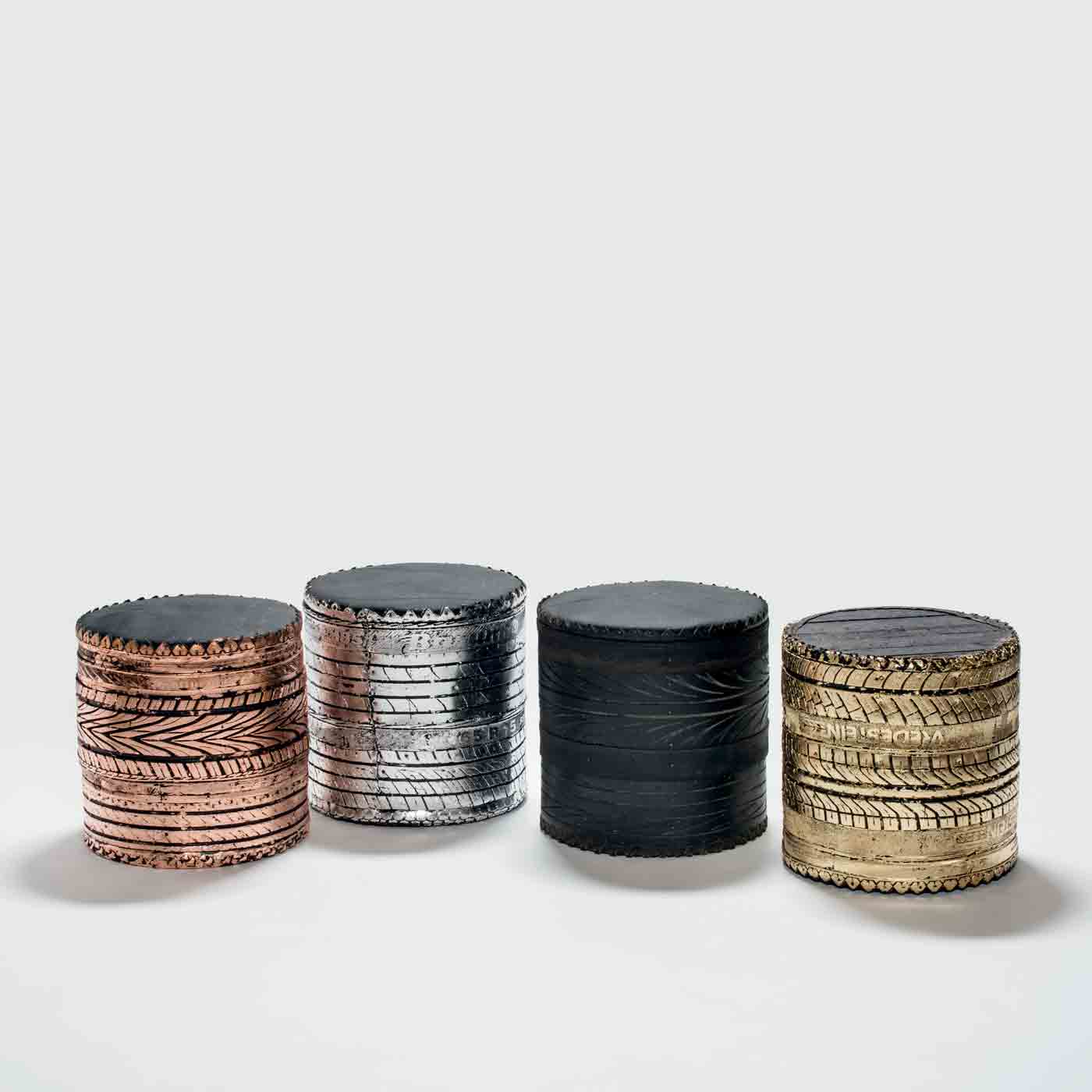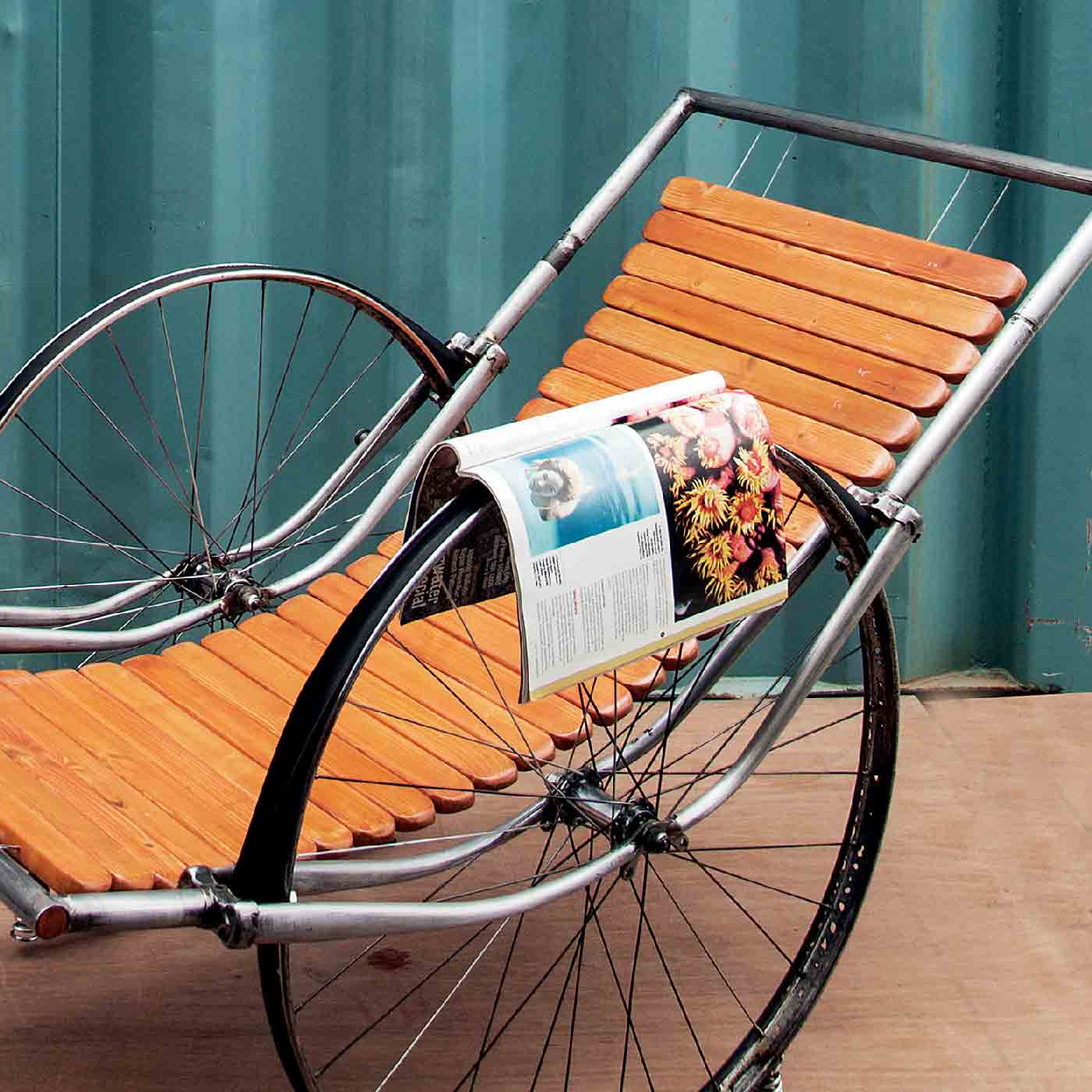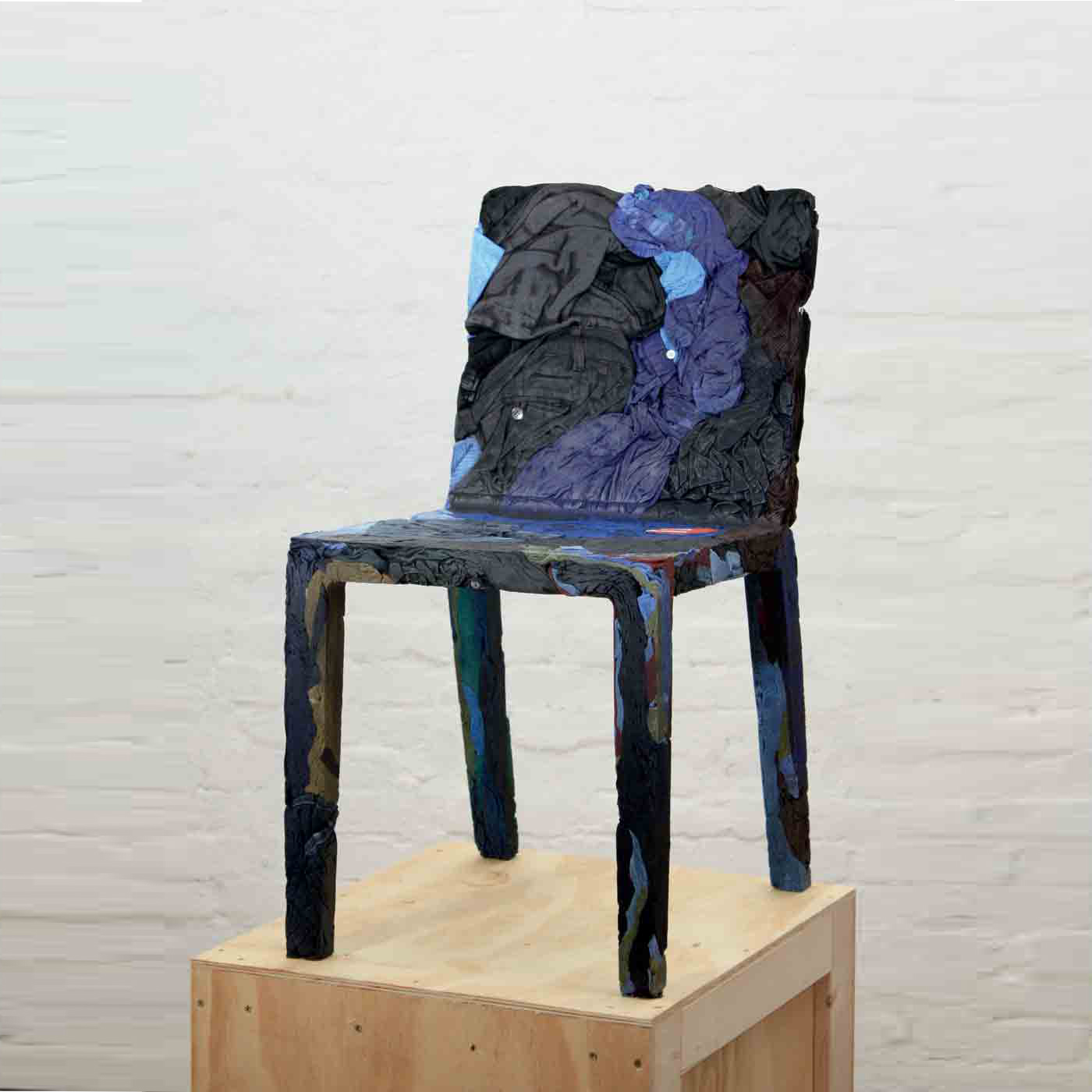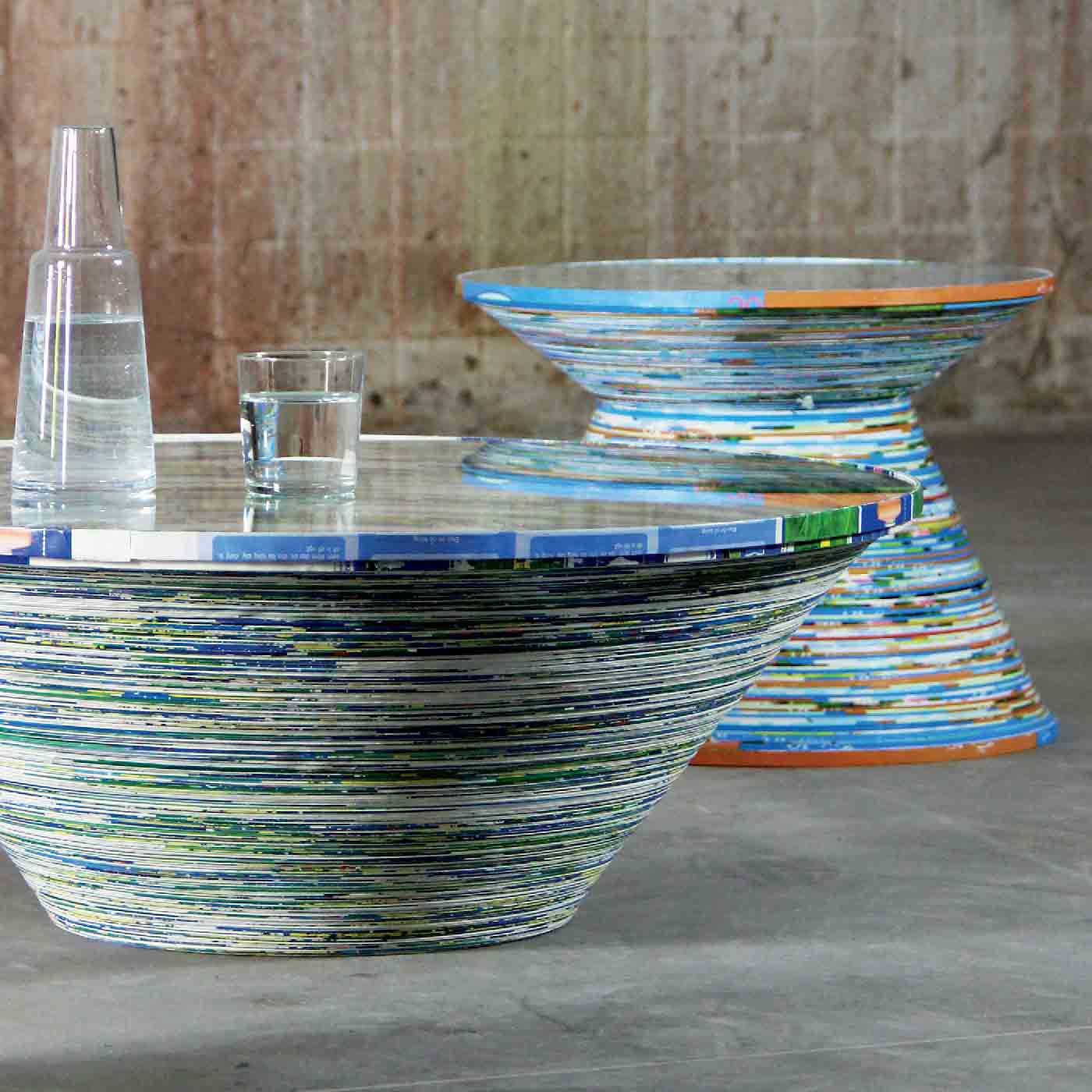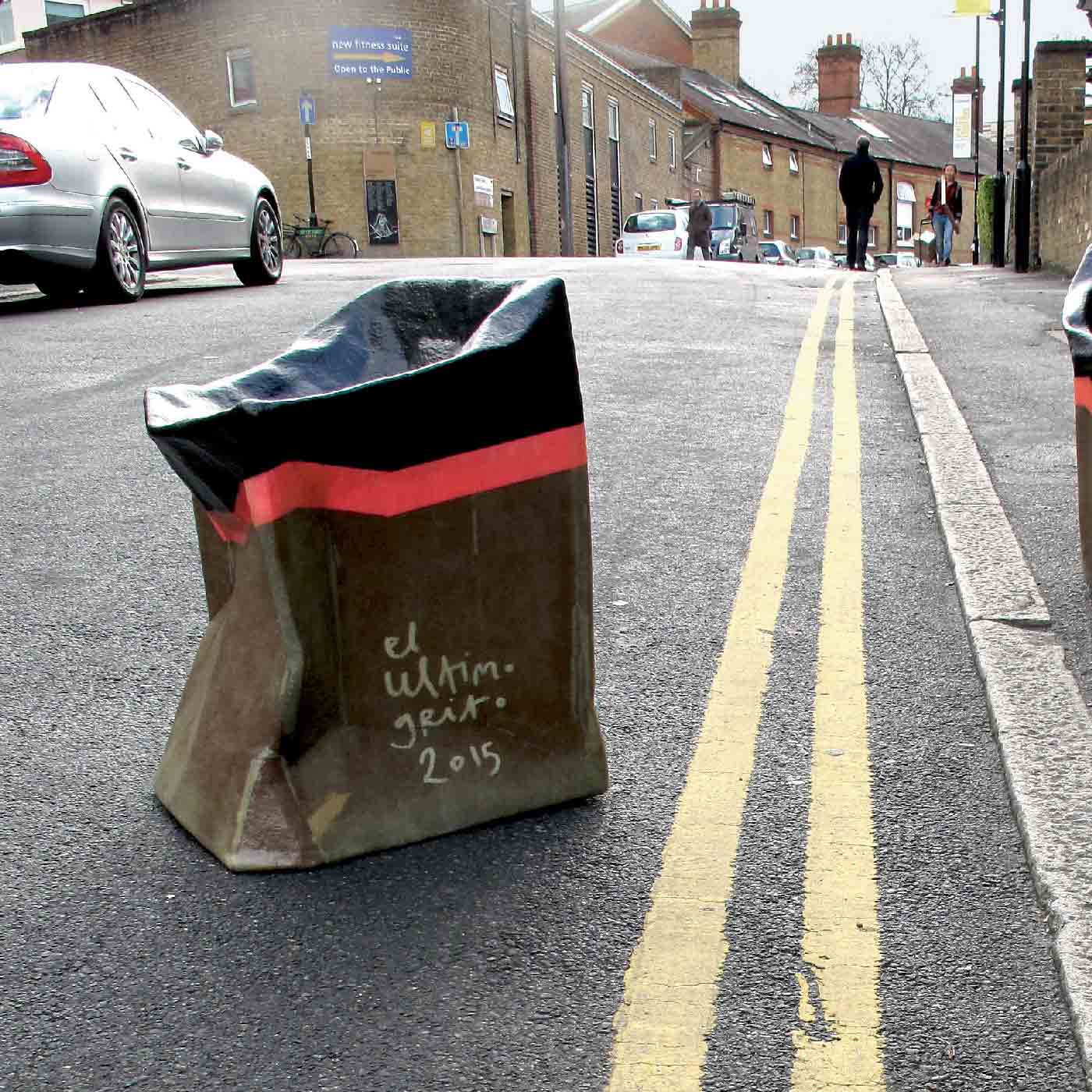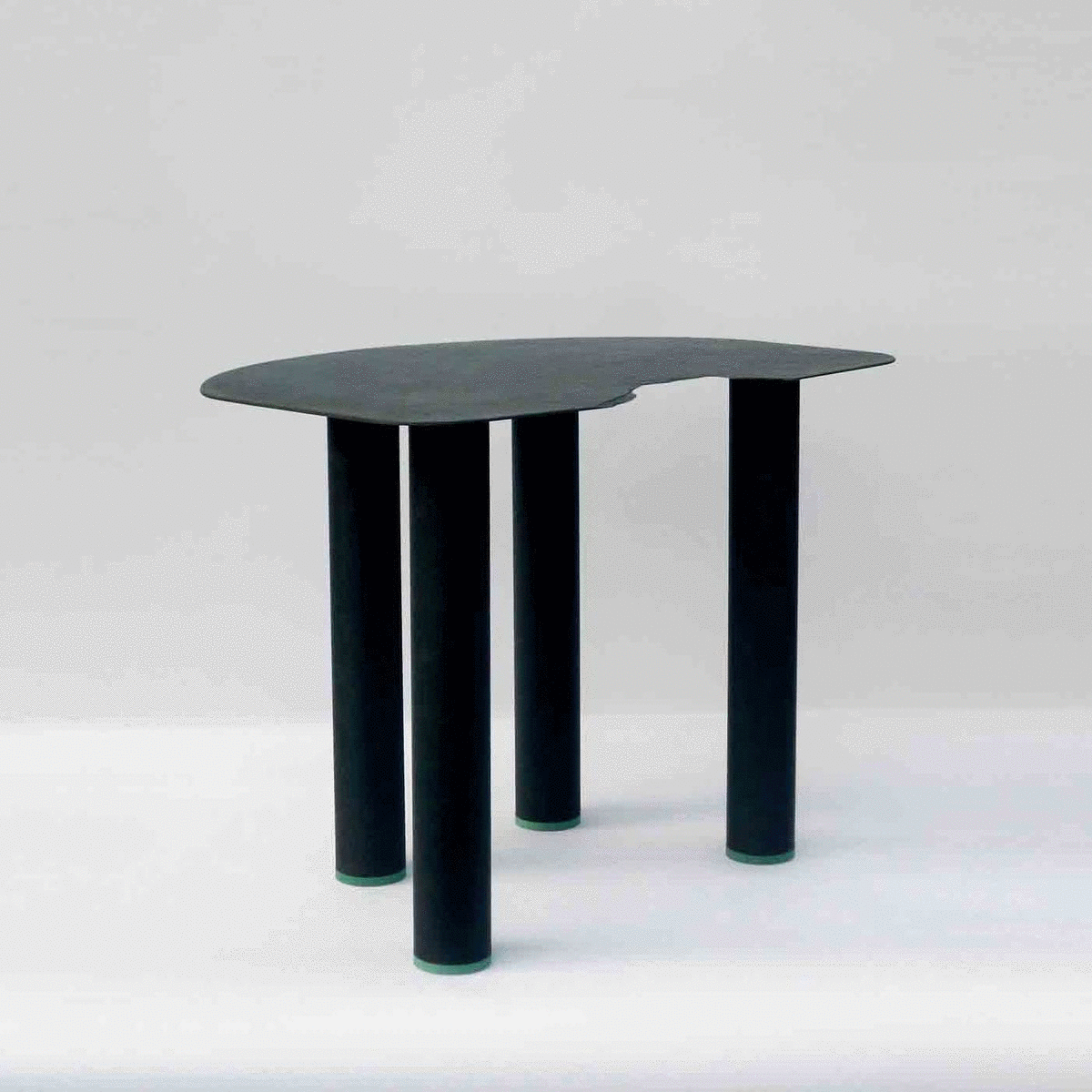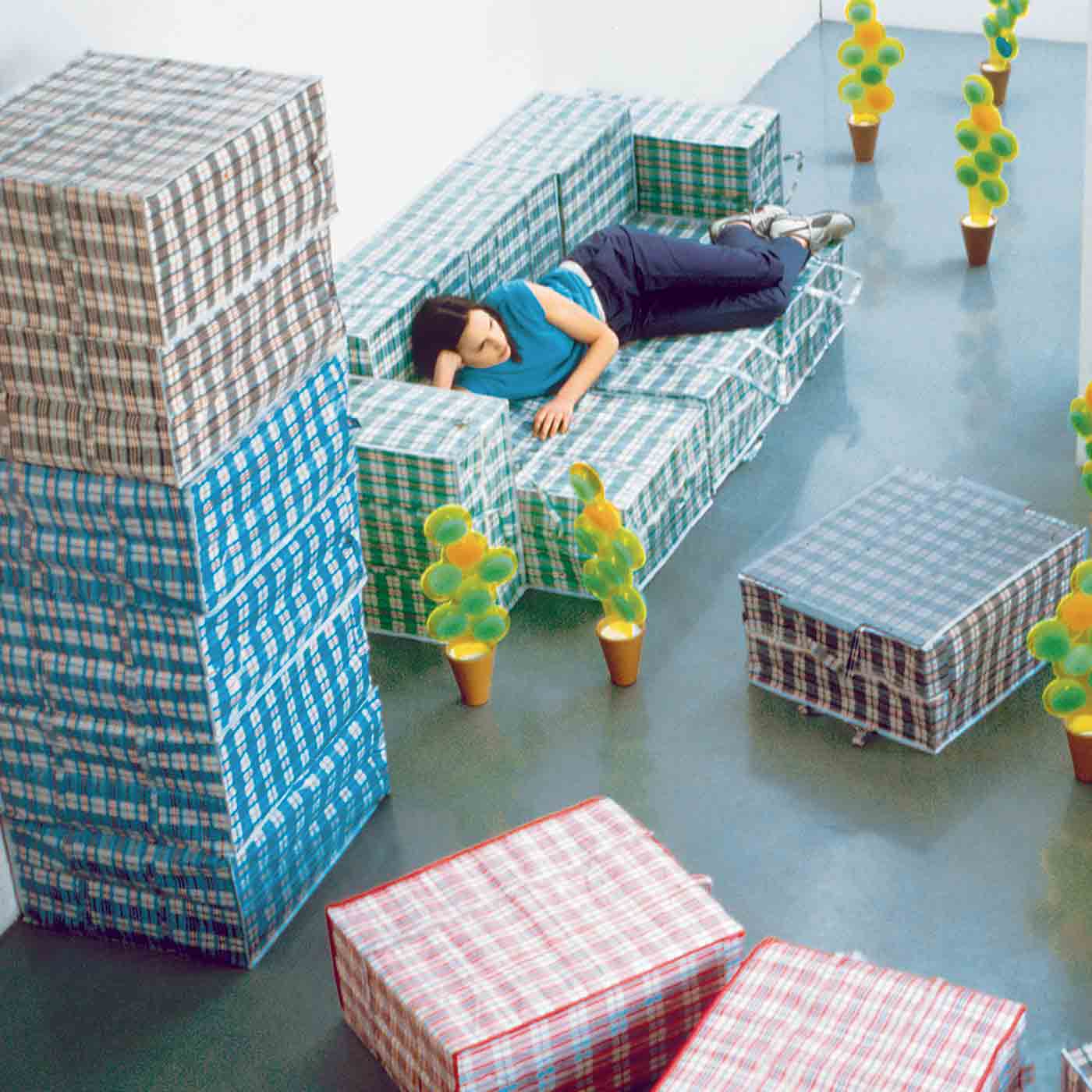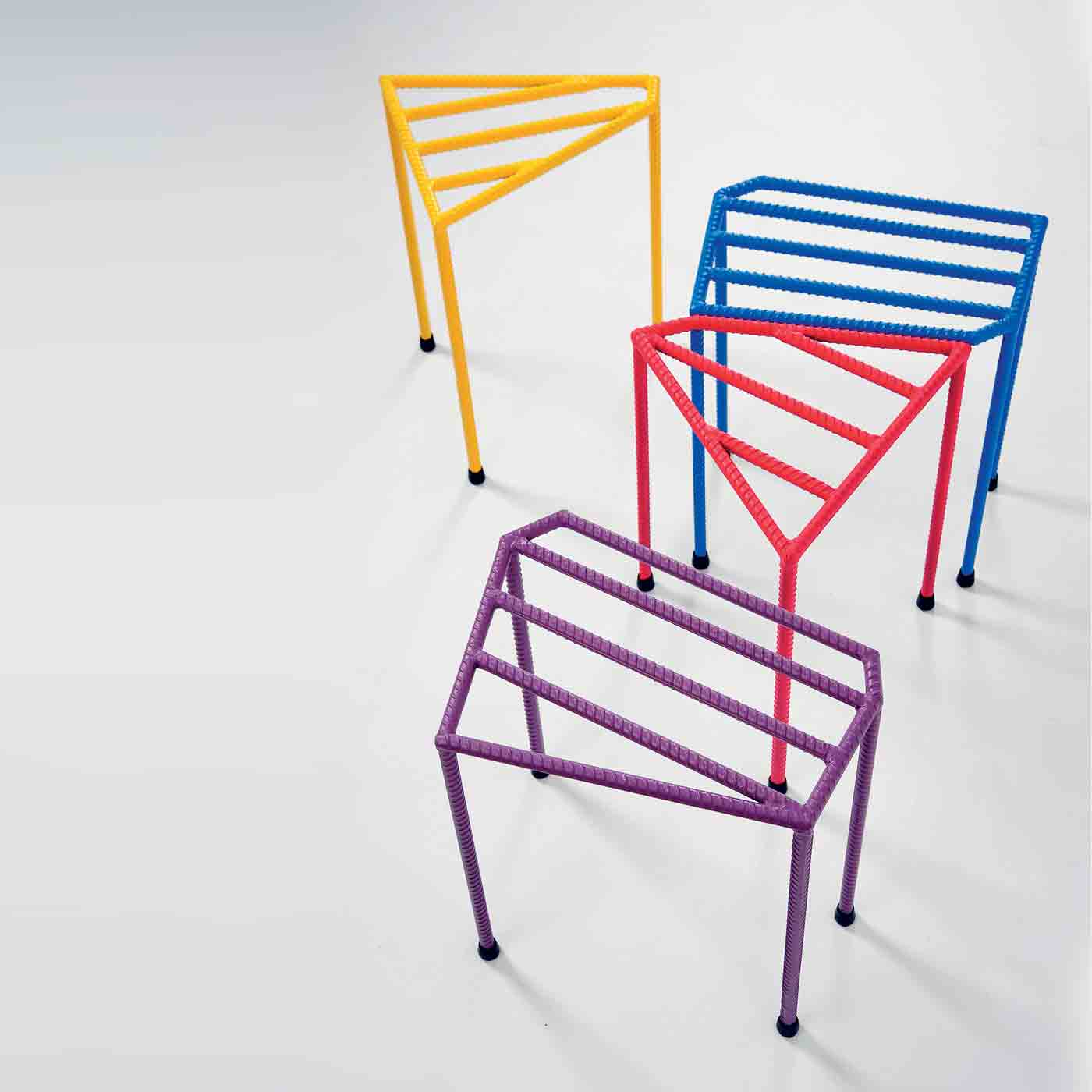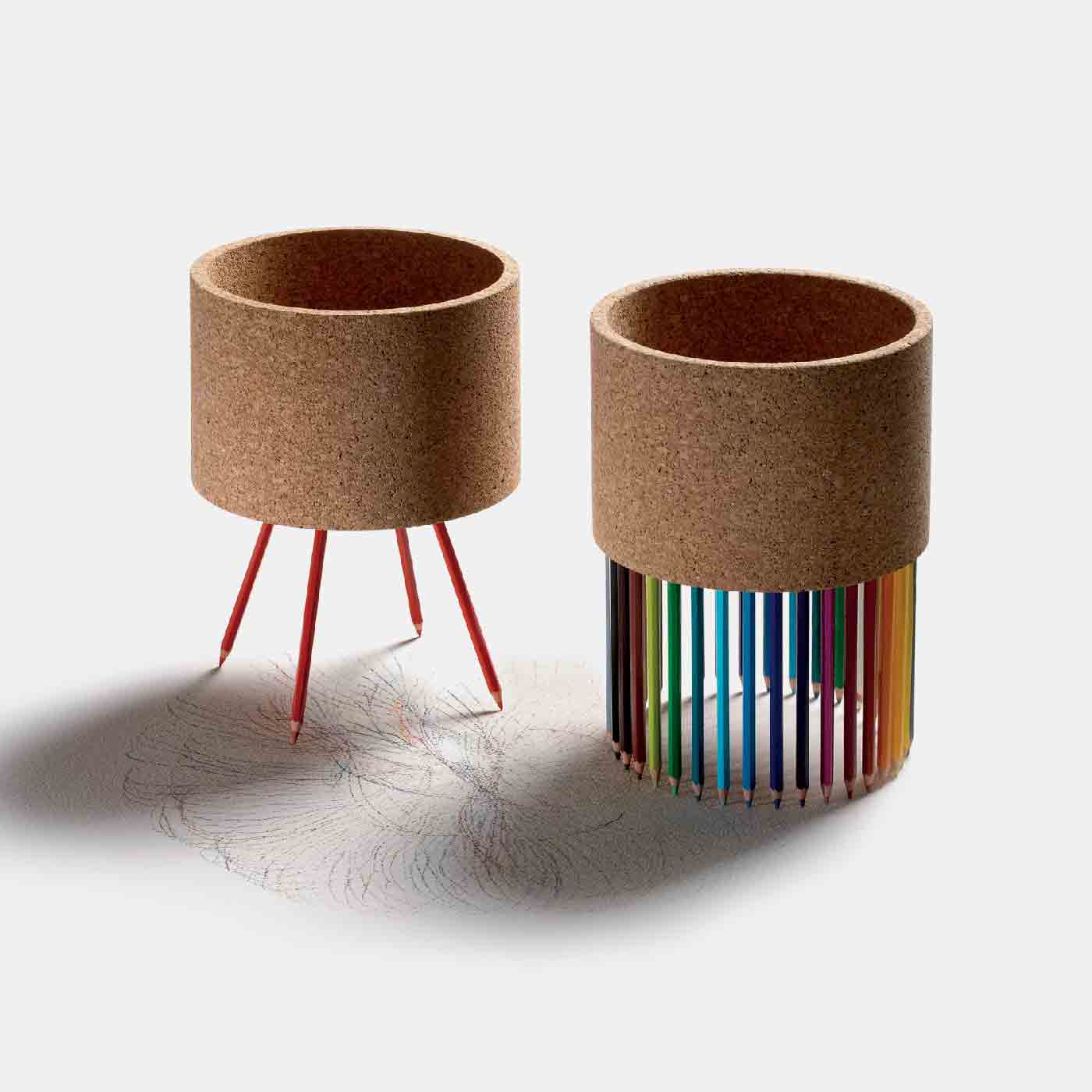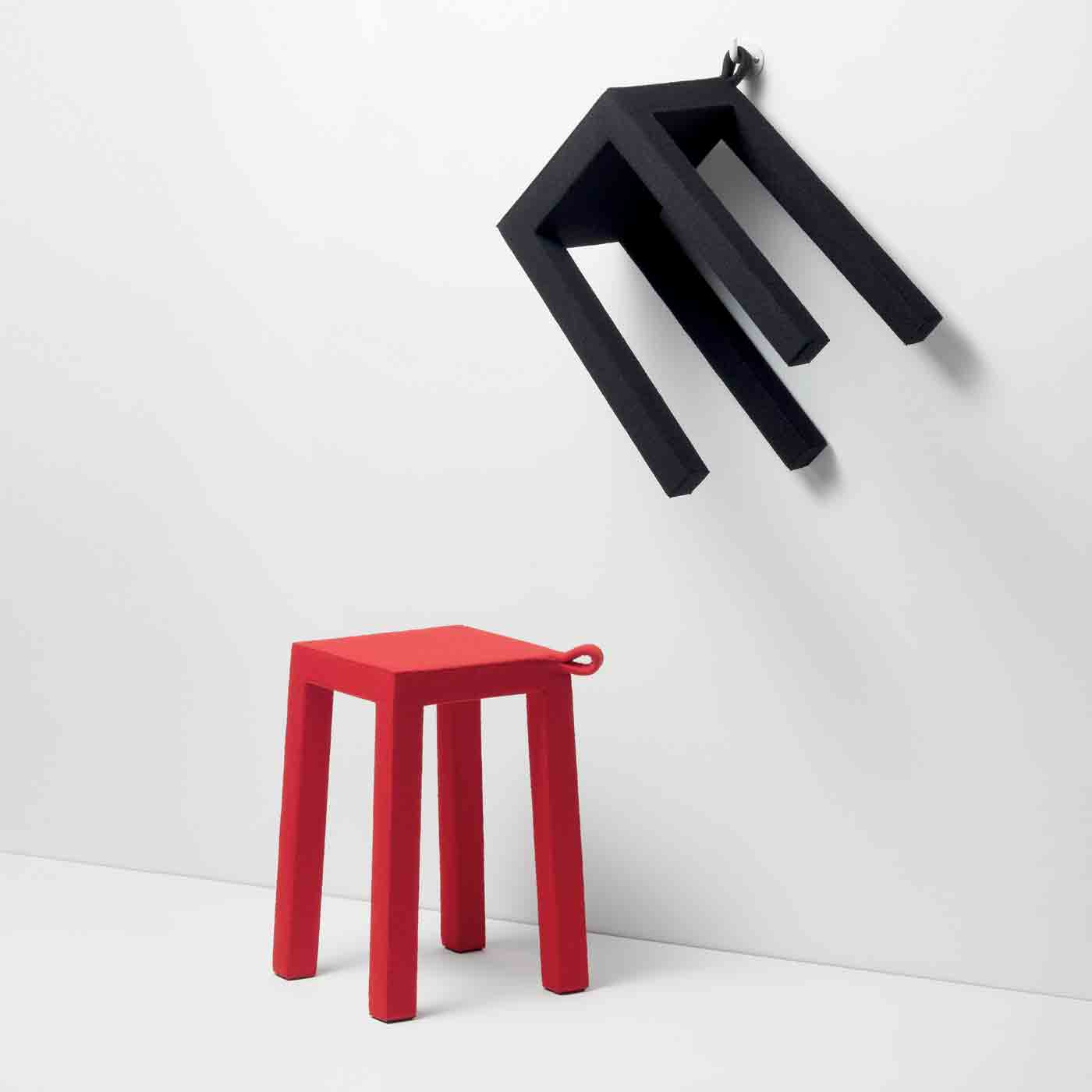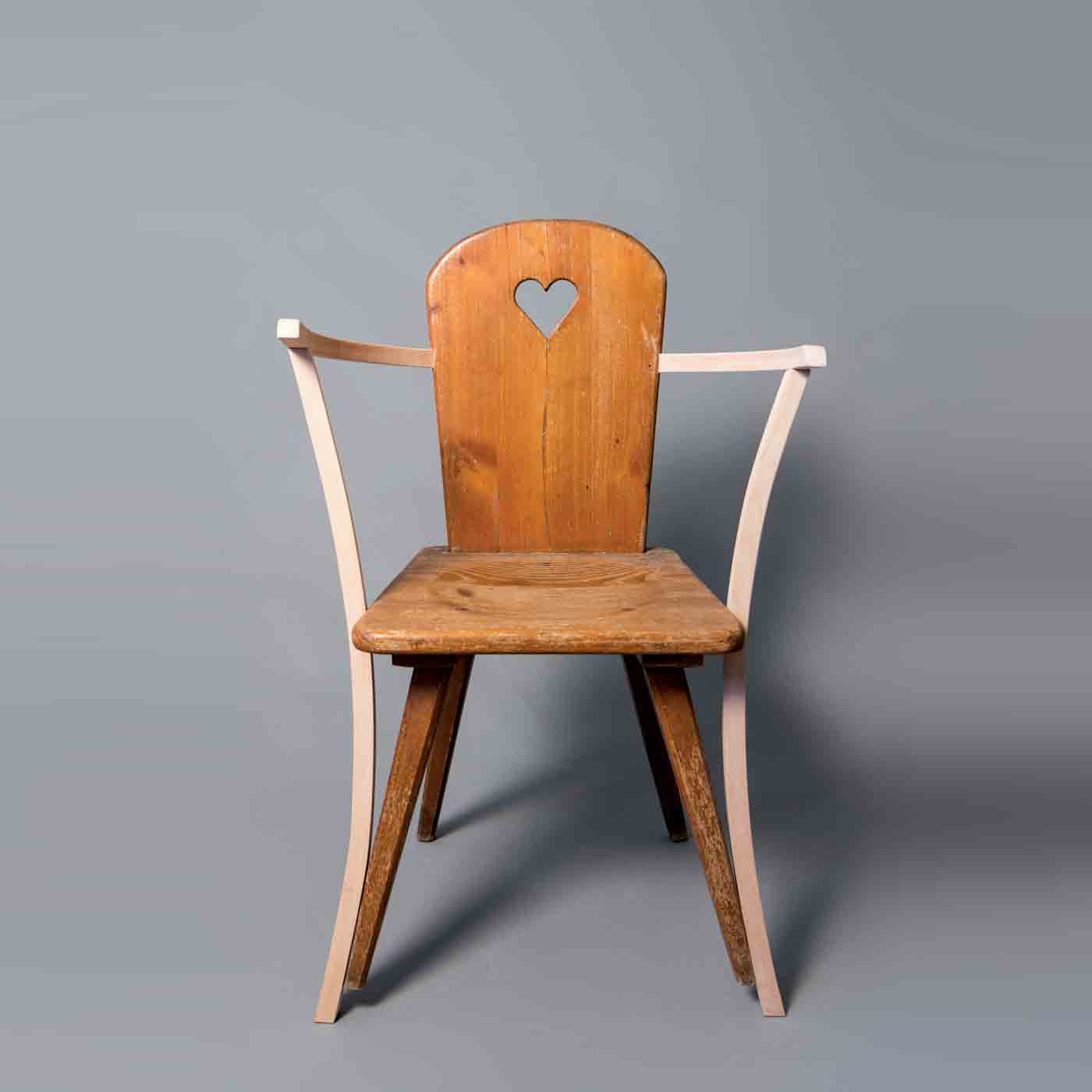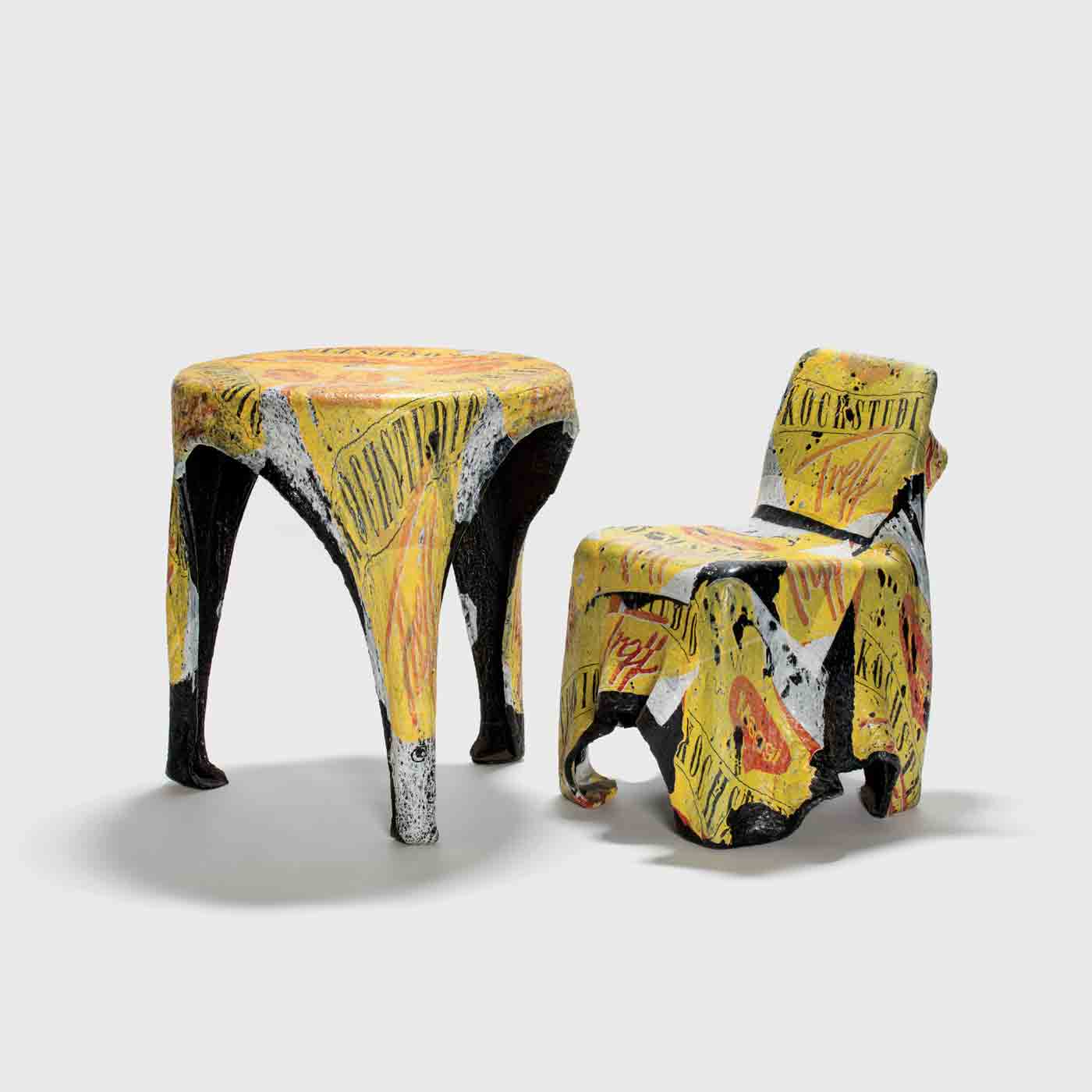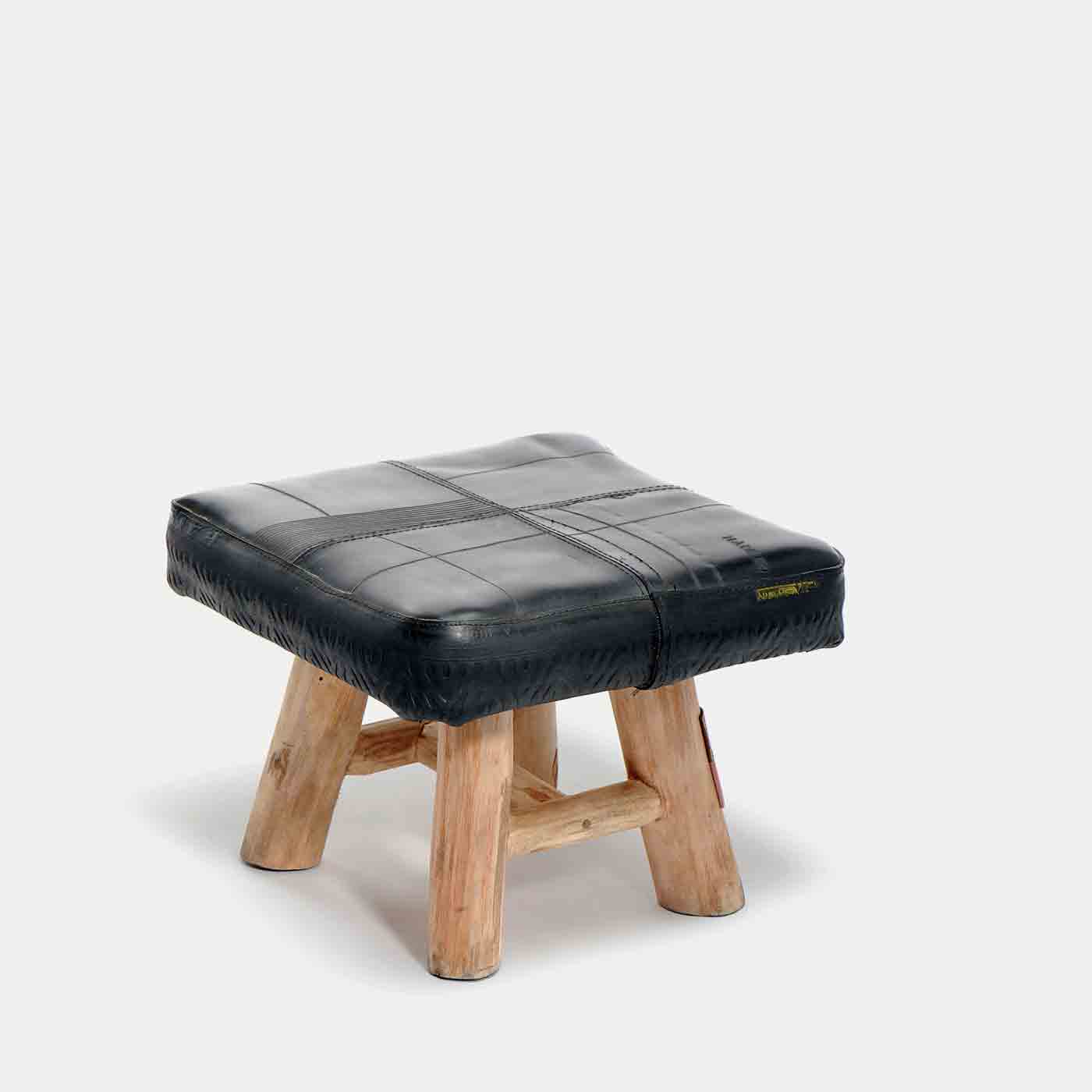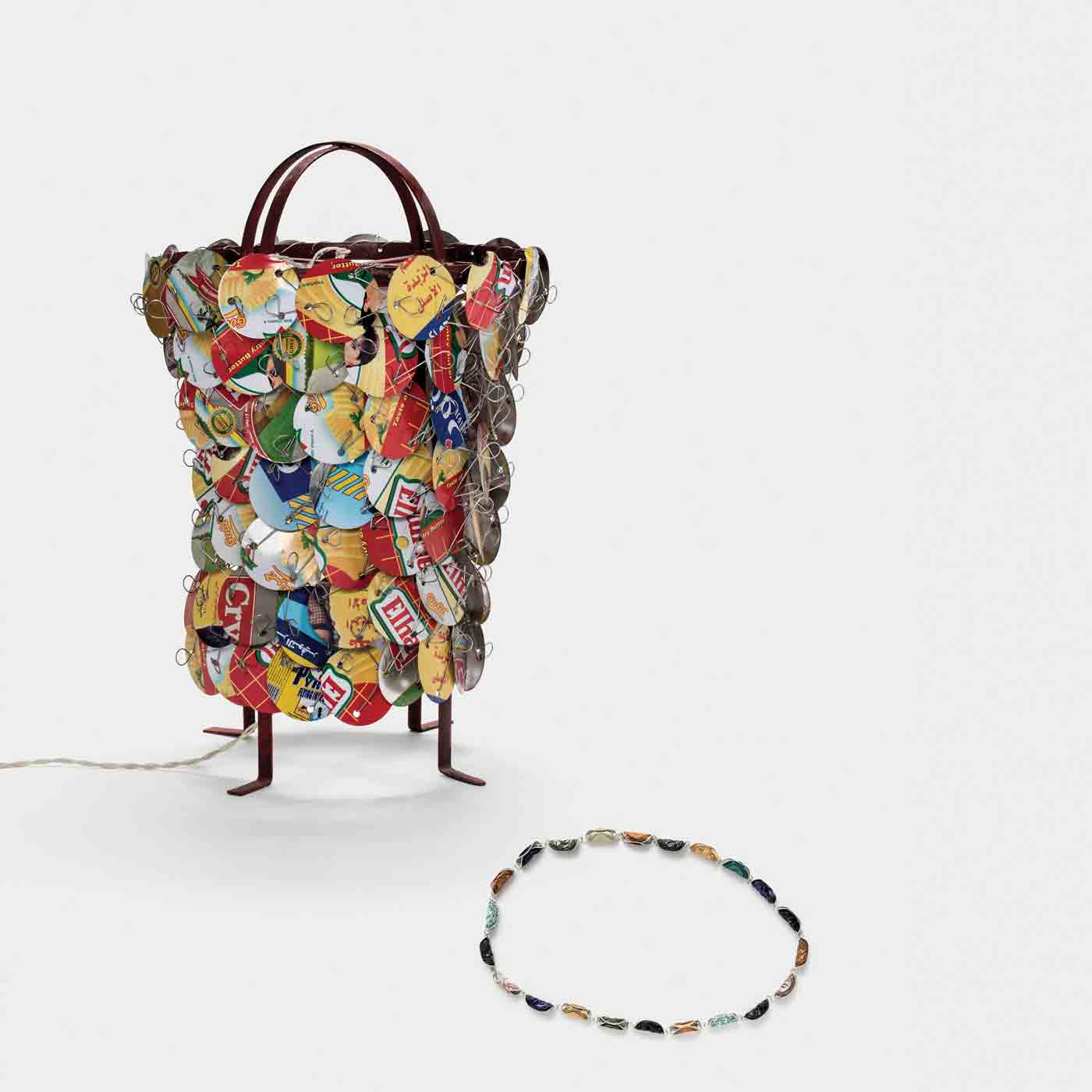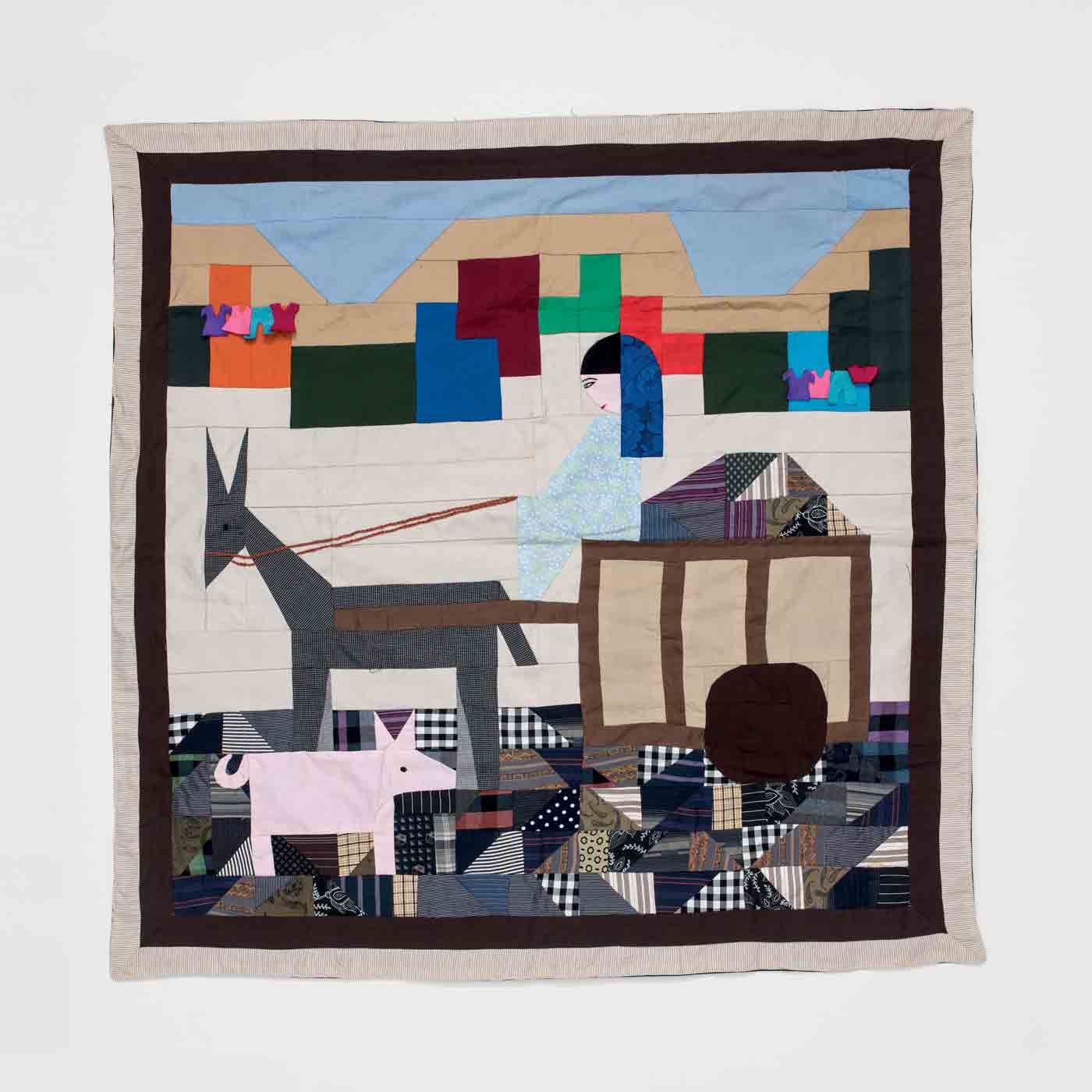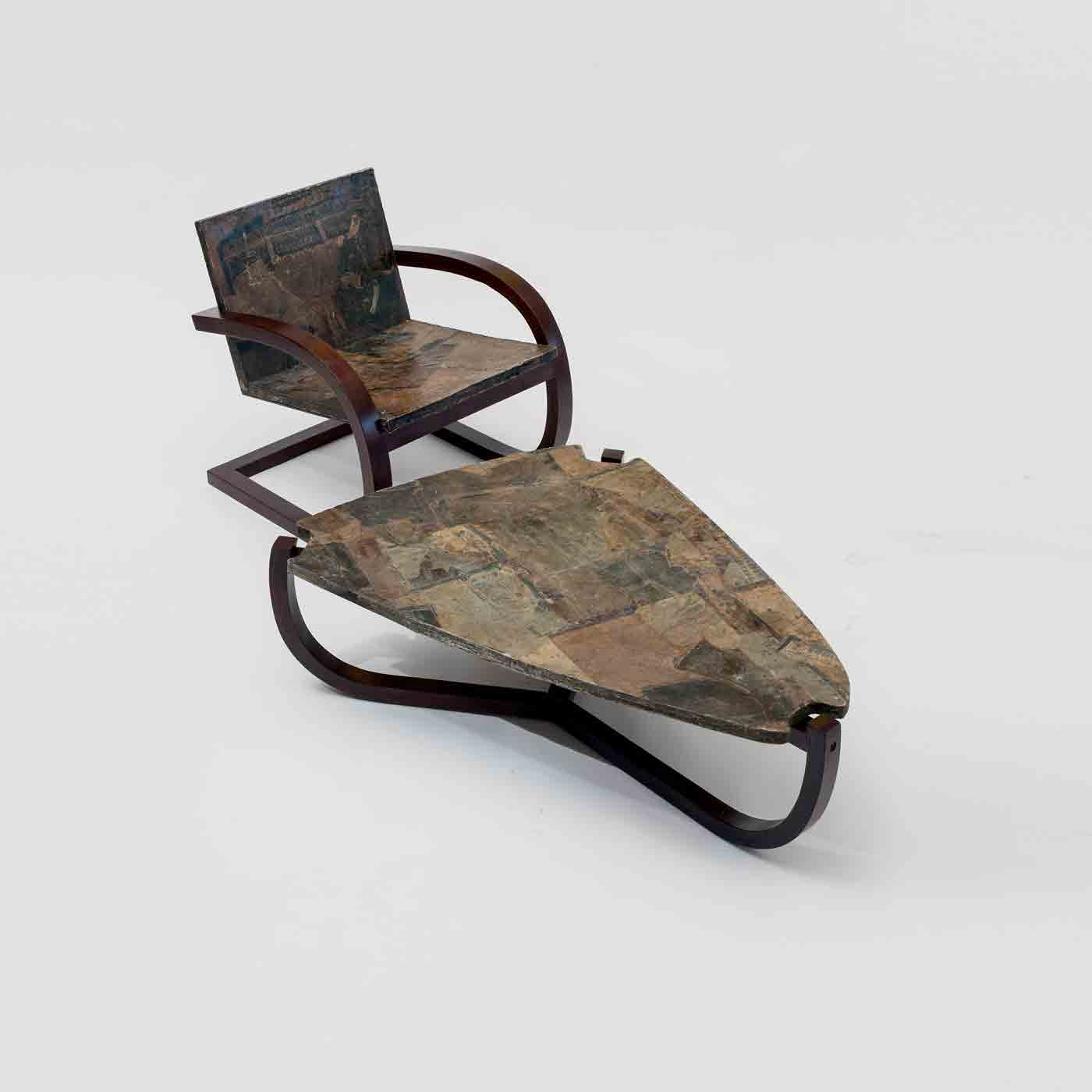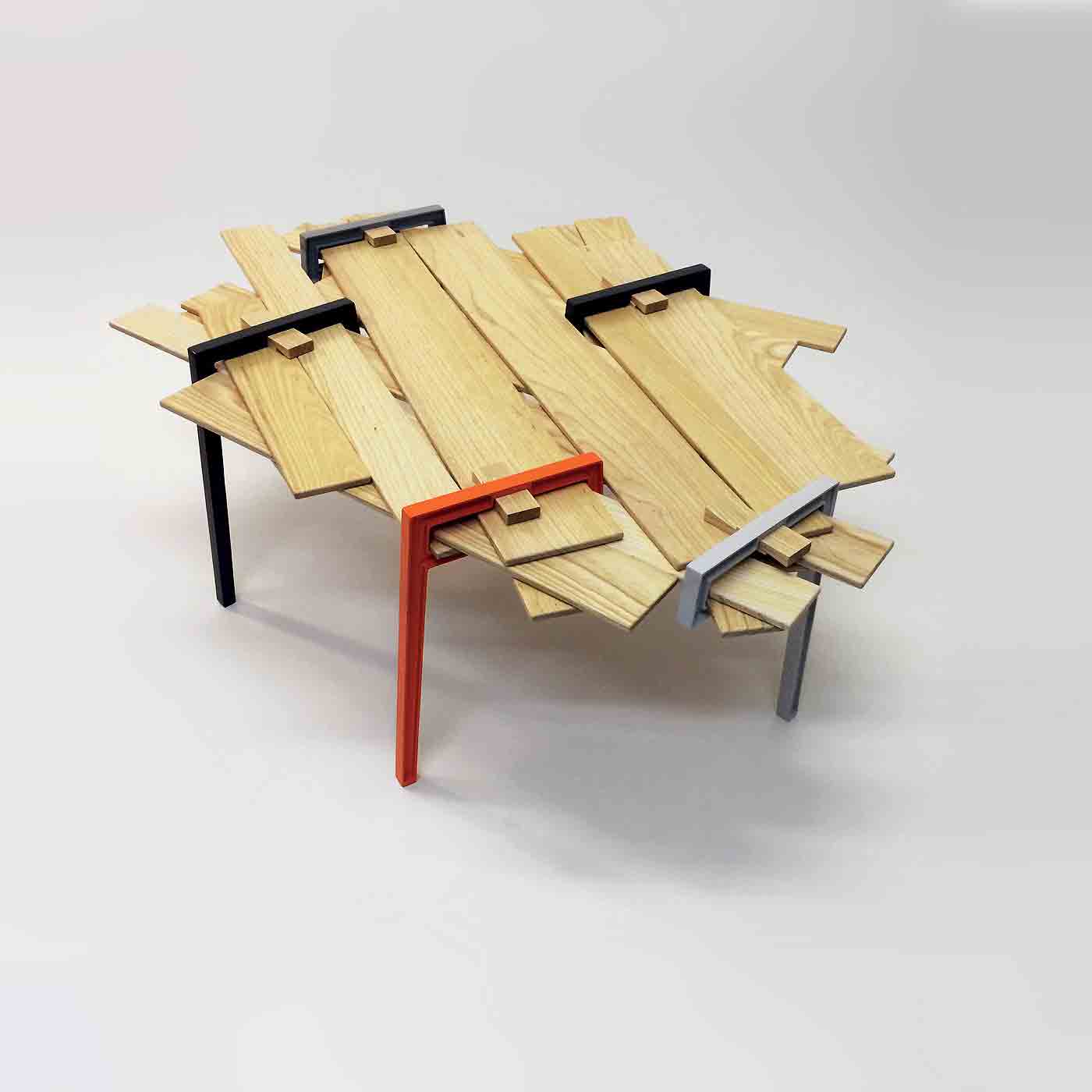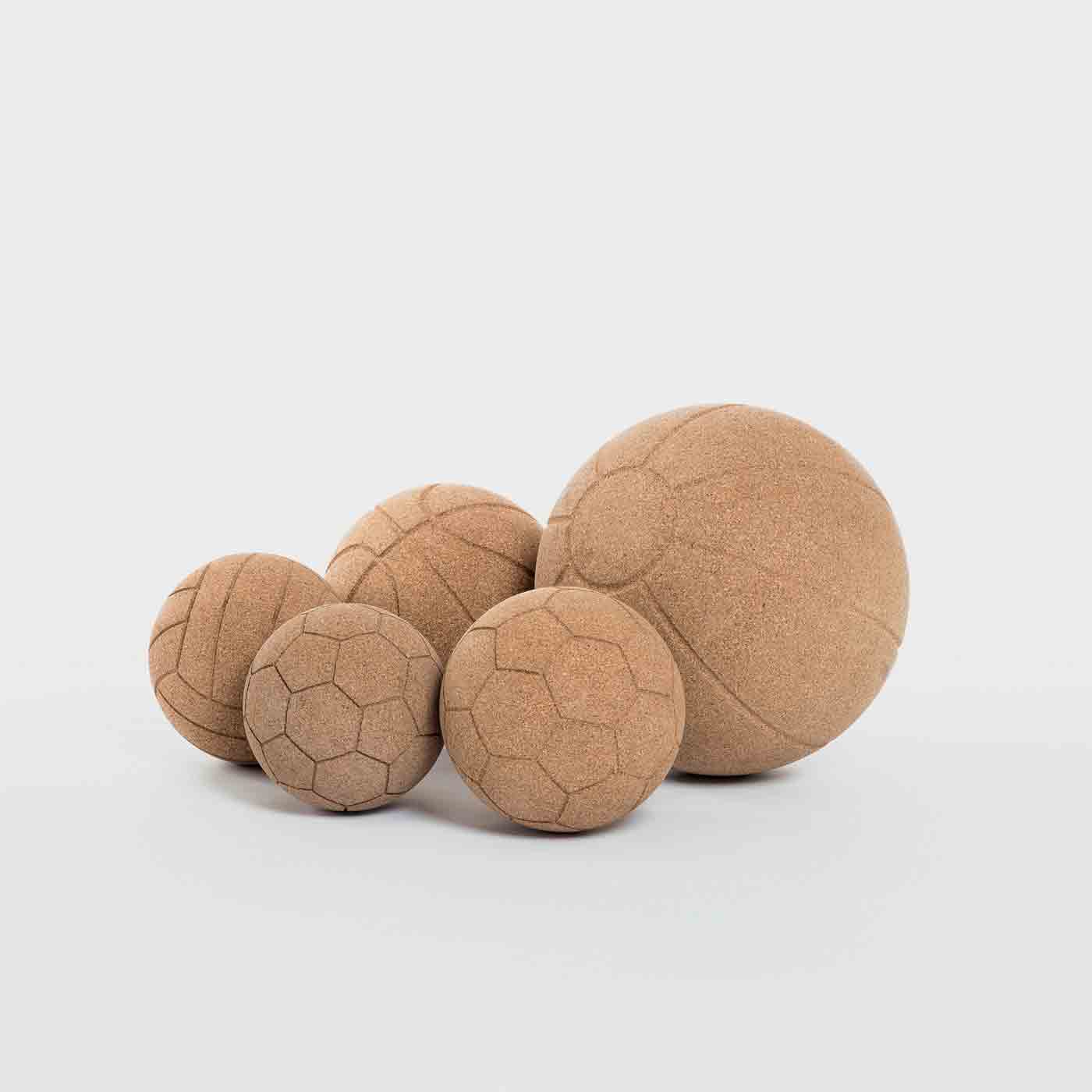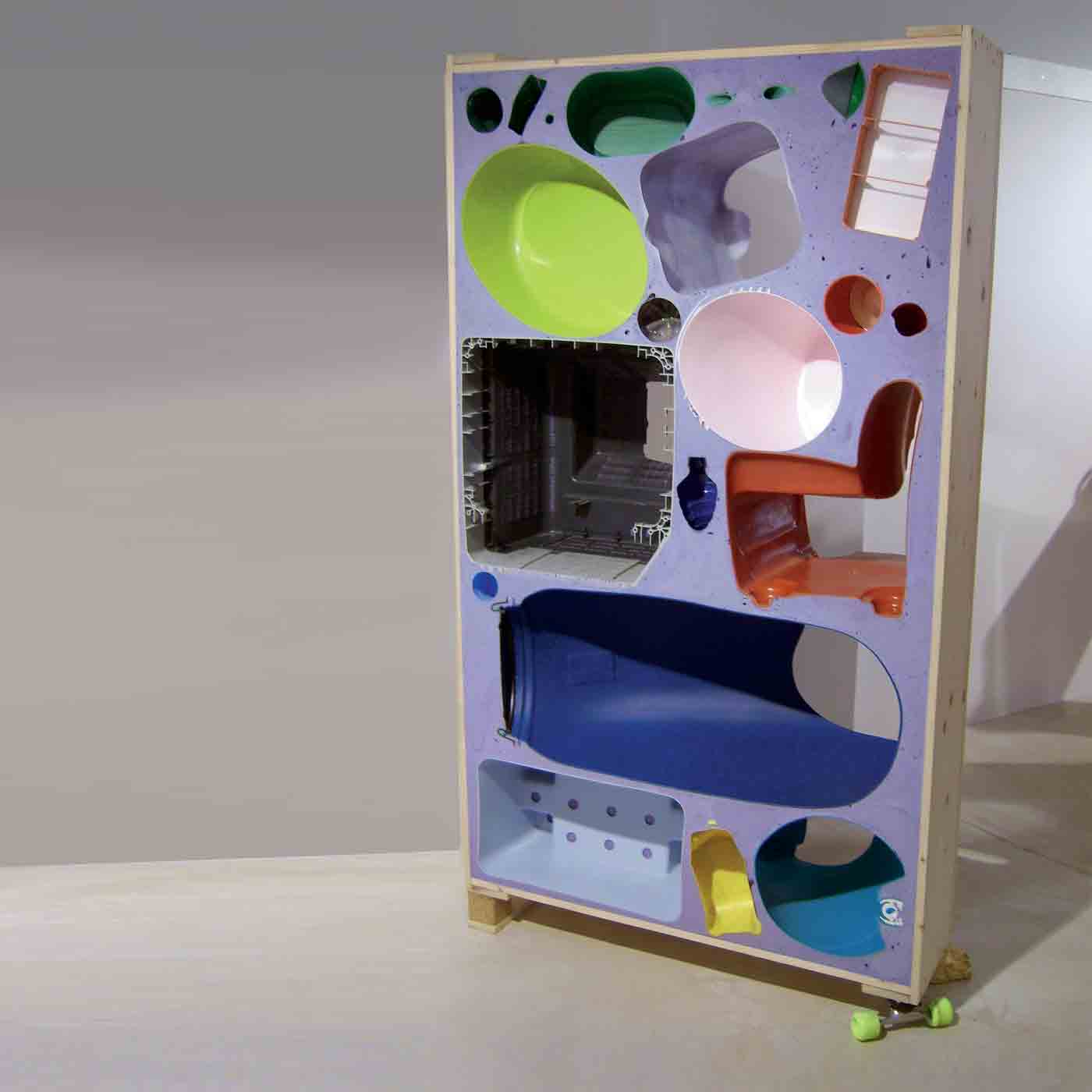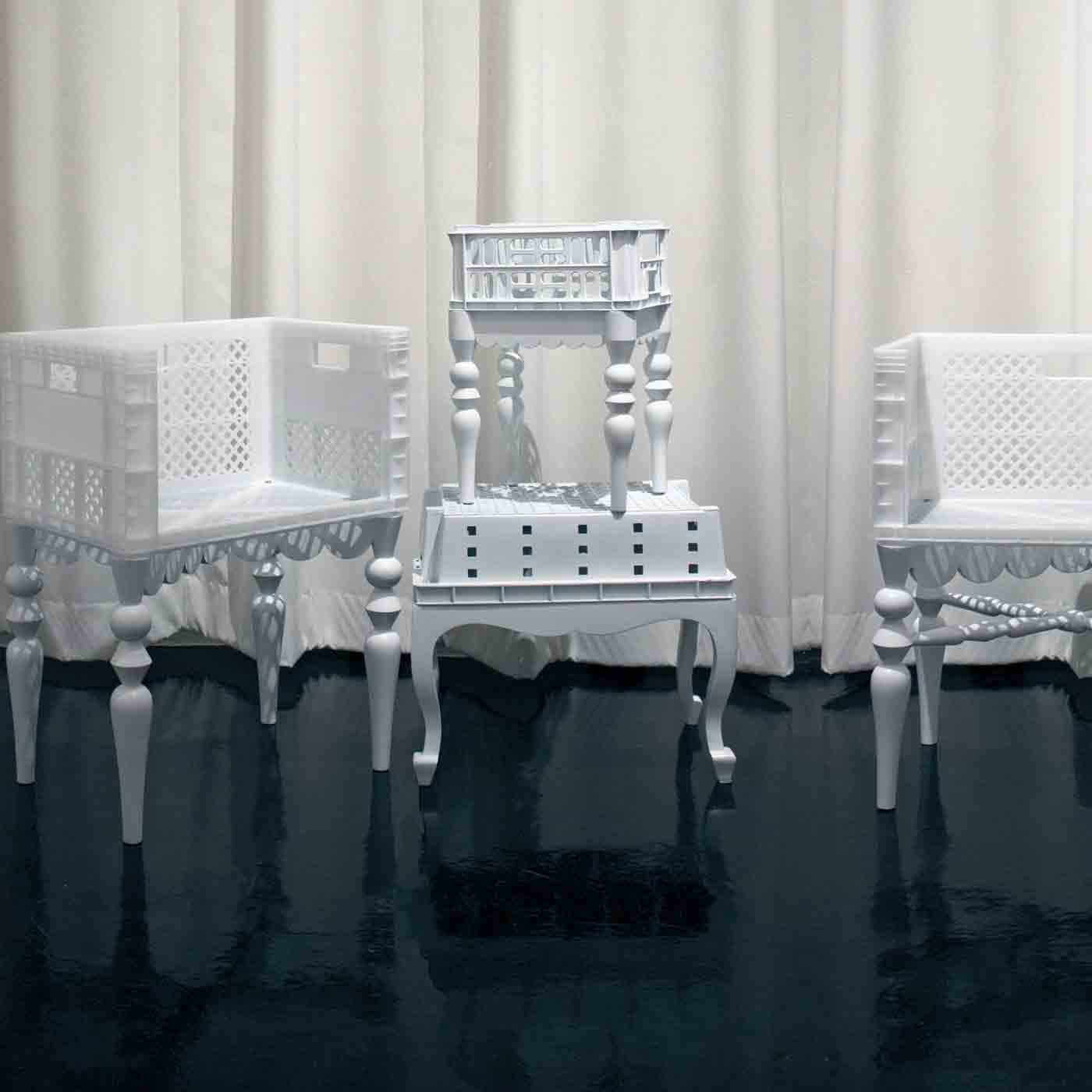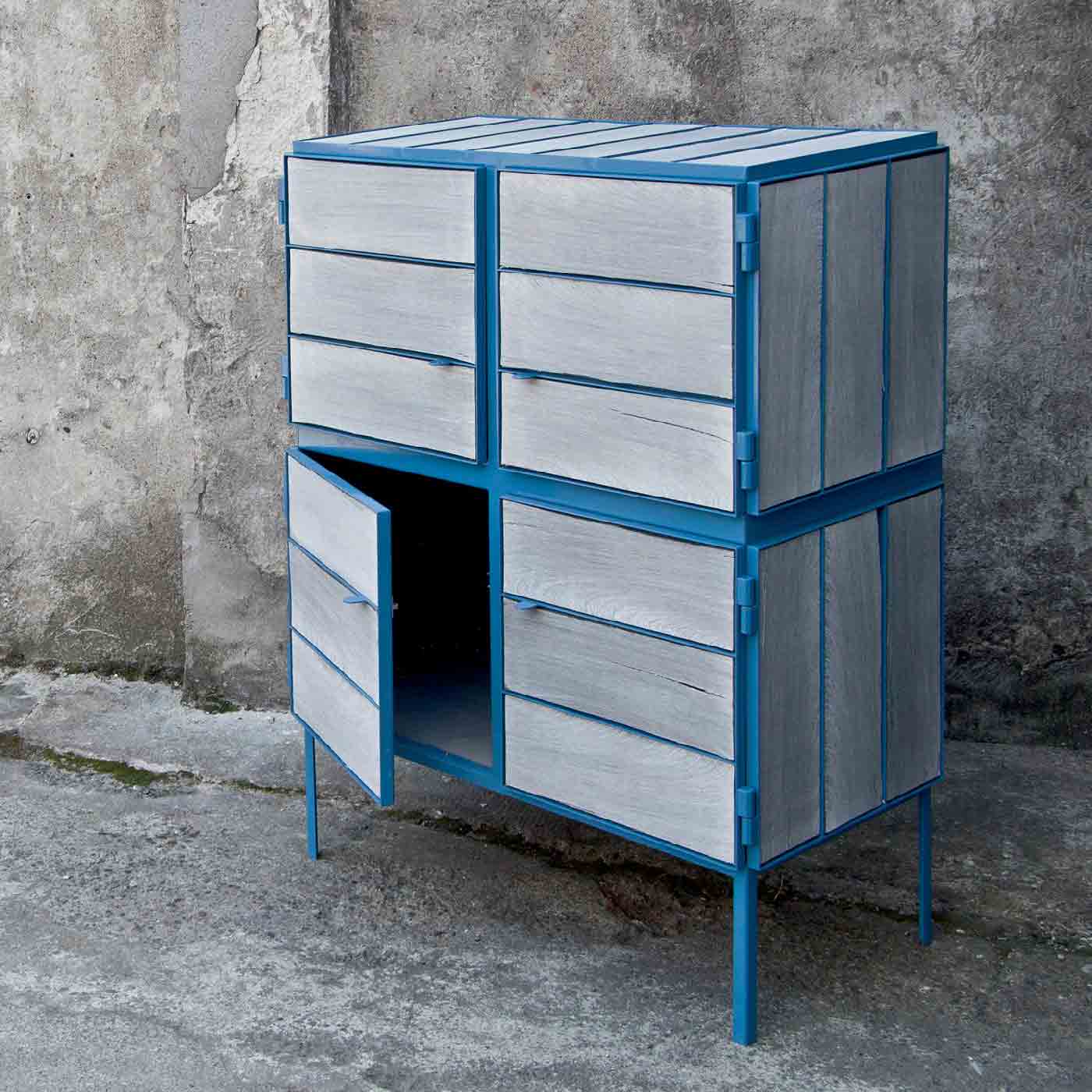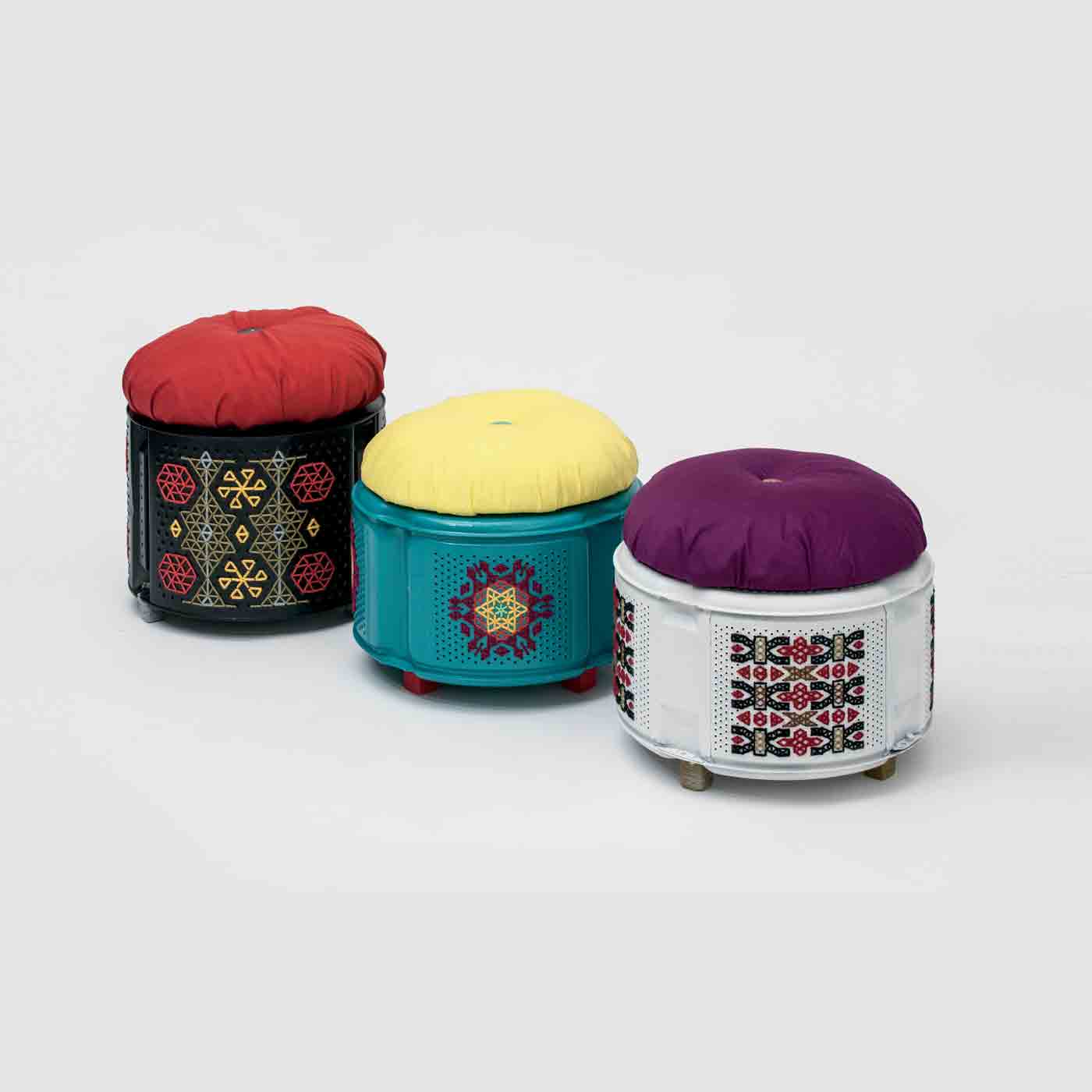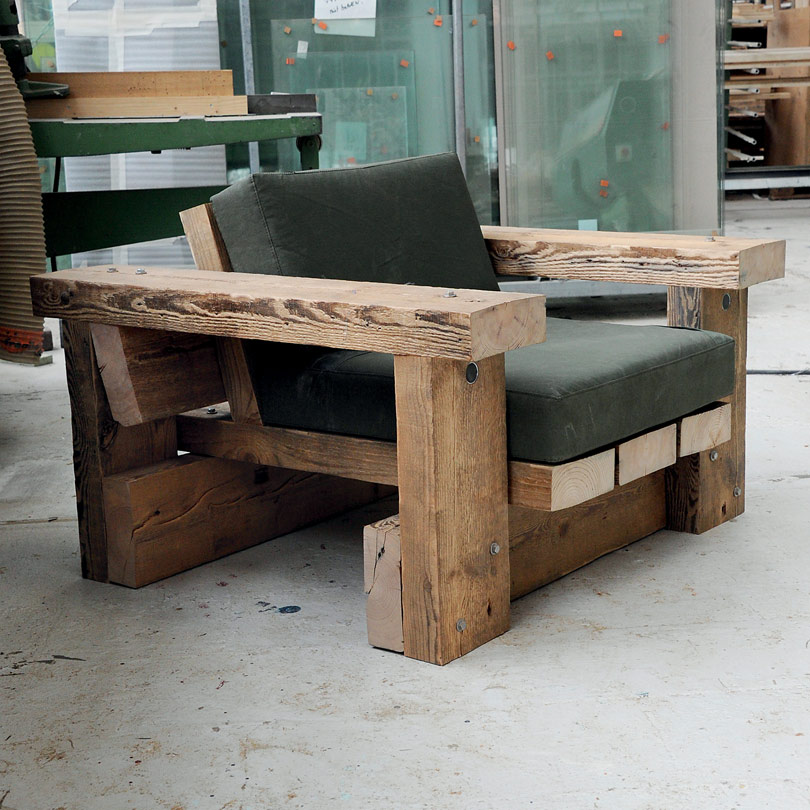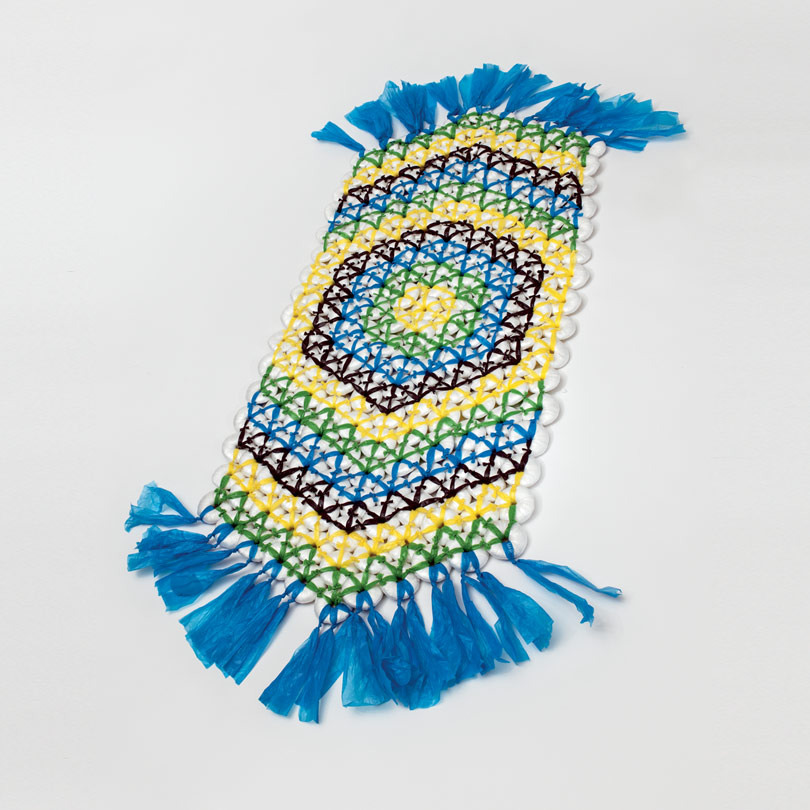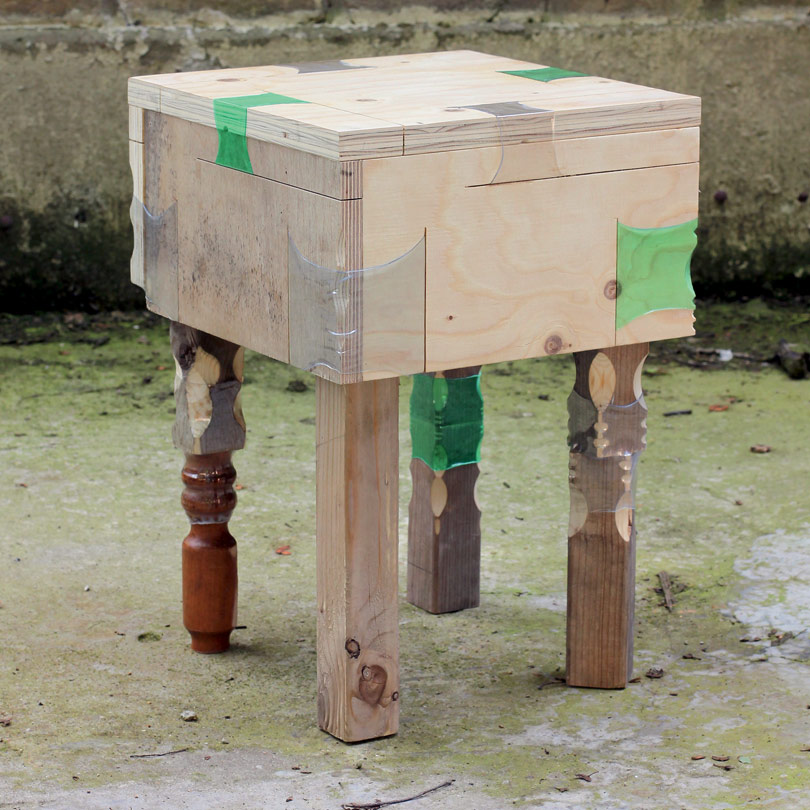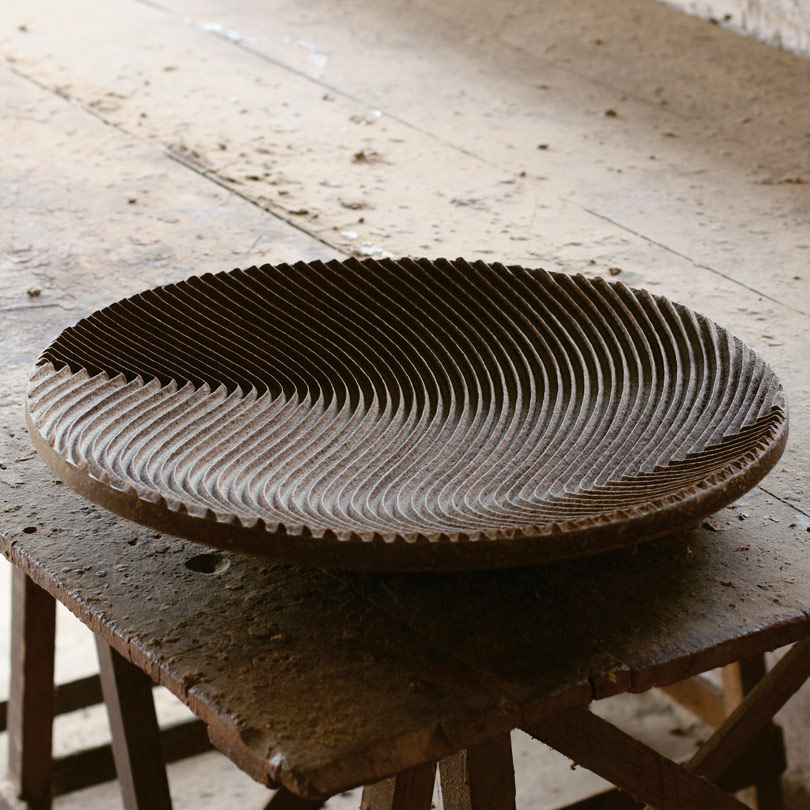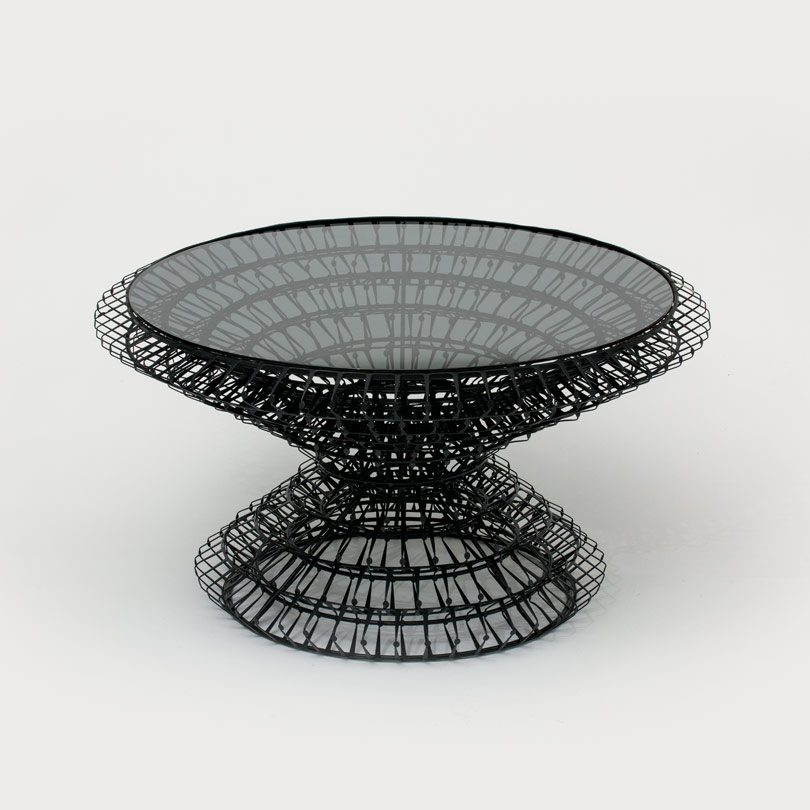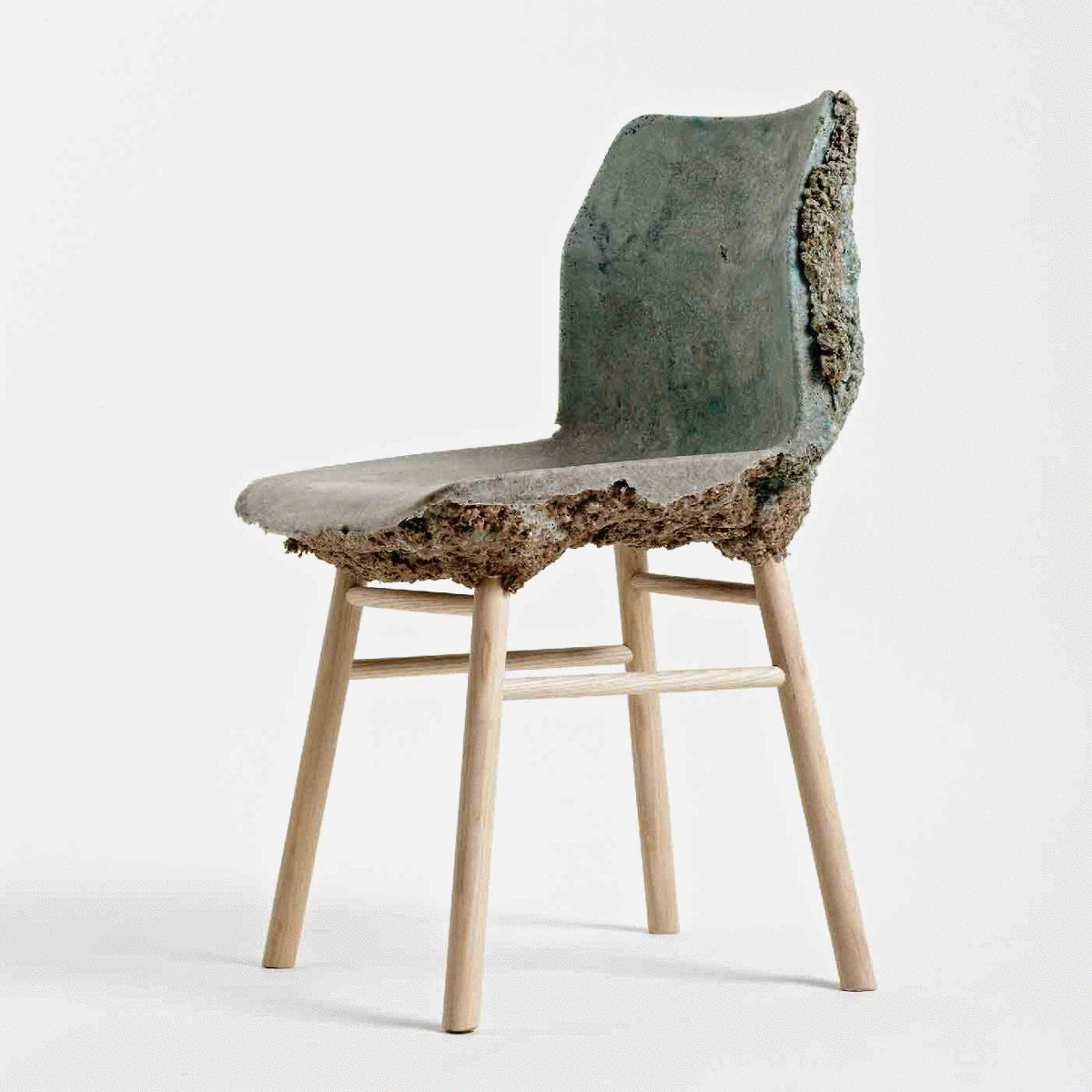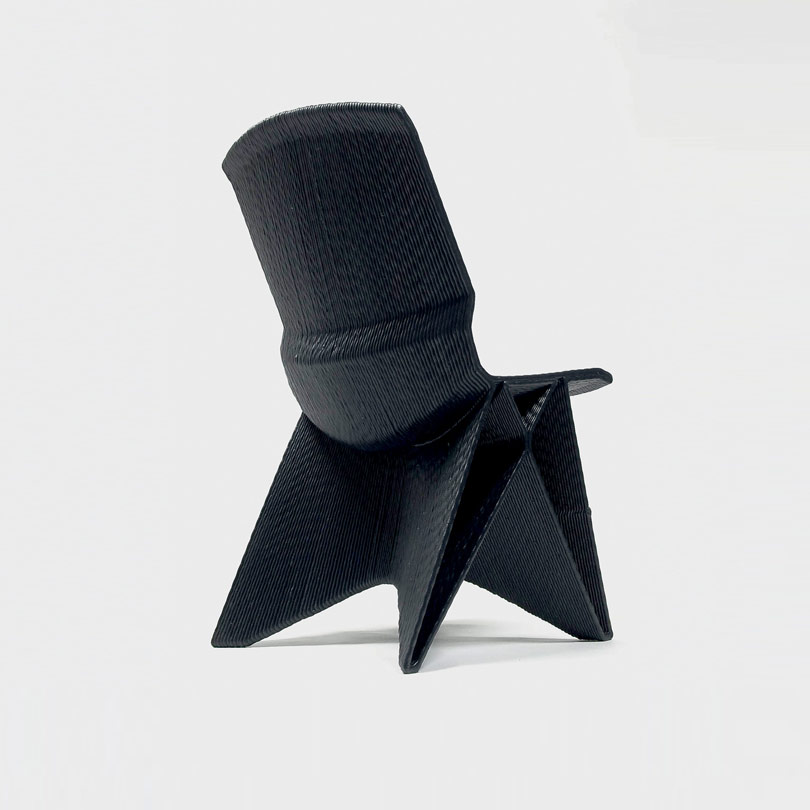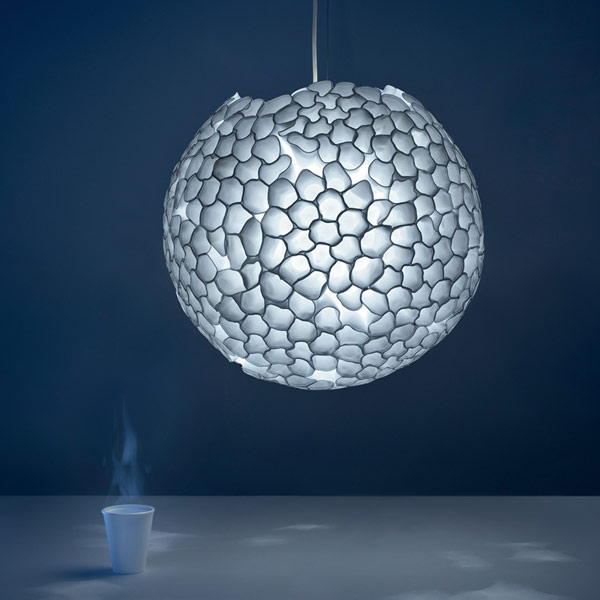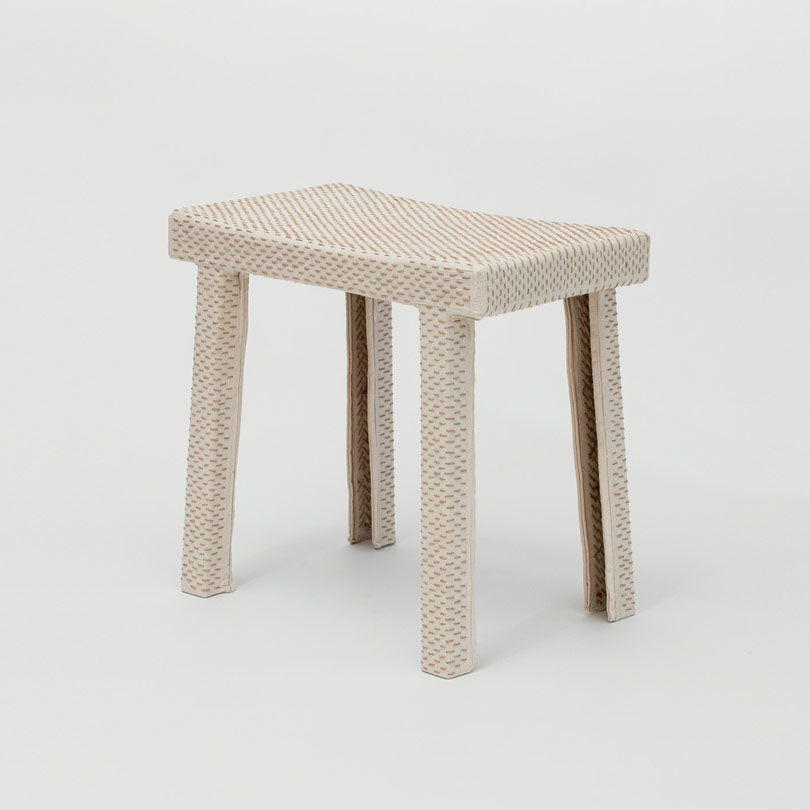CURATORS ESSAY
UPCYCLING THE FUTURE
by bahia shehab
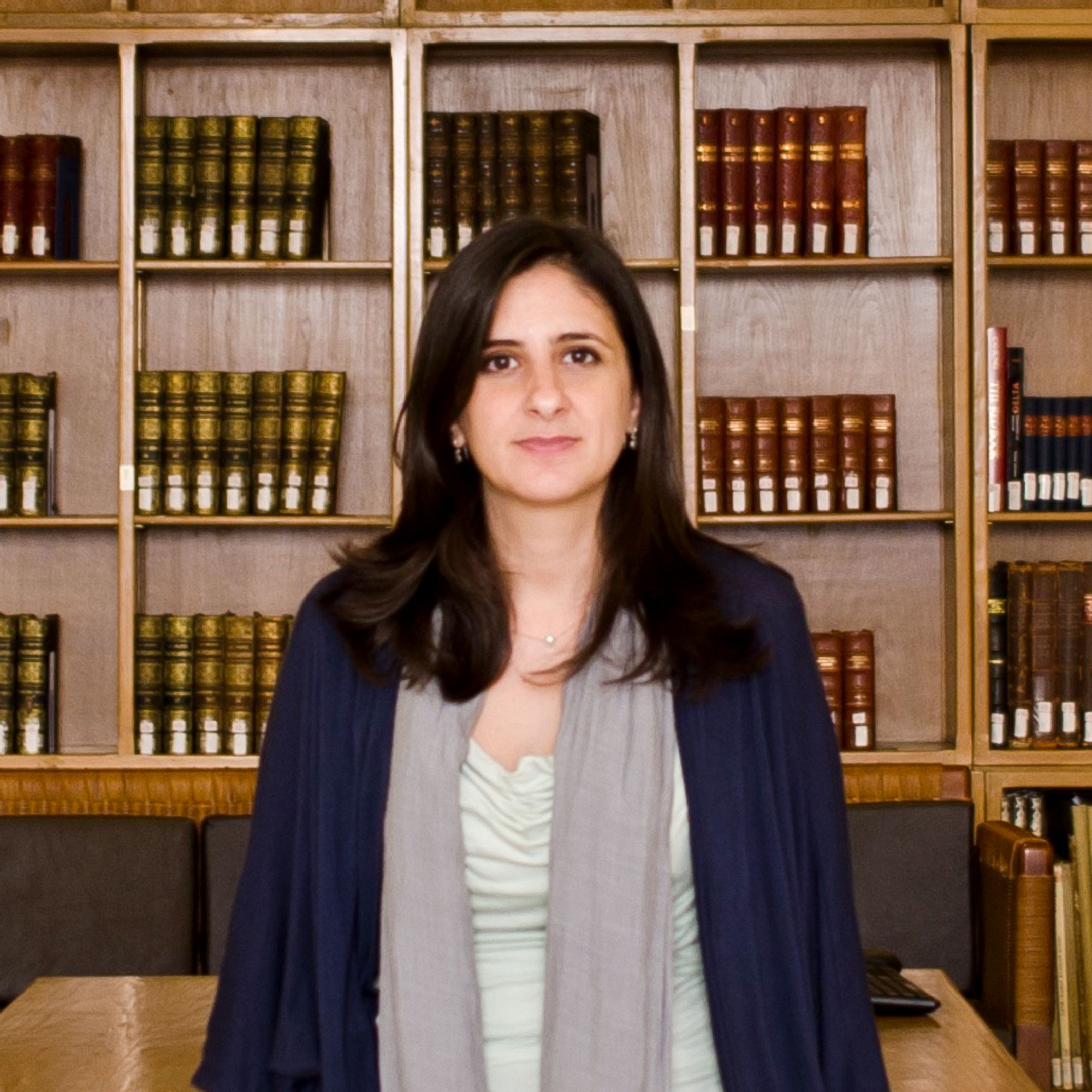

Bahia Shehab
Cairo, Egypt
Pure Gold Curator for
North Africa and the Near East
Bahia Shehab is an artist, designer and art historian. She is associate professor of design and founder of the graphic design program at The American University in Cairo where she has developed a full design curriculum mainly focused on the visual culture of the Arab world. She has taught over twelve courses on the topic. Her artwork has been on display in exhibitions, galleries and streets in Canada, China, Denmark, France, Germany, Greece, Italy, Japan, Lebanon, Morocco, Turkey, UAE and the USA. The documentary Nefertiti‘s Daughters featuring her street artwork during the Egyptian uprising was released in 2015. Her work has received a number of international recognitions and awards: TED fellowship (2012) and TED Senior fellowship (2016), BBC 100 Women List (2013, 2014), Shortlist for V&A’s Jameel Prize 4 (2016), The American University in Beirut distinguished alumna (2015) and a Prince Claus Award (2016). Her book A Thousand Times NO: The Visual History of Lam-Alif was published in 2010.
UPCYCLING THE FUTURE by BAHIA SHEHAB
Our awareness of the importance of recycling in its different forms varies between regions, countries and even households in the same city. However, what is undeniable is that recycling should become more and more part of every society’s strategy to ensure a sustainable life for all living things on this planet.
Millions of people around the globe have been taught through media and advertising how to be consumers and how to simply replace their old items with newer ones without the awareness of the life of that product that they have consumed or the consequences that placing it in the garbage might have on the environment. At the same time, manufacturers encourage a consumer mentality by advertising their new products on a yearly basis with big budgets spent on advertising campaigns to increase their sales.
The Arab region is not alien to this consumer mentality; the atrocious and visually overcrowded billboards that cover the cityscape of Cairo illustrate how aggressive consumerism is in our society. Unfortunately, due to a lack of national awareness and regulations, the city is not only visually polluted but also physically so. Many countries in the Arab region are suffering from a garbage management crisis; take Lebanon in the past two years as an example. With bad governance, for two years Lebanon has been suffering from mountains of undisposed garbage causing many health and environmental threats. While the online media celebrate Sweden with its roughly nine million inhabitants for efficiently managing its waste, a country like Egypt with its over ninety million people struggles to keep its roads garbage free.
However, garbage management is only one of the problems facing the region. Due to constant political turmoil that comes in various guises, no serious innovation in mechanical and electronic production can take place in the Arab world. The only documented example of car manufacturing was with the Nasr car in Egypt in 1960 that gradually turned into an assembly line for Fiat. Most factories in the region now work as assembly lines for global brands. It becomes difficult for designers to innovate in a market that does not encourage local innova-tion in industrial production. Add to that the lack of infrastructure and governmental support to help designers jumpstart their ideas. This is not only a difficult market to thrive in, there are also very few product design schools in the Arab world.
In Egypt, two universities have been training product design students, Helwan University and The German University in Cairo (GUC). Two of the designers featured in the Pure Gold exhibition are graduates of the product design programme at GUC. Rania Rafie and Yara Yassin founded Up-fuse, an upcycled plastic bag manufacturing initiative in Berlin in 2013. Up-fuse is based in Cairo, and is only a few years old, but the start-up is gaining international attention. Other young designers featured in the exhibition are Khmissa from Morocco. Khmissa is the collaboration of two designers, one from Paris and the other from Marrakech. Bettina Gousset and Said Lamghari’s work focuses on cultural exchange between European and Arab aesthetics; they emphasize Oriental minimalism in all of their designs. From Lebanon there is a third young team of collaborators, Junk Munkez, the brainchild of Lea Kirdikian and Xavier Baghdadi. The duo is trying to “spread DIY and RRR principles in our rather upside world – where consumerism and surplus reign supreme.”
The work featured is not the only work produced in the region. Many small start-ups have been born in the past five years. Reform in Egypt aims to create responsible and thoughtful products by turning trash into furniture. The company Waste in Beirut handcrafts bags, accessories and furniture from reused advertising banners, while NK Nour Kays works with recycling plastic bags and turns them into small handbags. Junkyard is a bar in Beirut based on the concept of upcycling. All of the furniture in the space stems from original re-conceptualizations of junk items developed by local designer Rami el Khazen.
From the above, it is evident that the concept of upcycling is relatively new in the region and is mainly driven by young designers who are collaborating to produce work. They have been exposed to ideas generated globally due to increasing access to the internet. NGOs, festivals and online groups are also mushrooming in the region and promoting ideas of green and sustainable living. A simple online search for the word “upcycling” paired with the name of any Arab country would generate beautiful examples of work created by young designers hoping to promote their work in the region. Recycle Lebanon, Upcycle Egypt and many other groups are forming online to educate their communities on the importance of recycling. People are coming to realize that since governments are not able to implement the mechanisms needed for change they have to take matters into their own hands.
The Arab region has witnessed many growing design movements in the past two decades, not limited to upcycling and product design. In some cases, these developments started at the individual level where designers who have studied abroad would come back home with new ideas and try to create their interpretations often linked to and inspired by their local traditions. This development is evident in industries like fashion and product and graphic design. Many design initiatives in different industries and design schools started in this manner.
The countries that are most fertile for the development of such talent are the countries in the Arab world that are open to new ideas through trade and cultural exchange and also through a large immigrant community that keeps strong ties with its home countries. However, few are the designers from the Arab region who make it to the global arena while only based in Arab countries. Talent, unfortunately, cannot strive in the region alone due to the current infrastructure. Many countries lack a stable supply of electricity, water or the inter-net, even those which have not suffered invasions and civil wars. It is hard for businesses to succeed in such an environment. Still, some designers are breaking the norm and succeeding in building interna-tional product design brands with a deep understanding of Arab and Islamic Arabesque aesthetics while also utilizing materials very much inherent in the traditional crafts of the region. The beautiful thing about upcycling is that it uses garbage that exists everywhere.
Strikingly, innovation in the Arab world is not limited to university graduates exposed to global ideas about upcycling. The best example is the Association for the Protection of the Environment (A.P.E.), an NGO founded in 1984 working with the informal sanitation collectors of Cairo known as the Zabbaleen (literally meaning garbage collect- ors in Arabic). The Zabbaleen are the descendants of subsistence farmers who started emigrating from Upper Egypt in the 1940s and are the main inhabitants of Mokattam on the outskirts of Cairo, where A.P.E.’s headquarters is. For over twenty-five years they have been developing environmentally sound waste management and recycling techniques, which help to build the human capacity of the Zabba-leen communities, to ”recycle and re-use“. The NGO’s headquarter can only be reached by a drive through narrow streets crammed with people and carts pulled by donkeys and pickup trucks that can congest the road for hours. The Association for the Protection of the Environment is in a small building composed of two floors. On the ground floor there are paper-making and jewelry workshops and a small outlet to sell the upcycled products produced by women from the community. On the first floor there is a textile workshop, where young women working on big weaving wooden looms are taught how to weave textiles out of left-over industrial fabrics.
The effort put into developing the skills of the women in Mokattam is credited to a board of trustees which oversees day-to-day operations and to the many volunteers who have supported A.P.E. over the years. However, the real credit for the development of the NGO goes to Laila Iskandar Kamel, who has documented the whole process in her book Mokattam Garbage Village. The project is commendable for trying to create beauty out of garbage, but what is more commendable is that it has changed the lives of many people.
The quality of the work produced and the number of individuals whose lives have changed due to the initiative is a testament to the fact that environmental, social and economic development can go hand in hand. Through the many programs of A.P.E., women especially have become empowered to build better lives for themselves. The income generating programs have helped generations of women improve their living conditions. Cairo is a megalopolis of twenty million inhabitants. Despite its enormous size, the informal sector of Zabbaleen sanitation workers can handle the majority of the city’s waste. The Zabbaleen do not simply collect and dispose of garbage – they recycle nearly 85 per cent of it, a rate that is very high even compared to cities in developed nations. A.P.E is an award-winning initiative recognized globally. Their aim is to keep working with the Zabbaleen of Cairo towards a zero-waste city.
In societies where sometimes over half the population is below the poverty line, it would benefit everybody to educate individuals about a more sustainable way of living, since people literally cannot afford even to be consumers. A.P.E. is a good example from the region
on how recycling and upcycling have created a livelihood for many people inhibiting Cairo’s garbage city. This is a model that should be studied and taught.
The work produced by designers from Morocco to Lebanon shows that gradually awareness is developing in the Arab region about the importance of recycling. In Pure Gold we feature examples from different parts of the Arab world by designers and NGOs targeting various social classes. What unites them is the vision of a better and more sustainable future. Despite the fact that some of the experiments are happening on a small scale they still shimmer like a streak of gold in a dark mine. We hope that their work will reflect the general trends in upcycling that are emerging in the Arab region. By turning garbage into gold, these designers are creating awareness and paving the way for more work to be done on sustainable living; they are upcycling their future and hopefully planting the seeds of these ideas for the whole region.
EXHIBITS FROM NORTH AFRICA AND THE NEAR EAST
WORLD TOUR STATIONS
WORLD TOUR STATIONS
